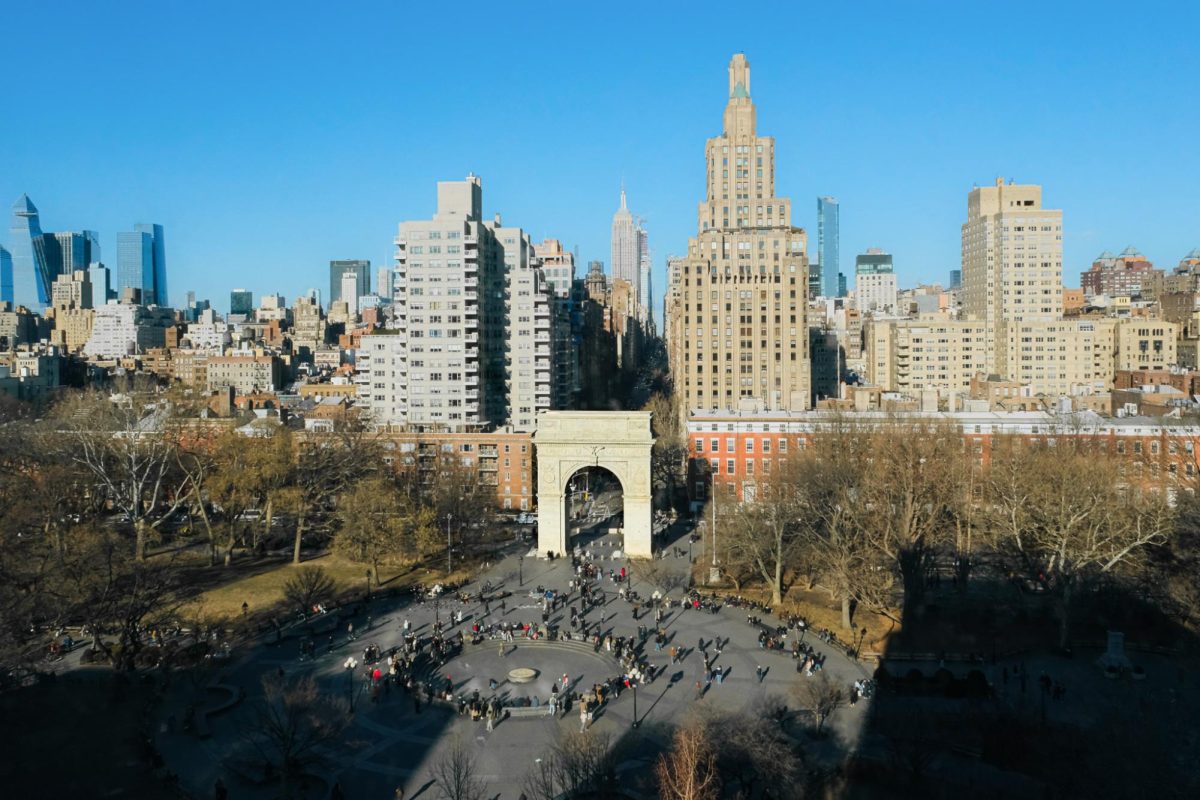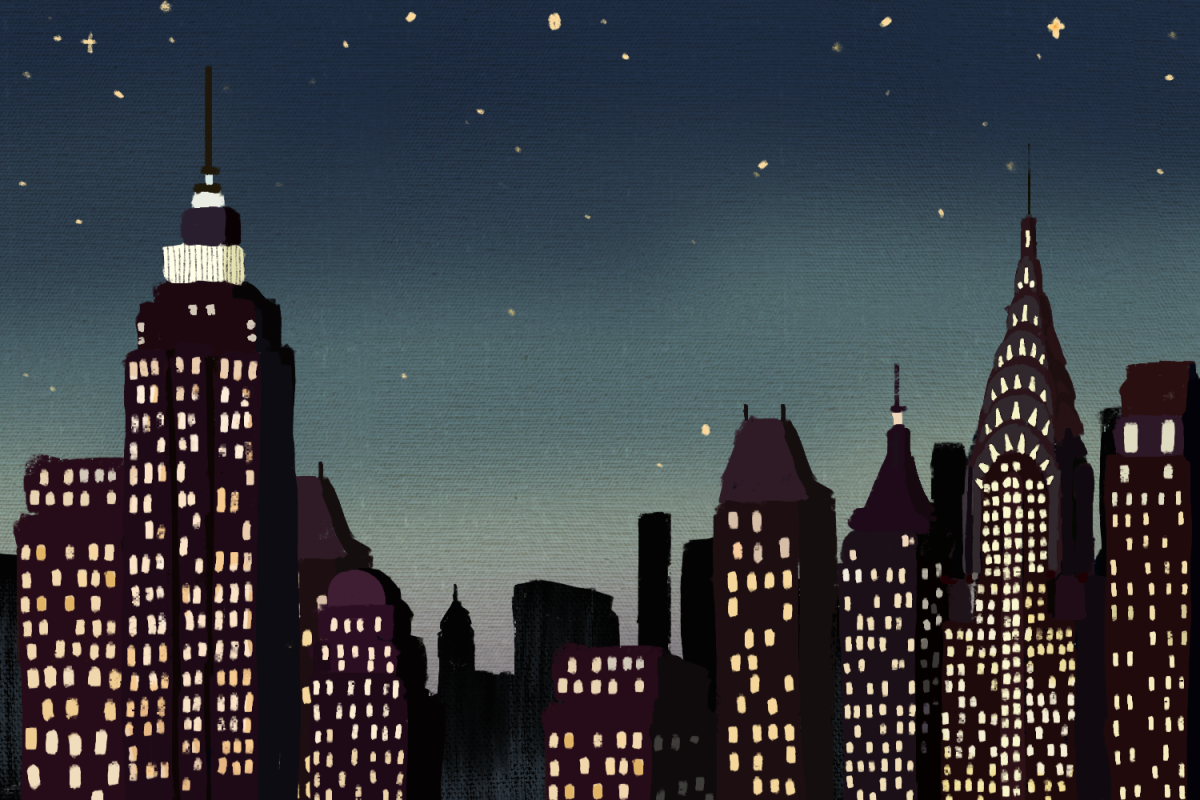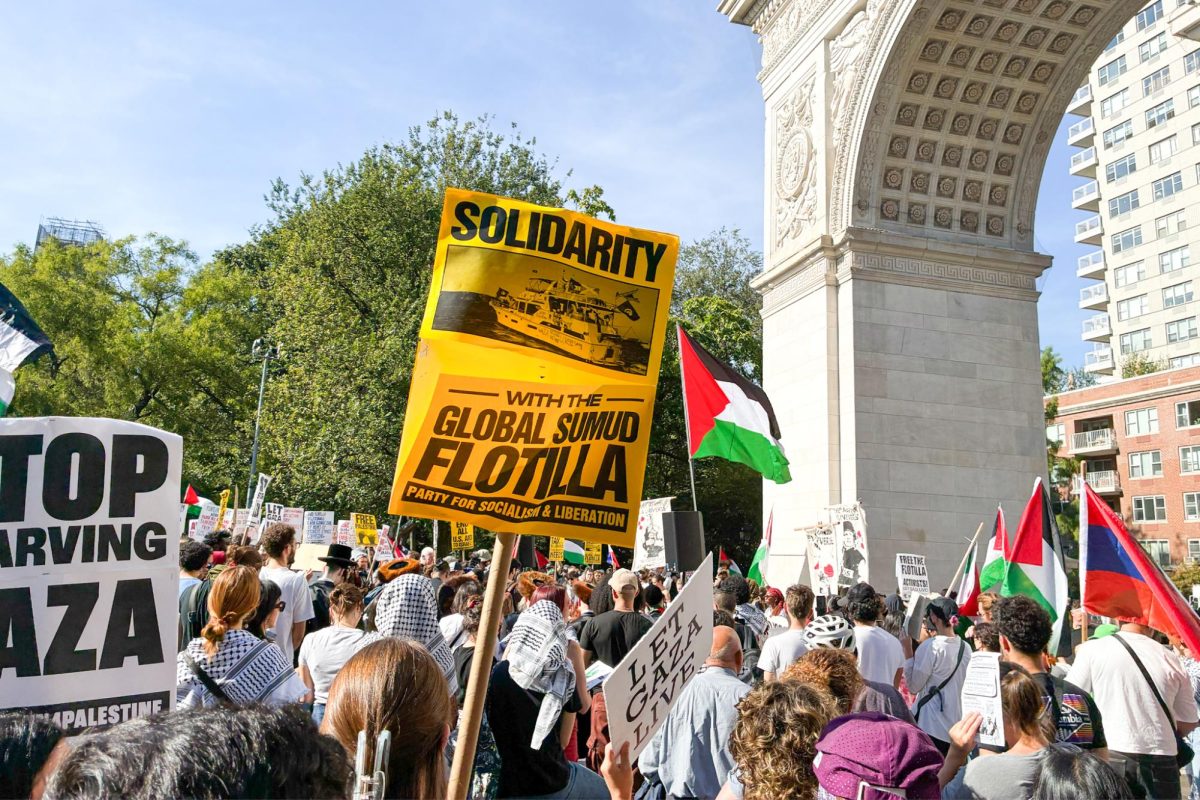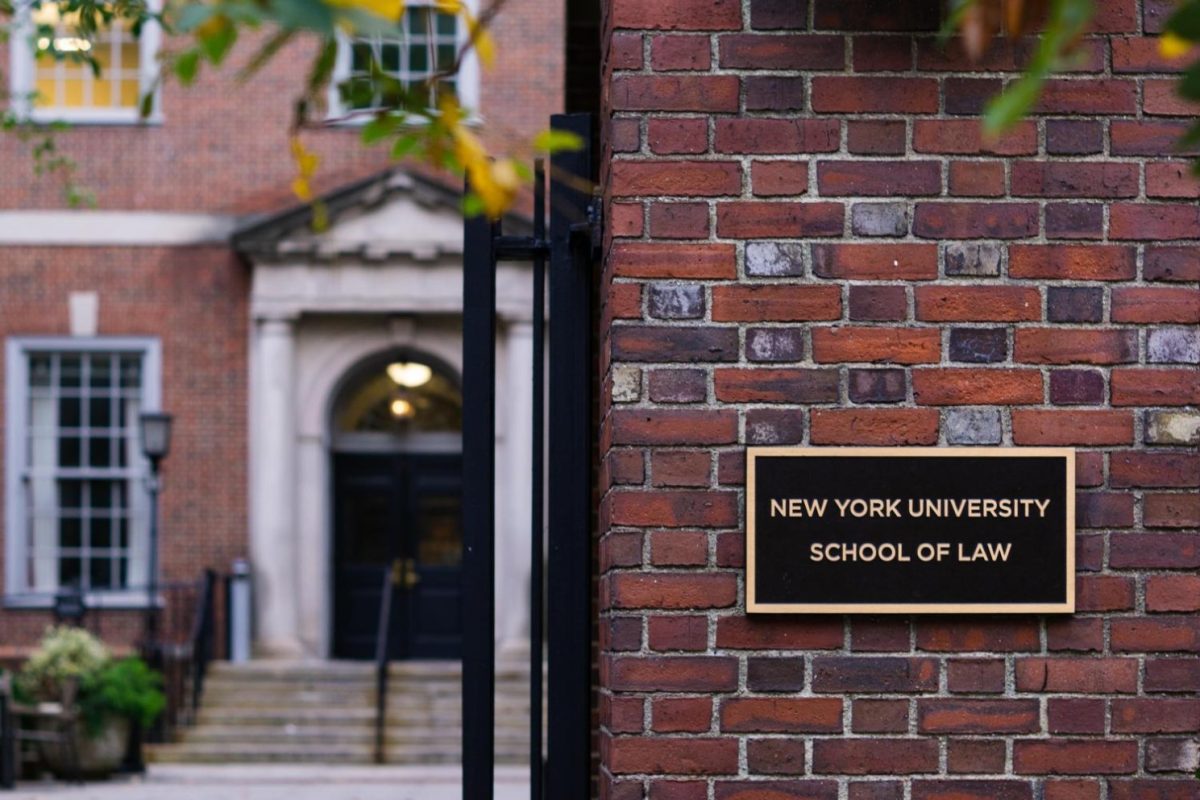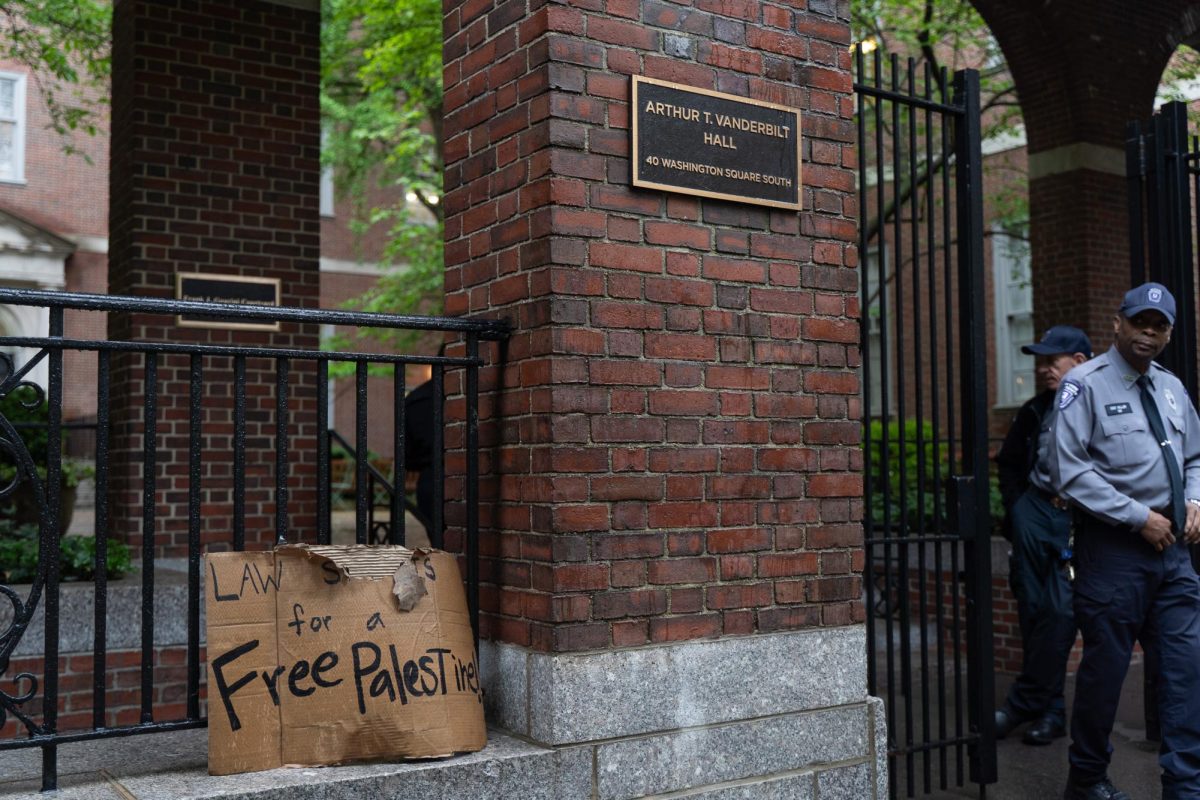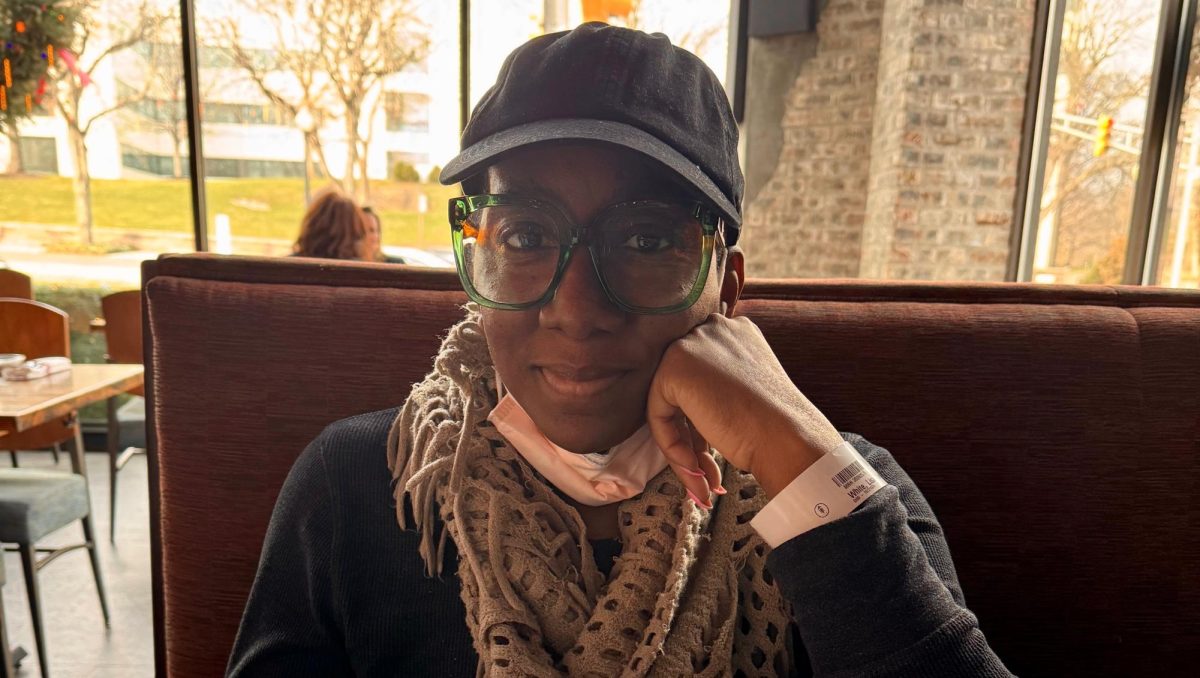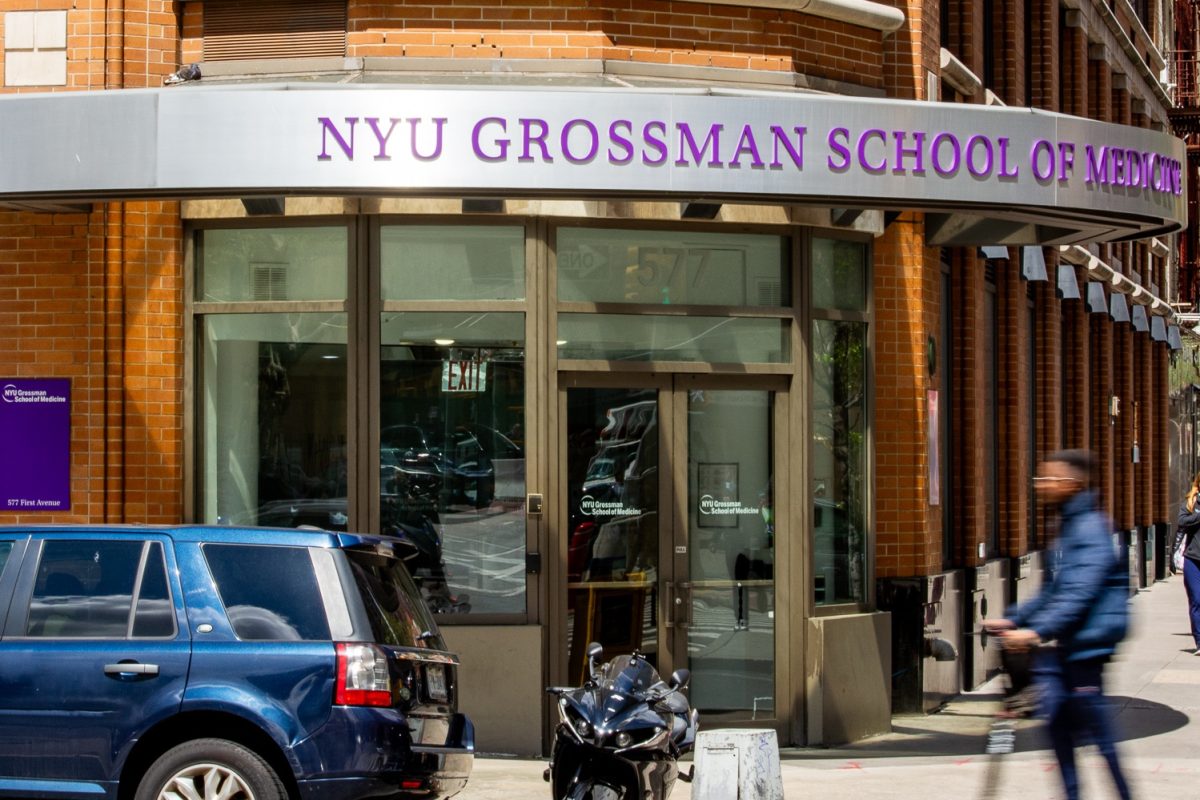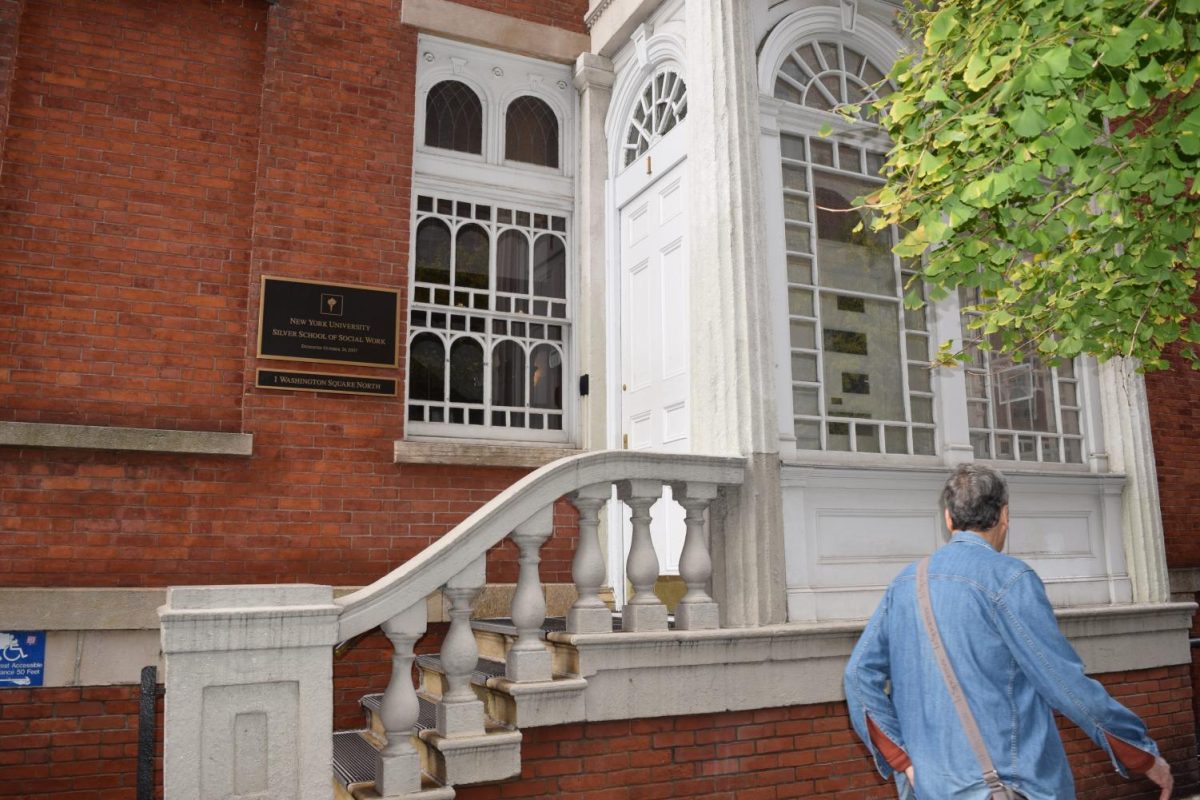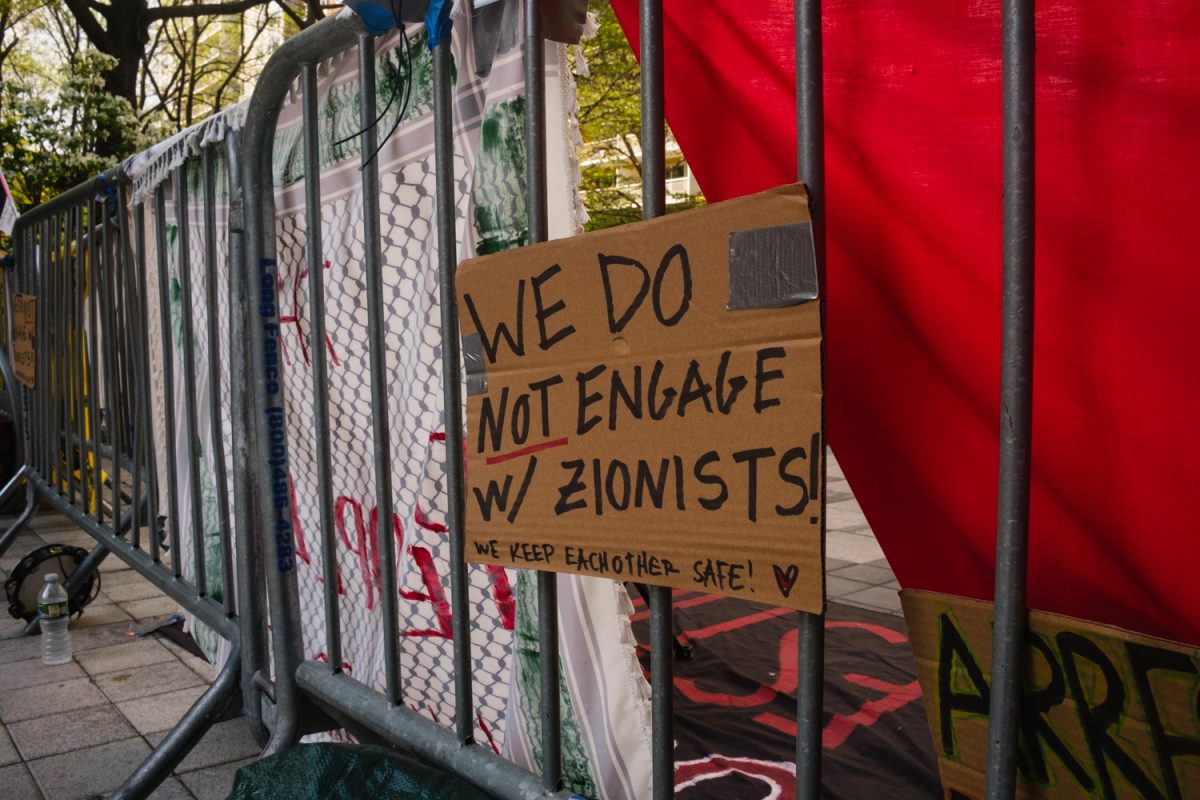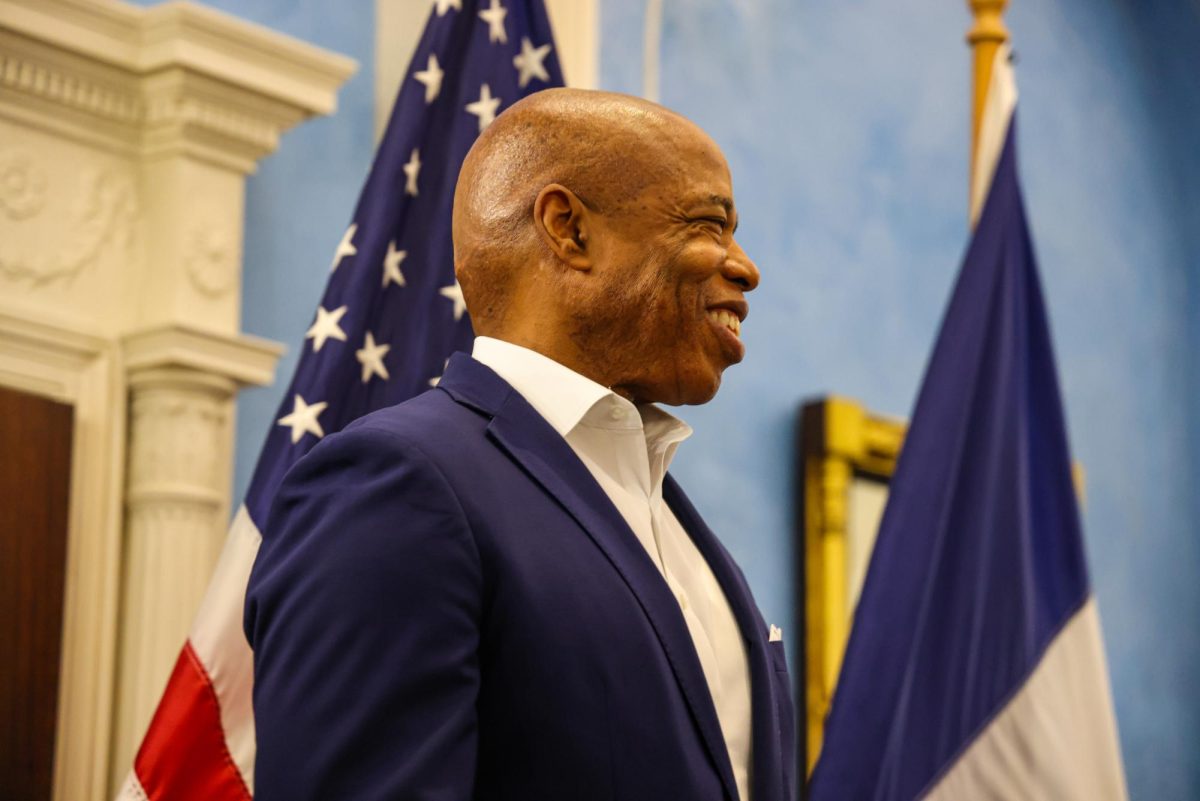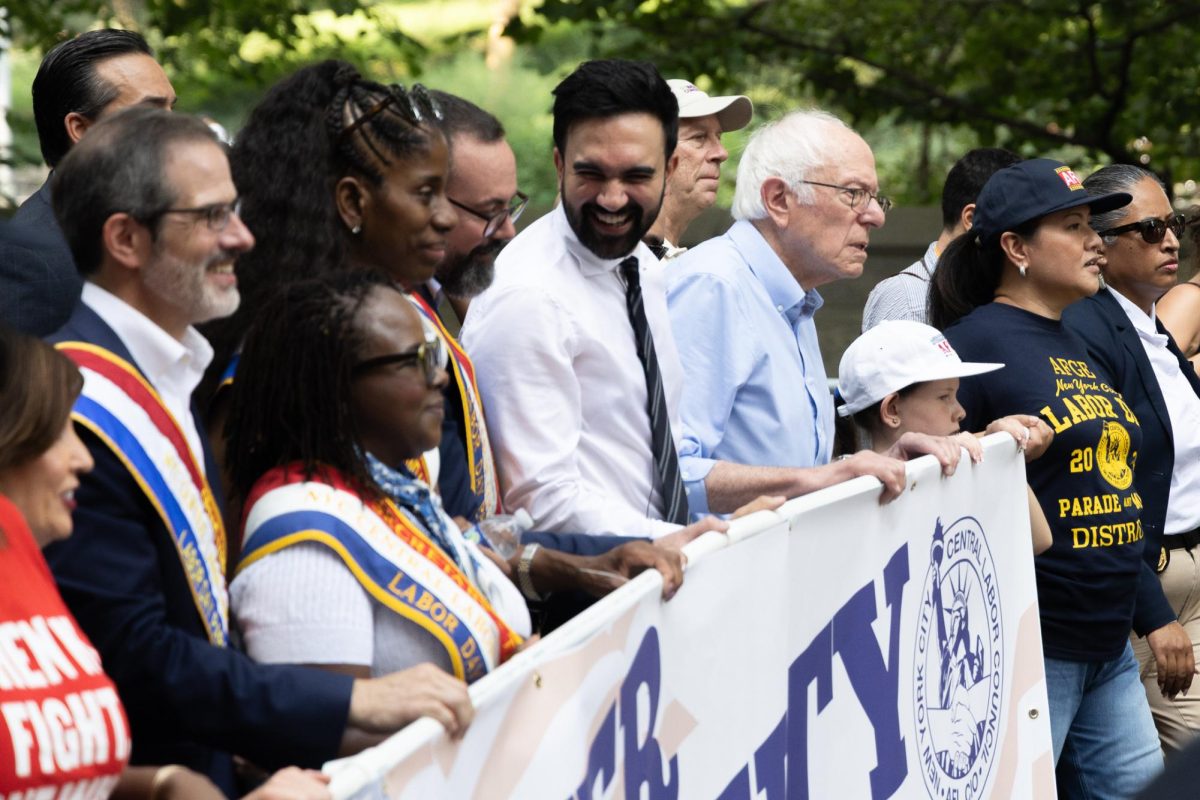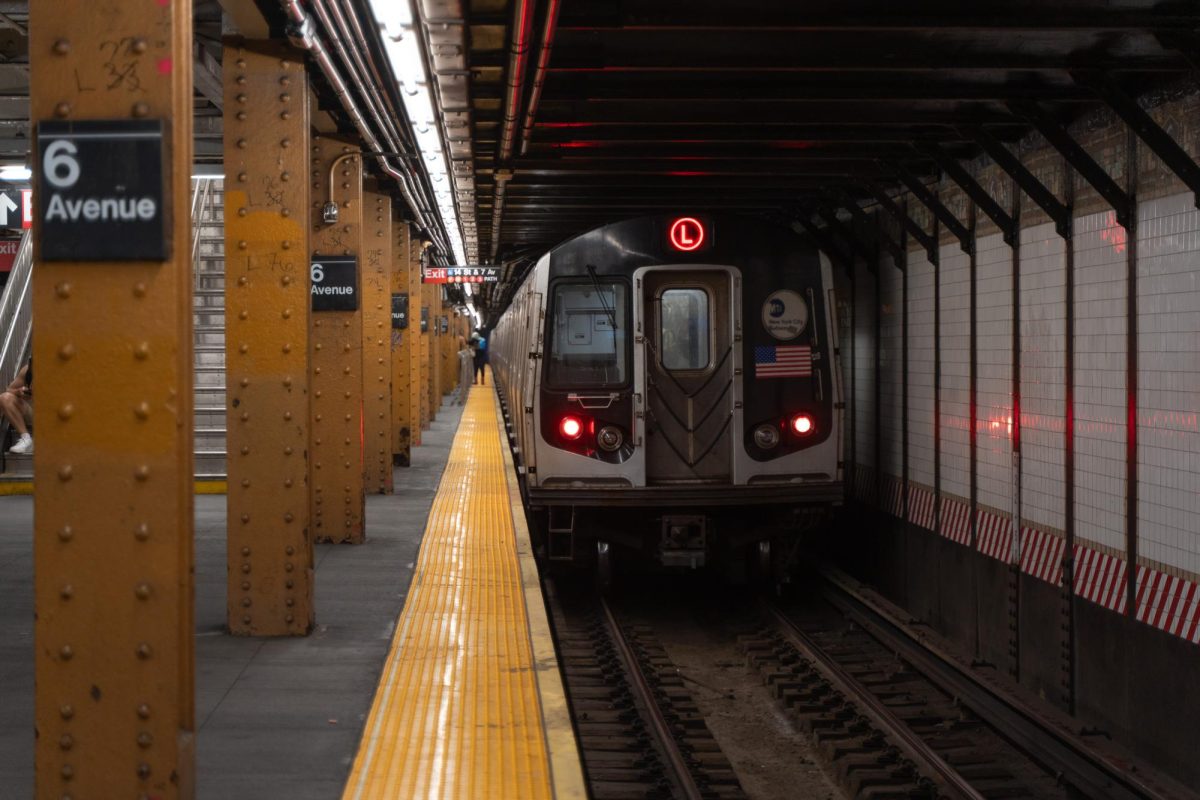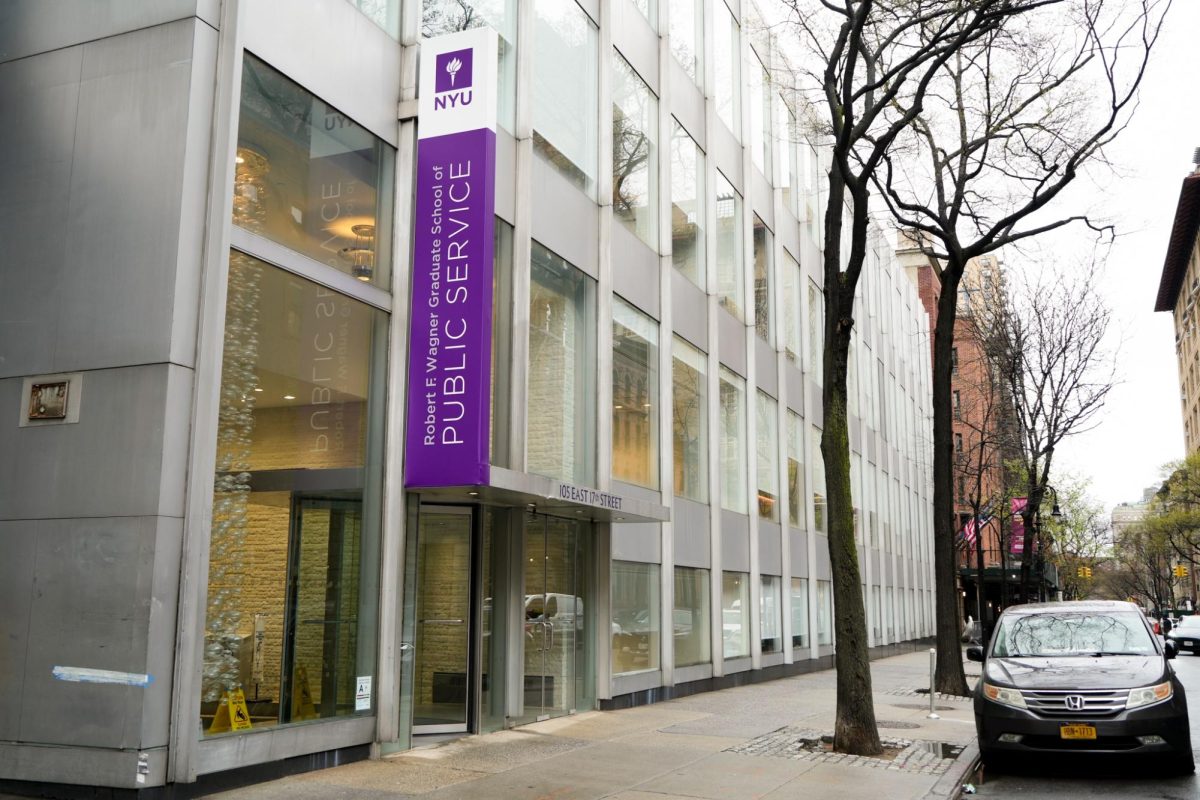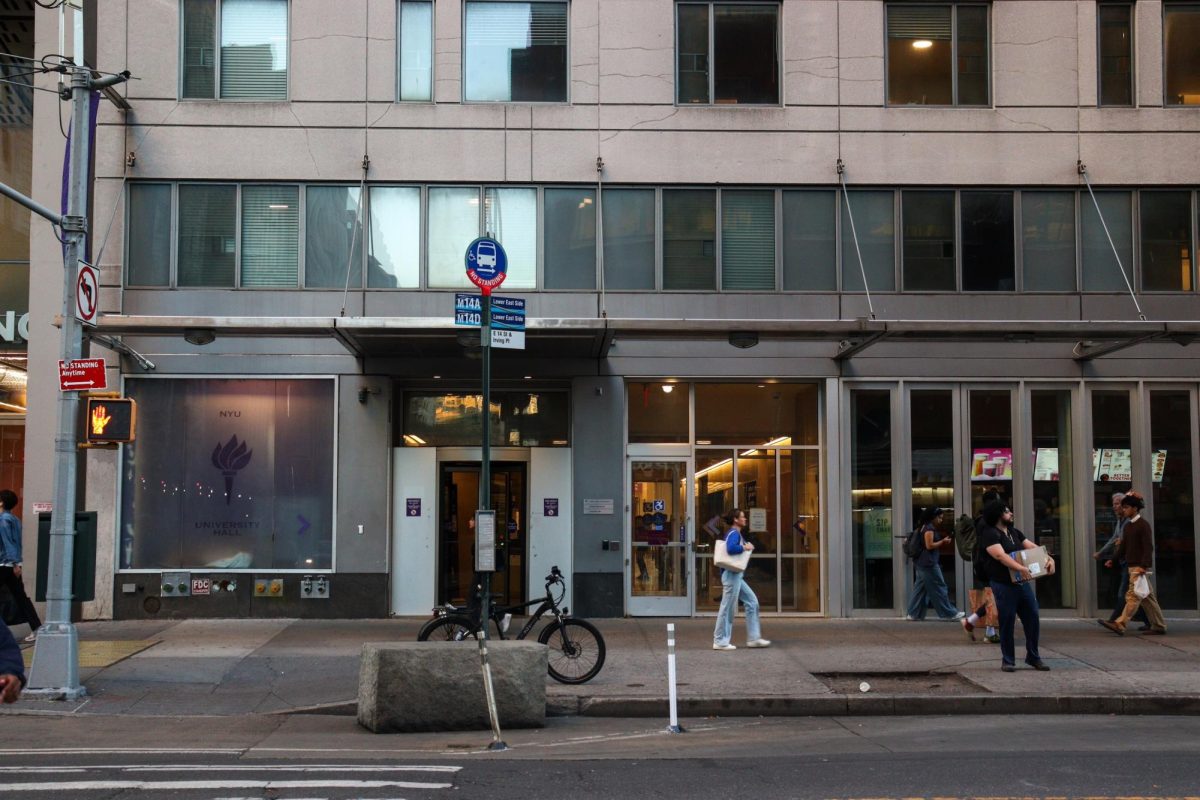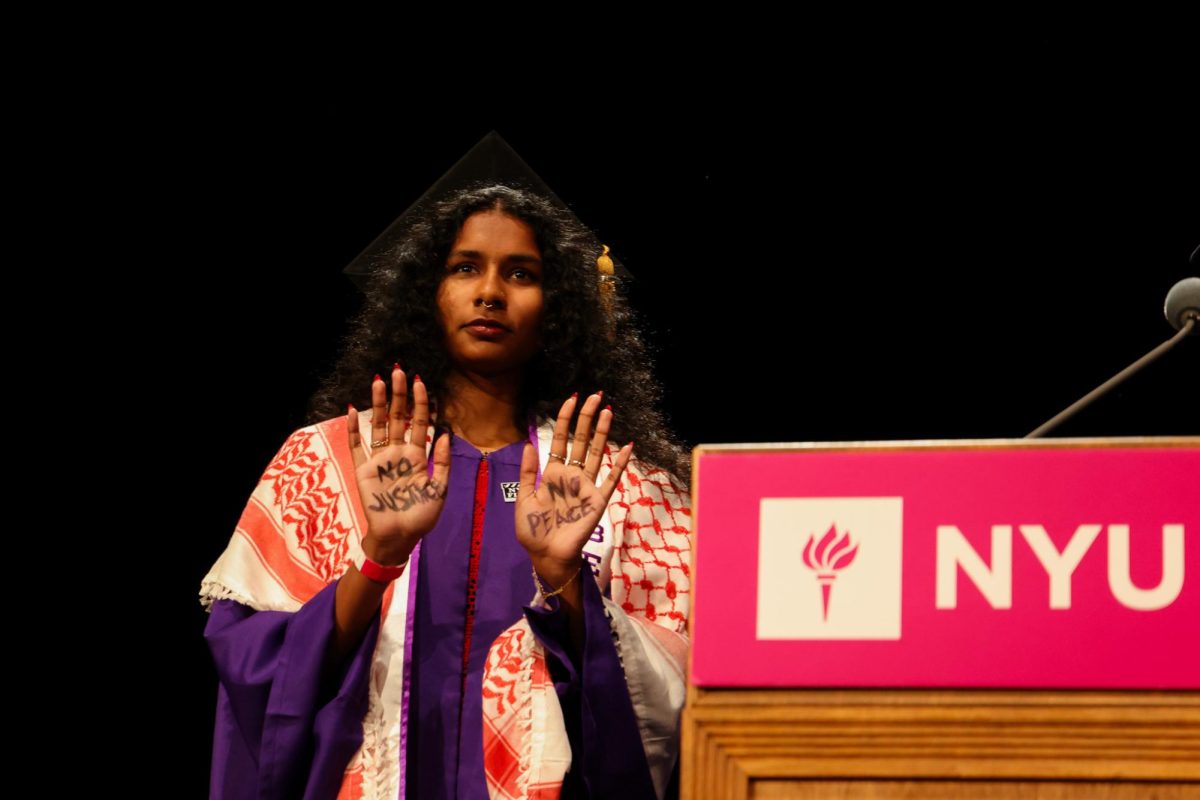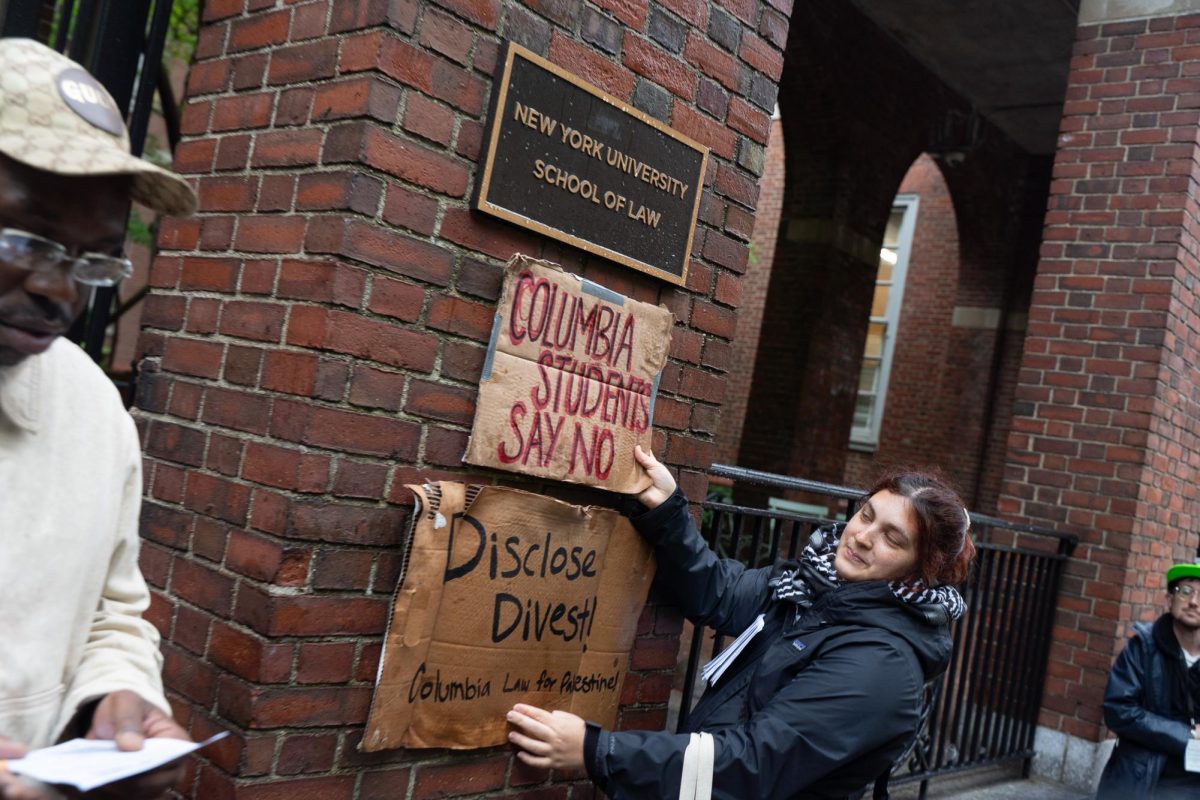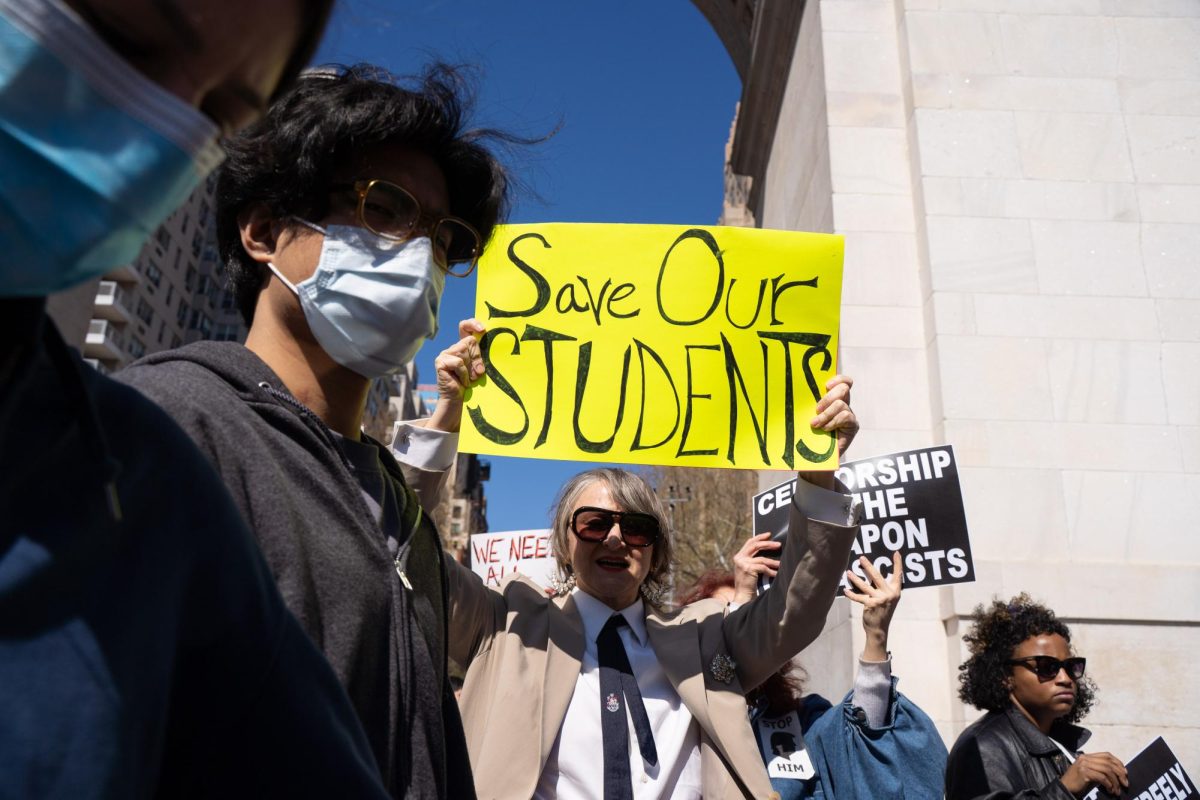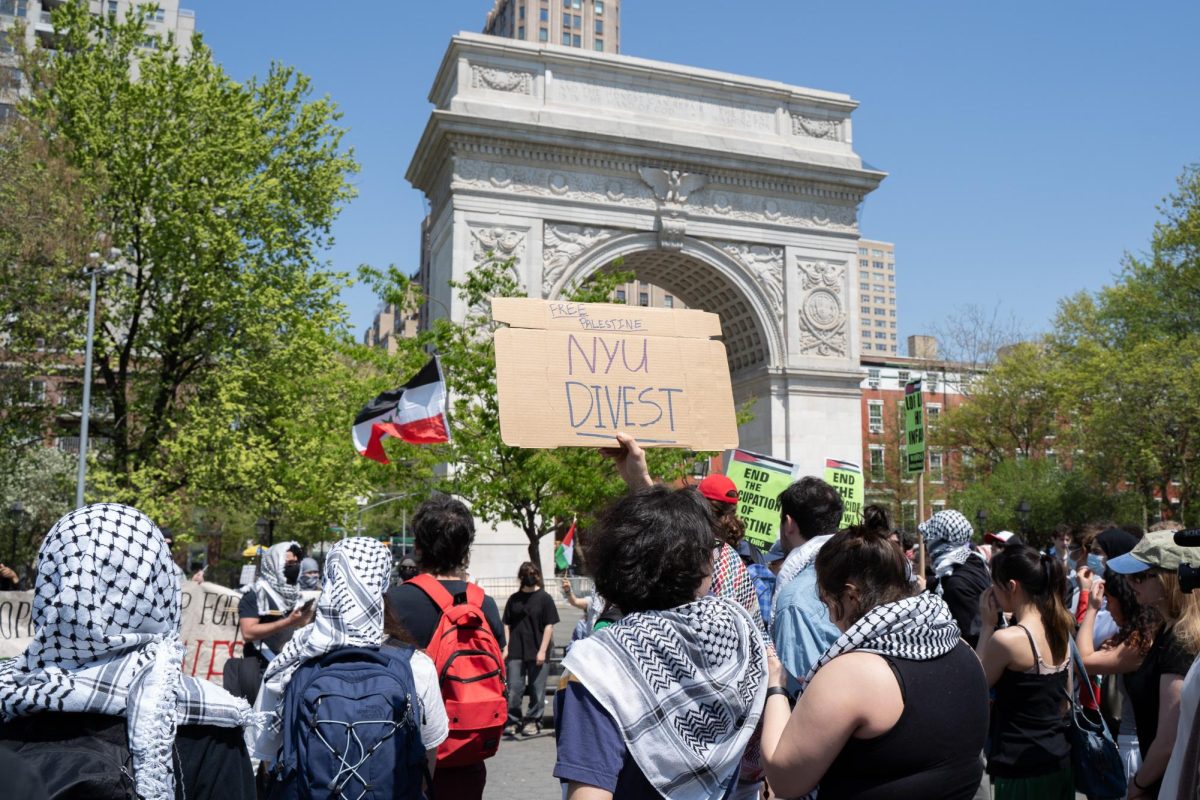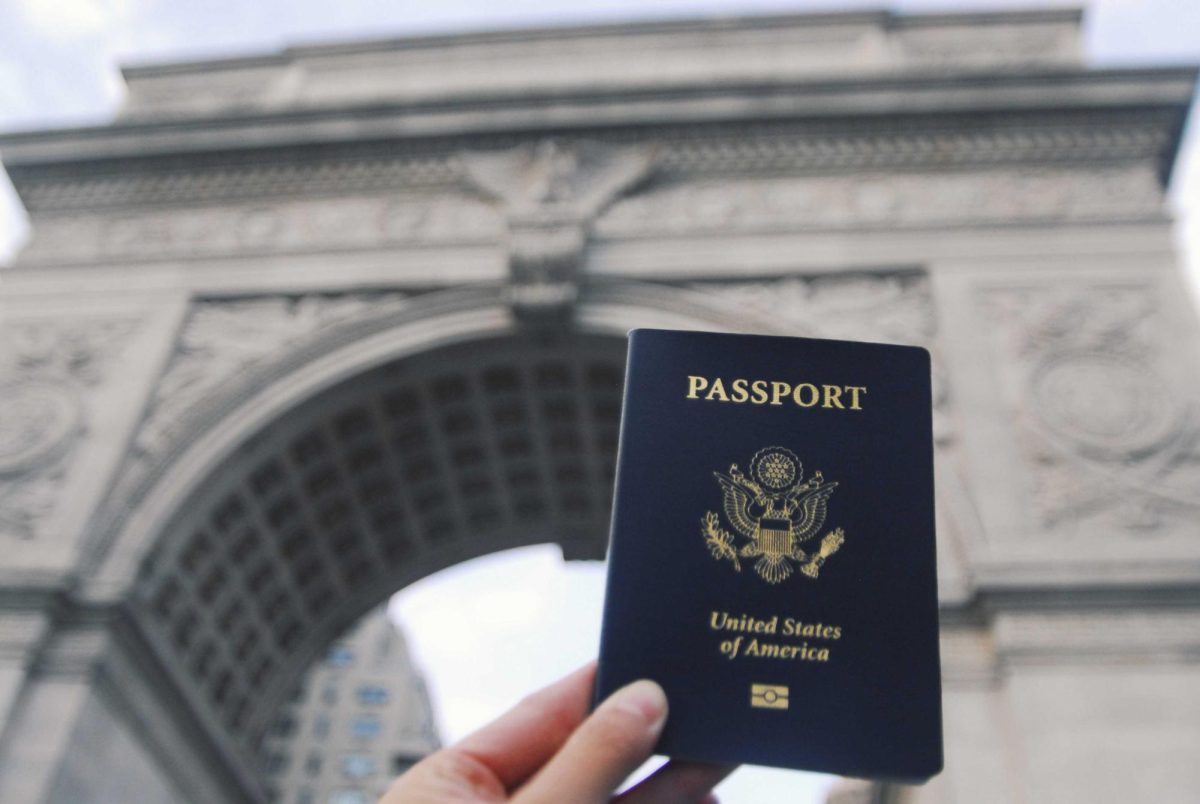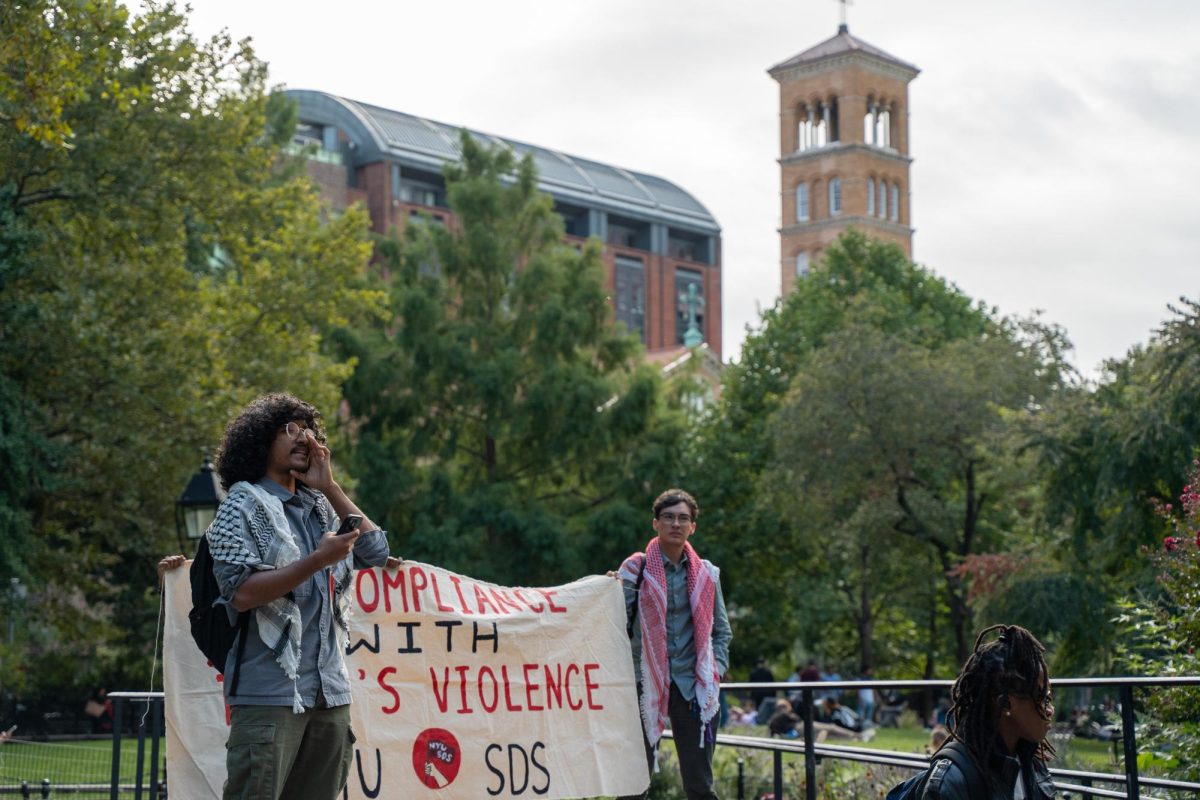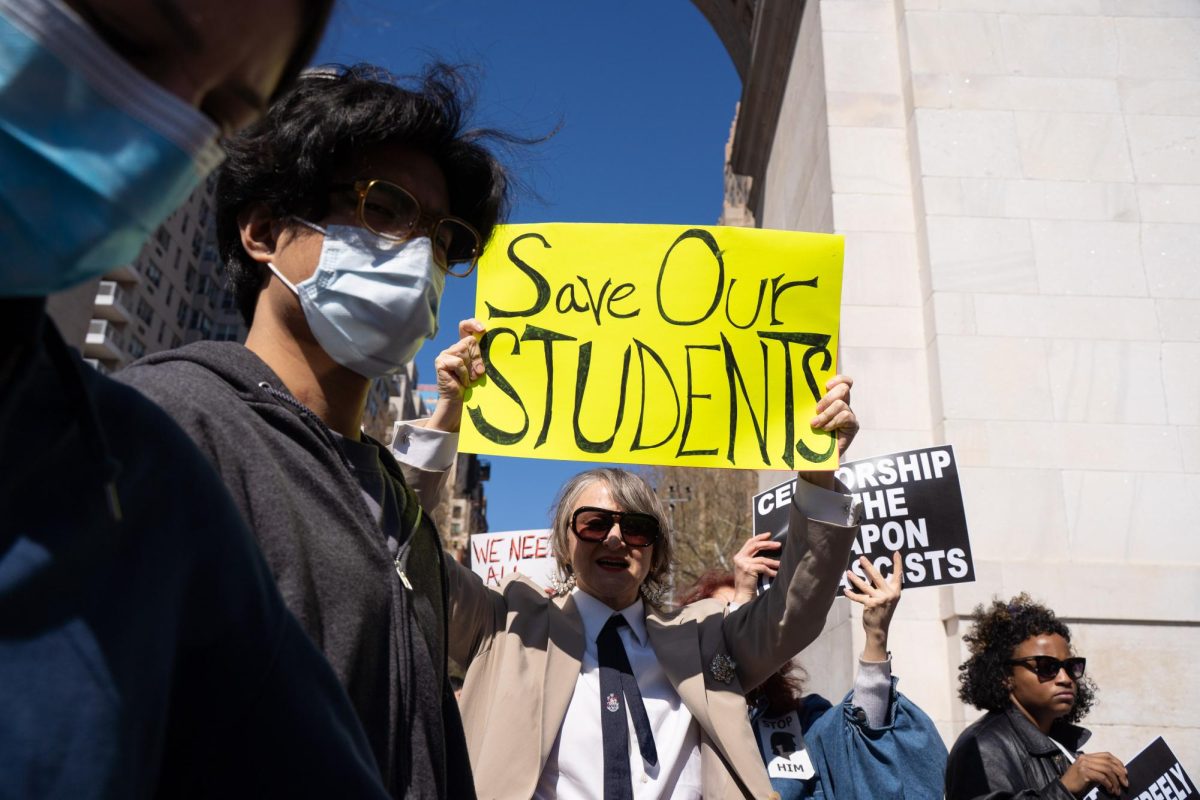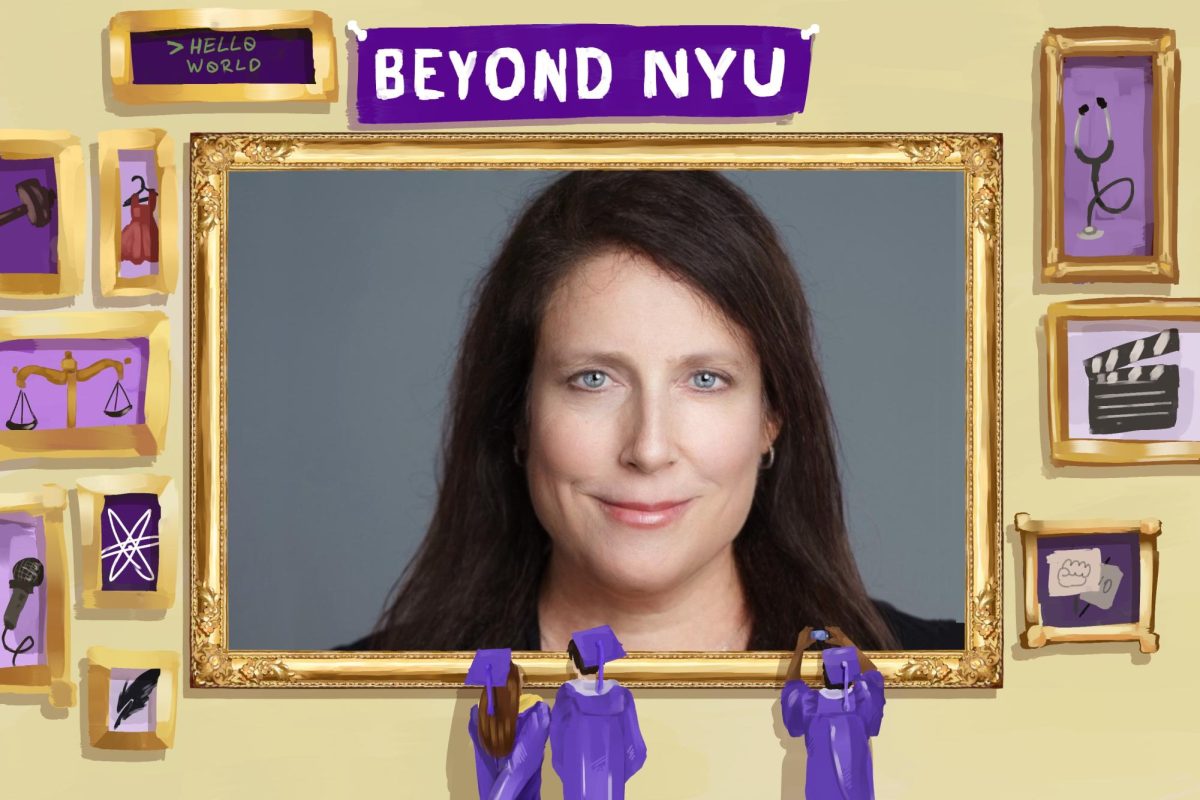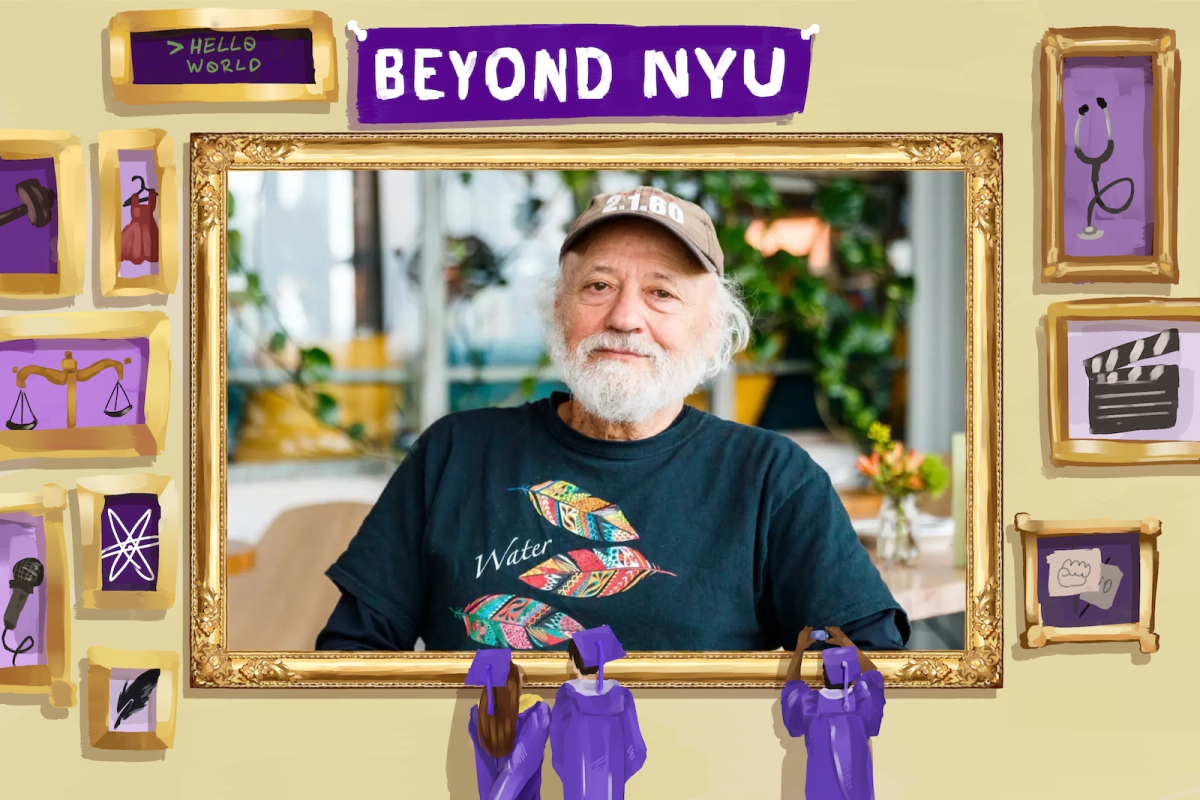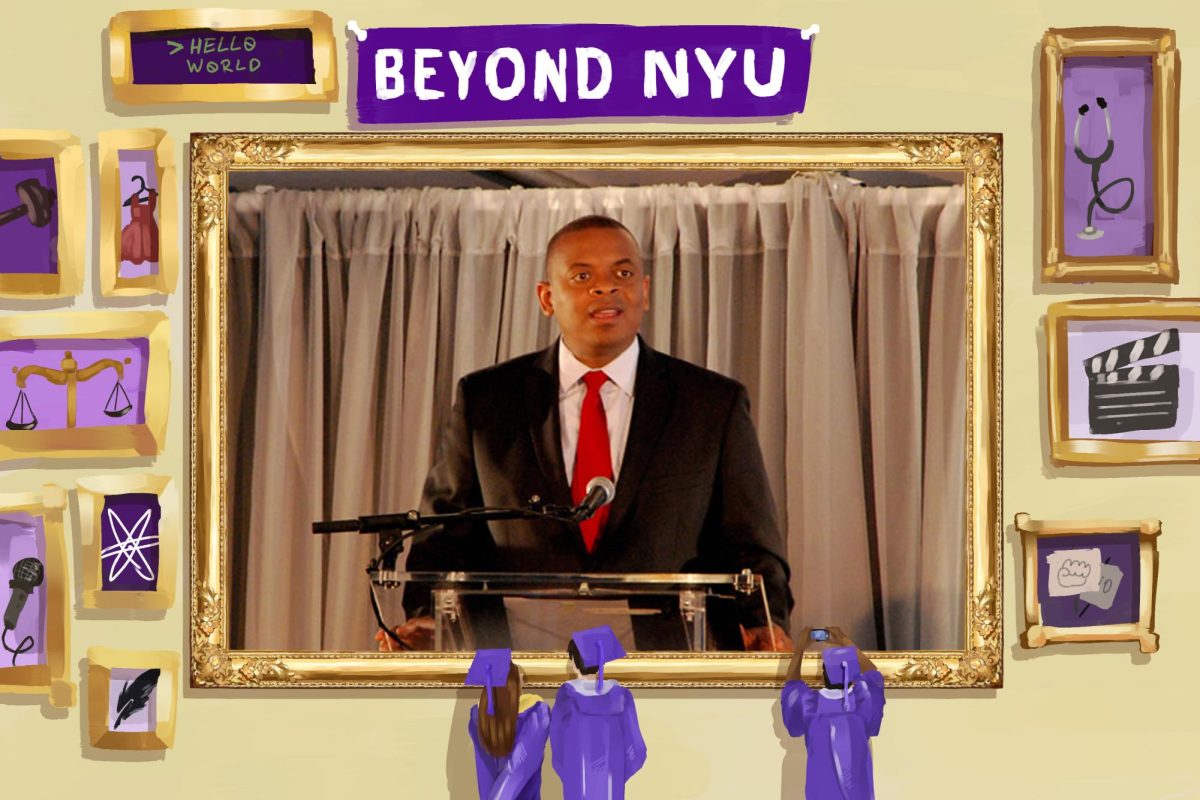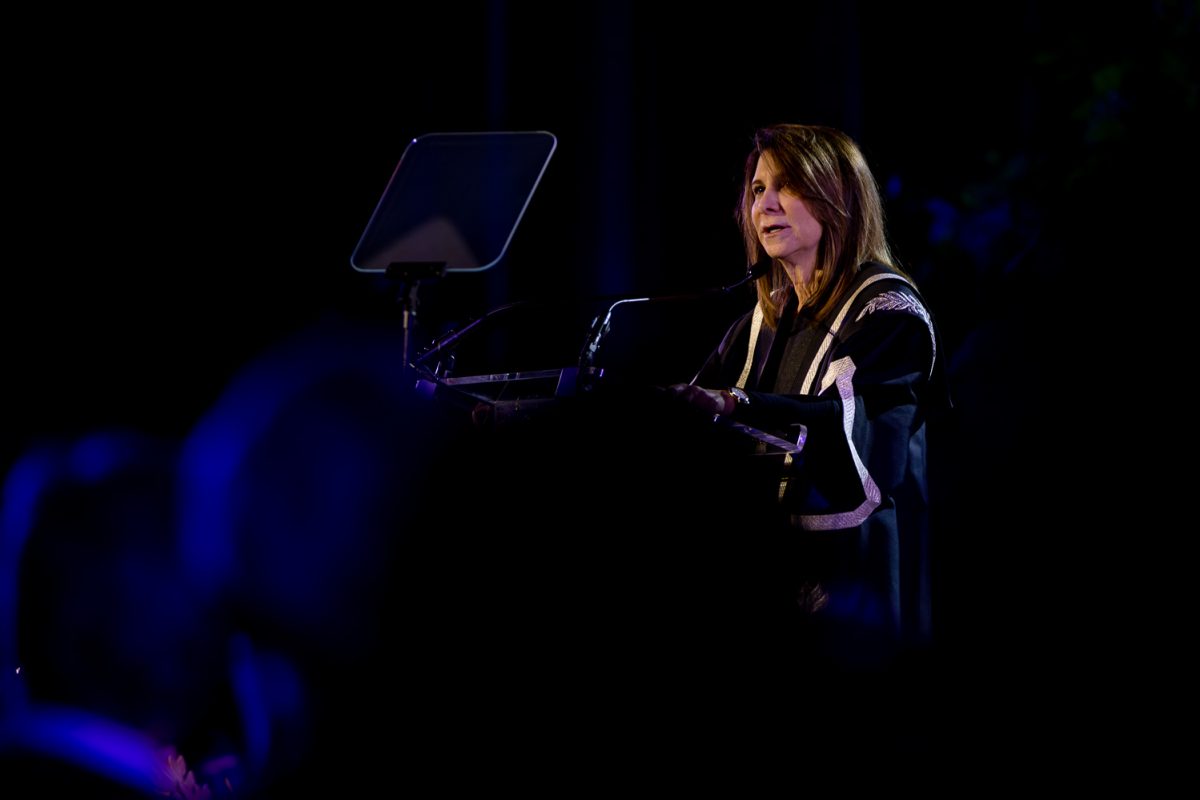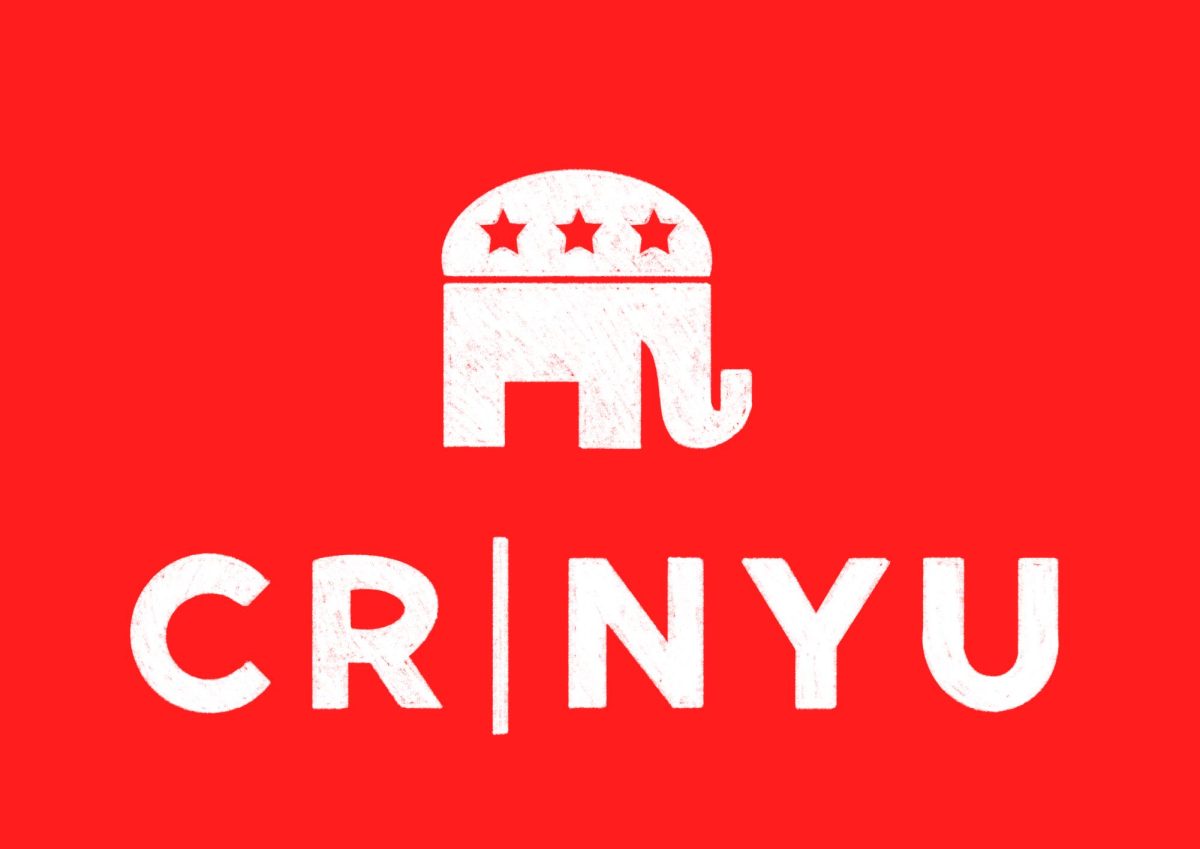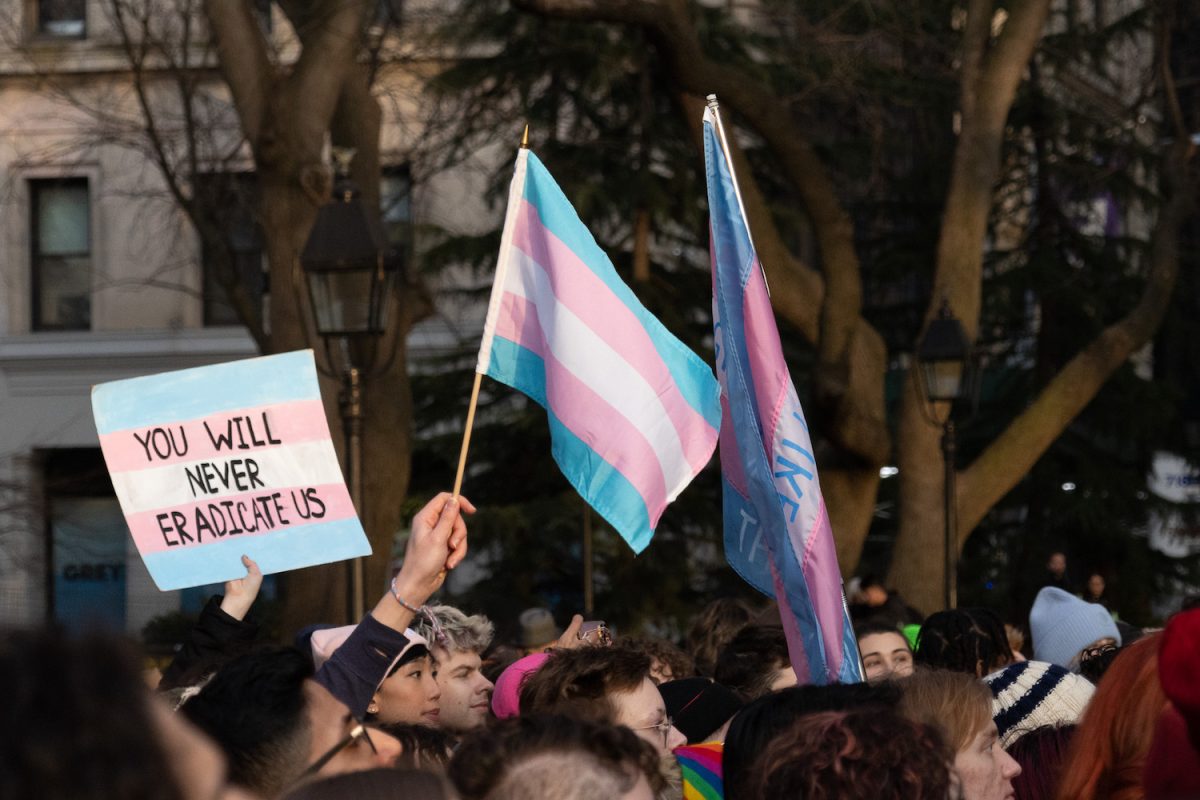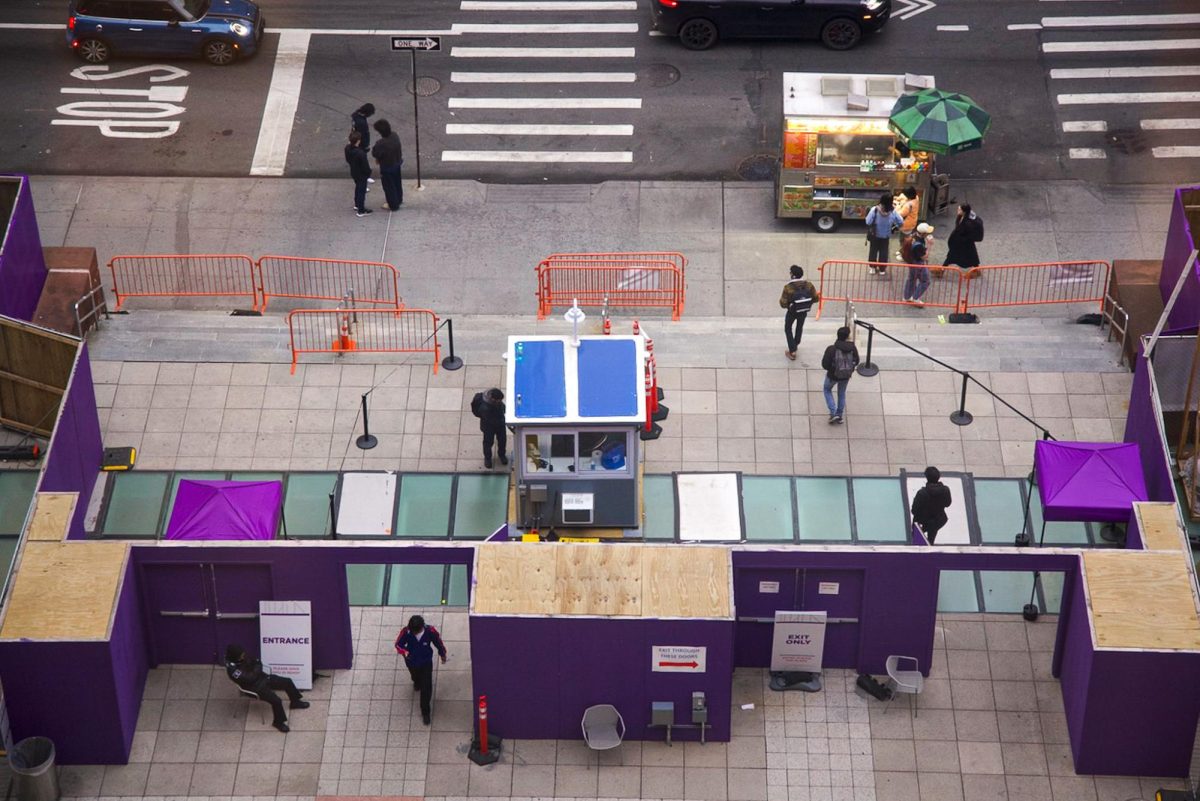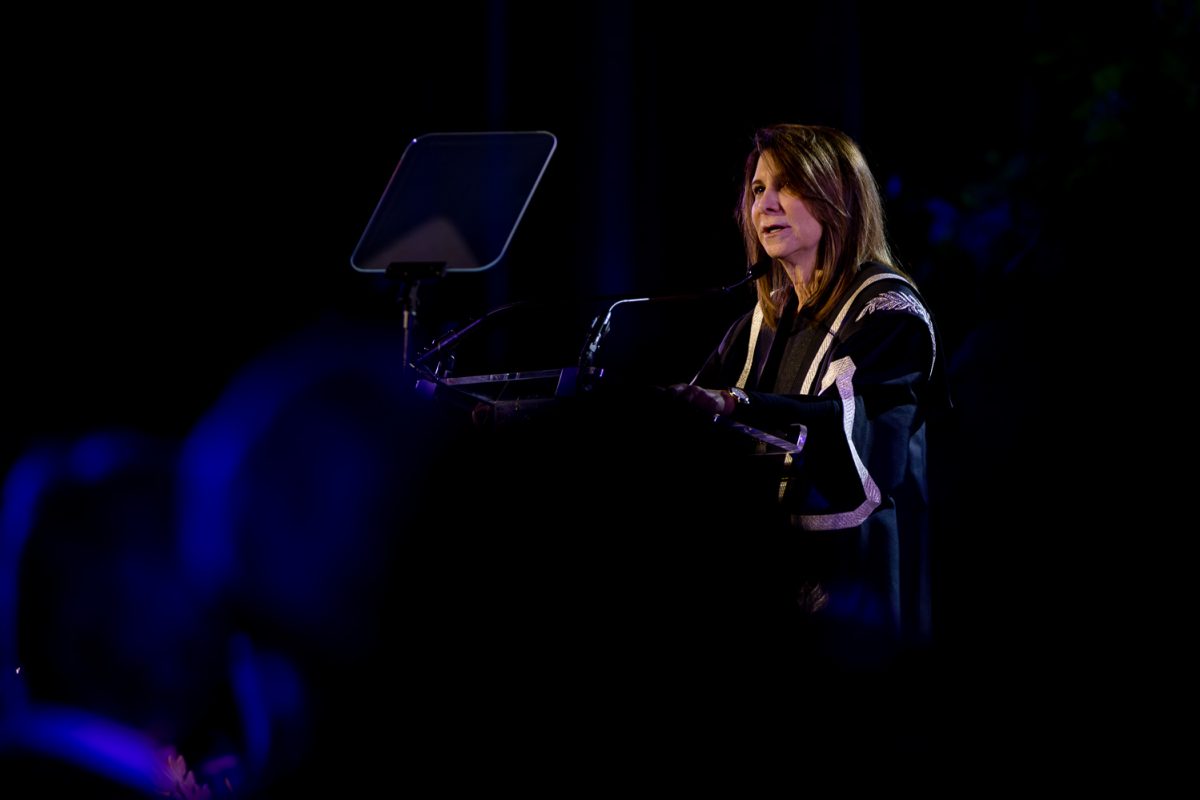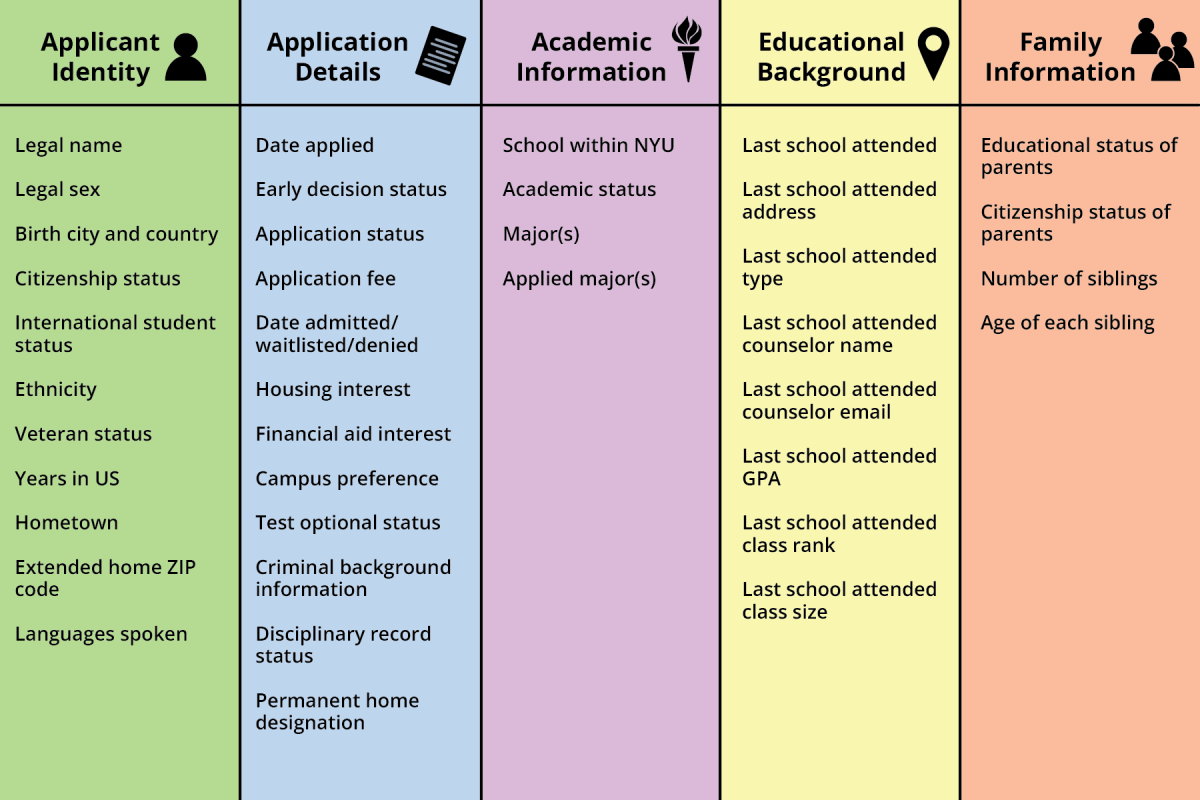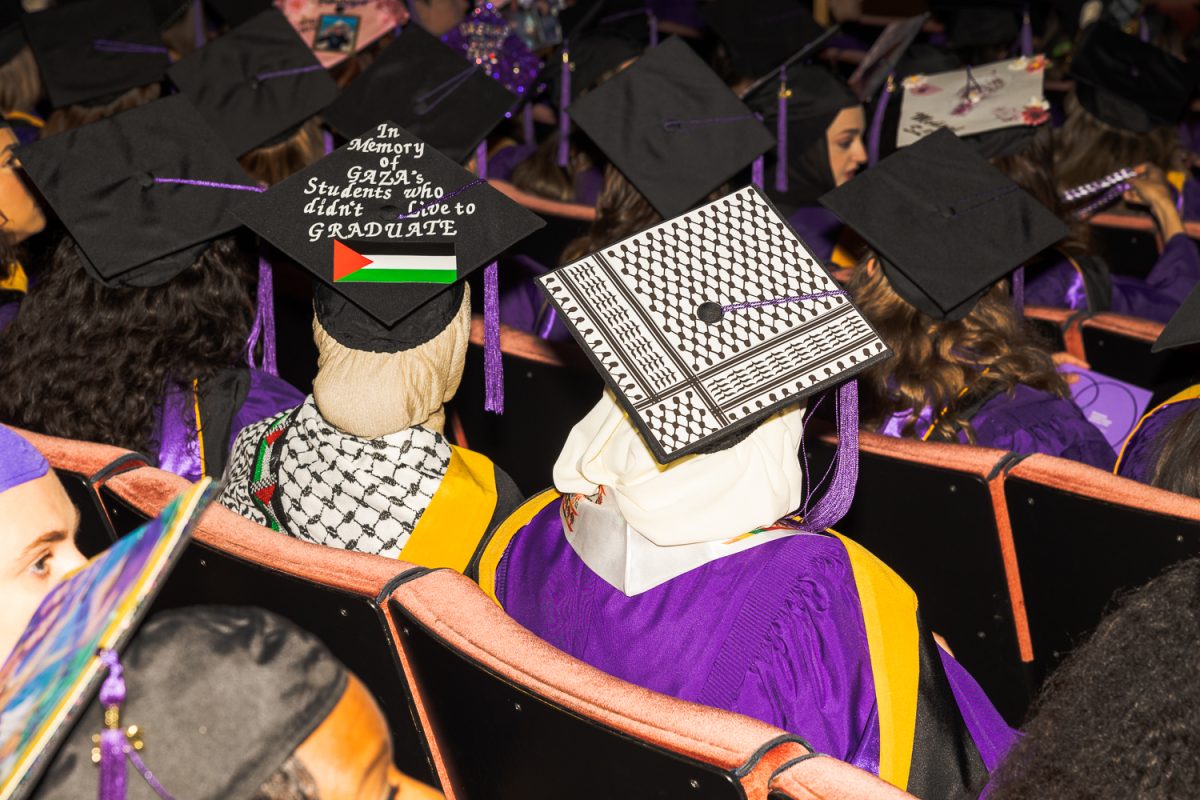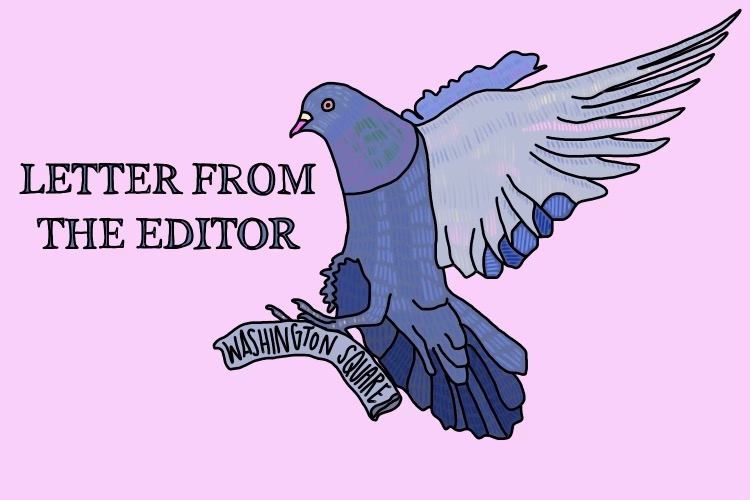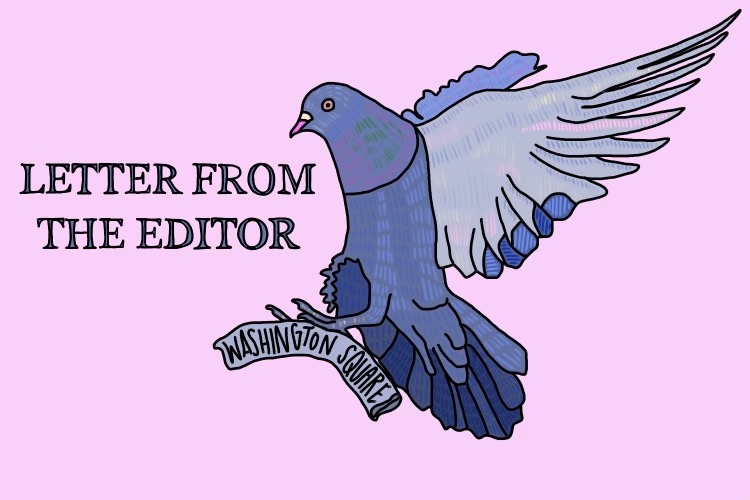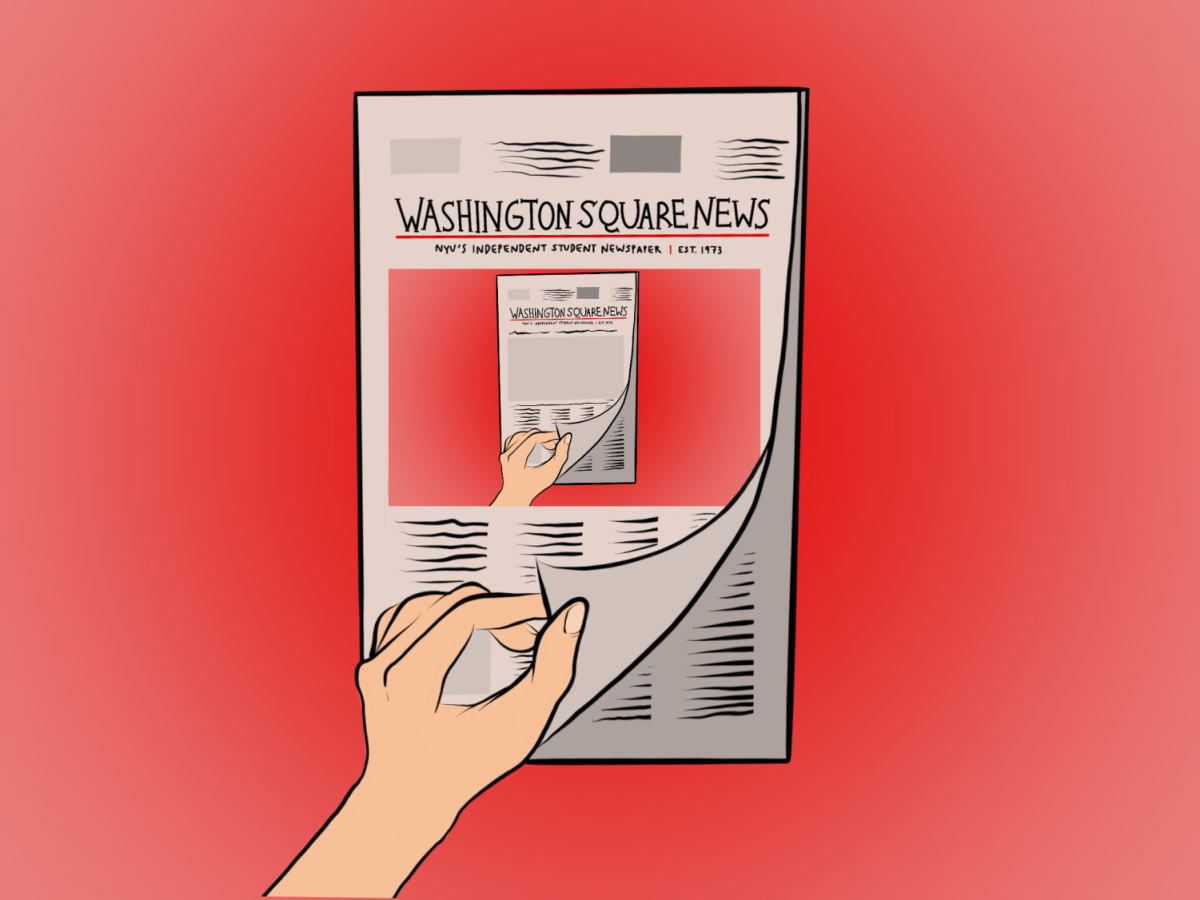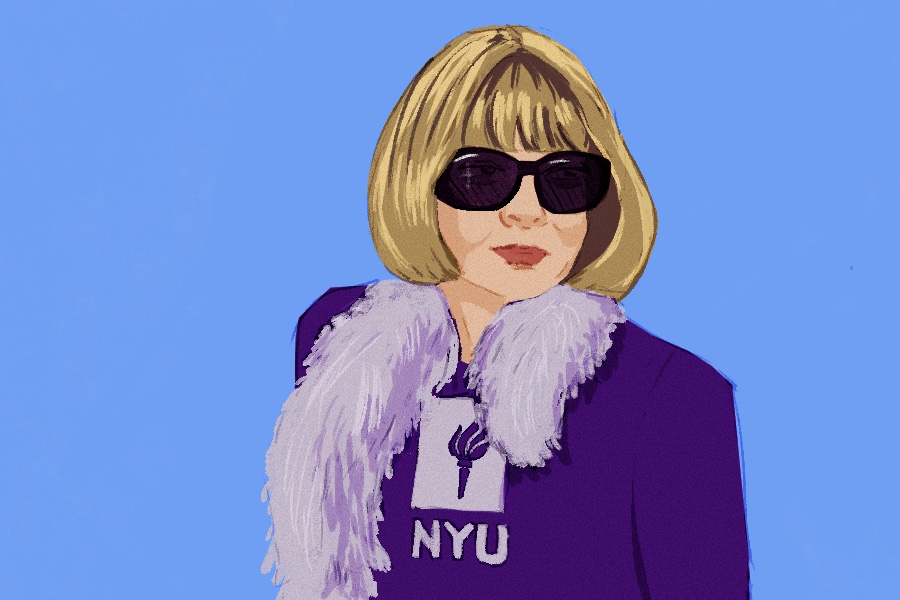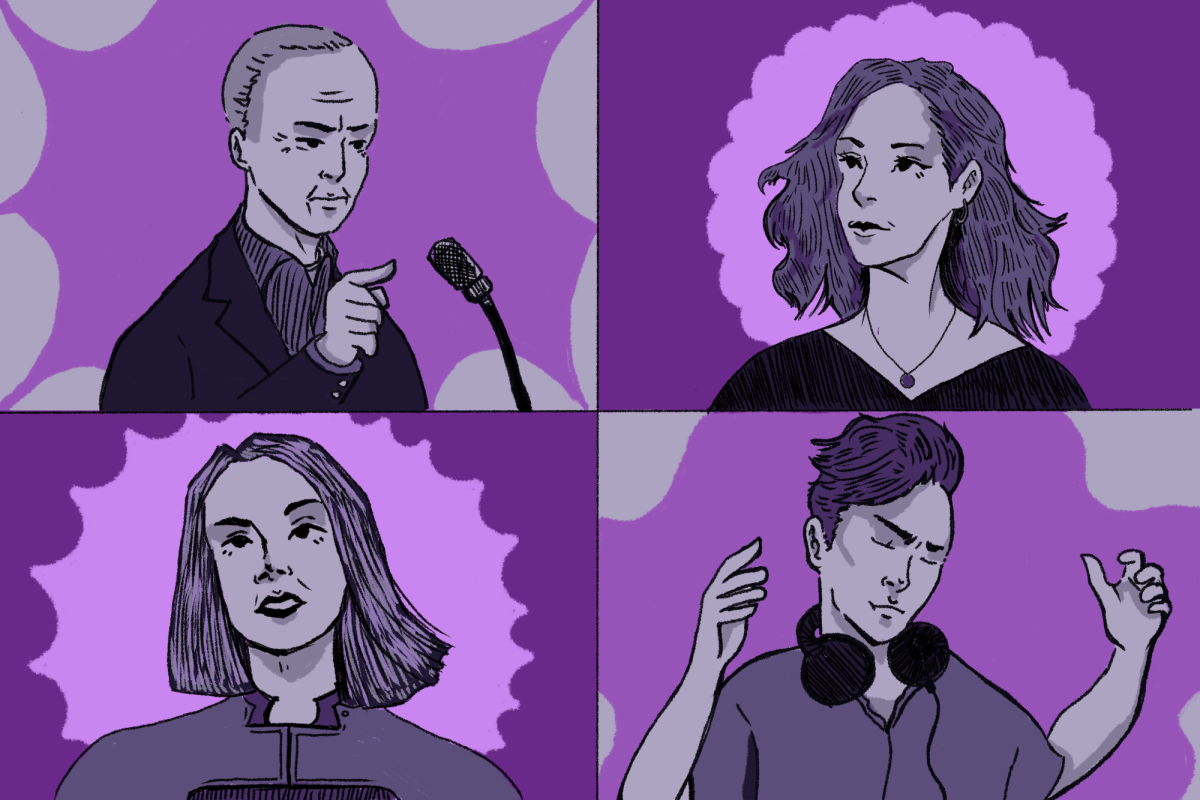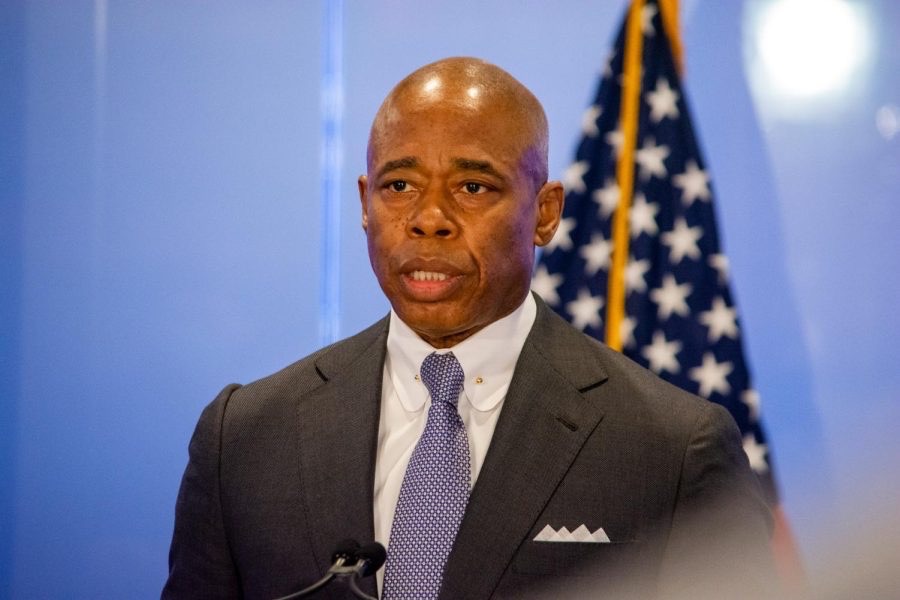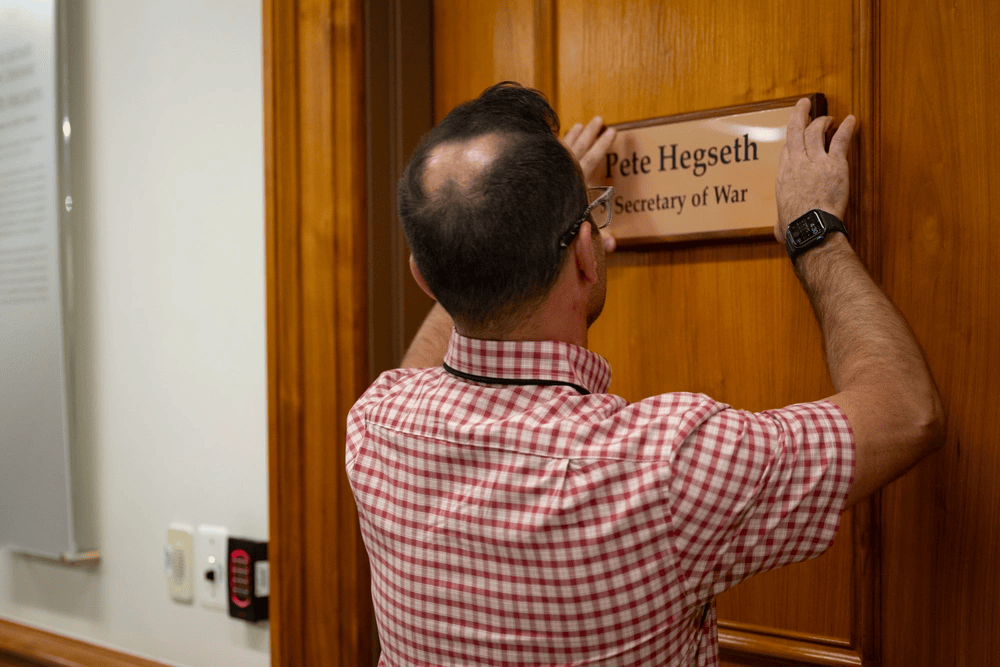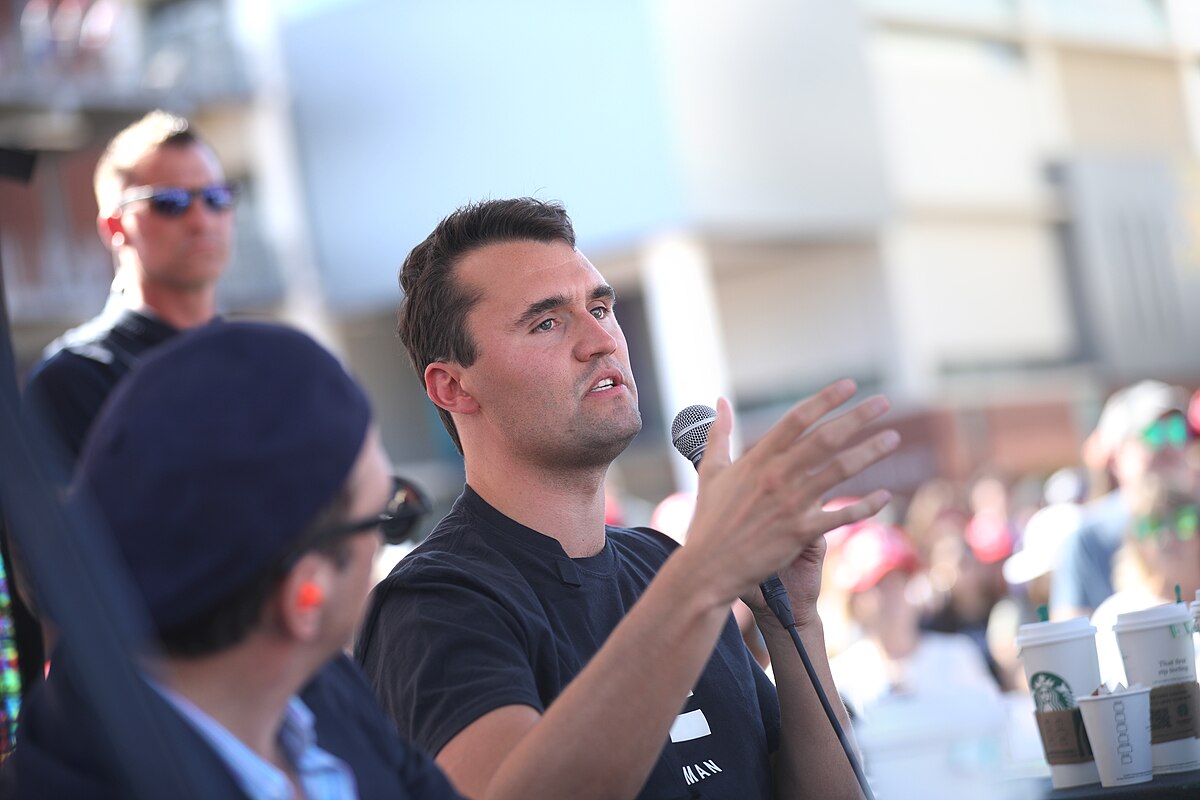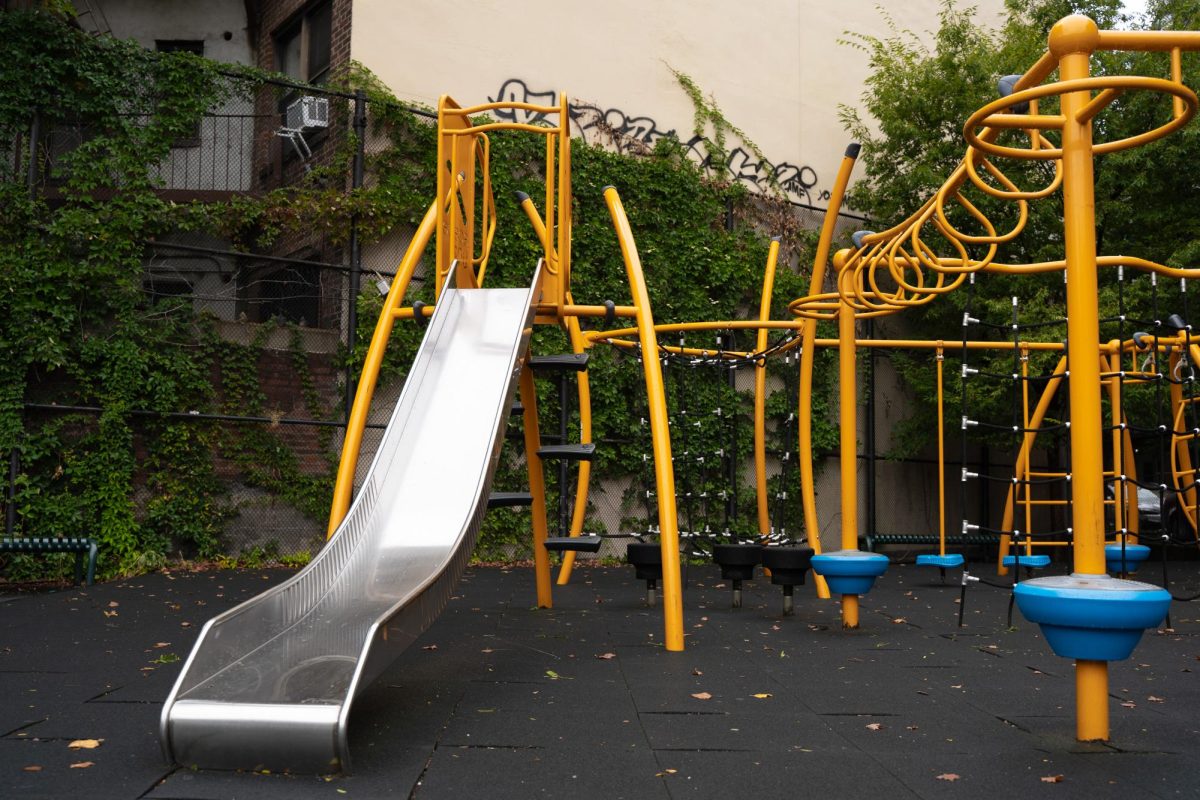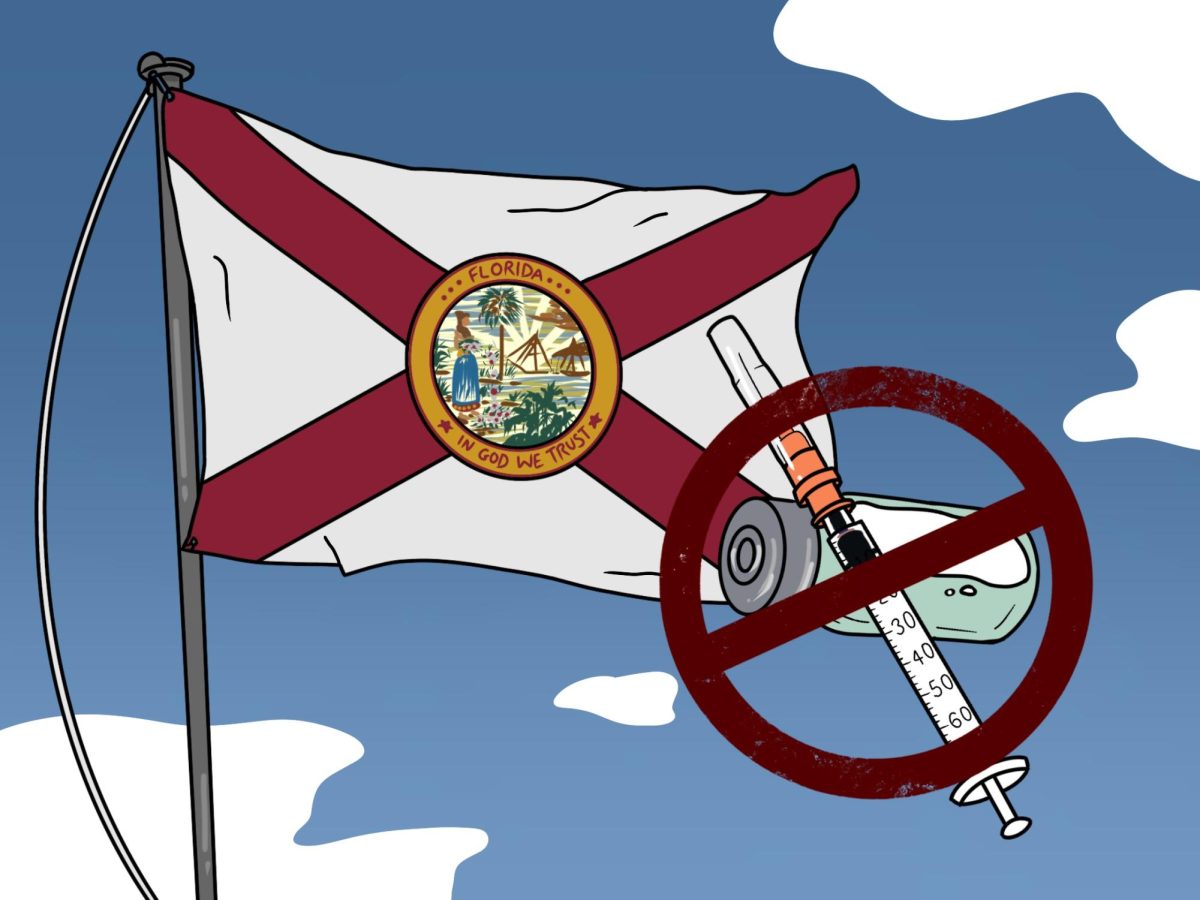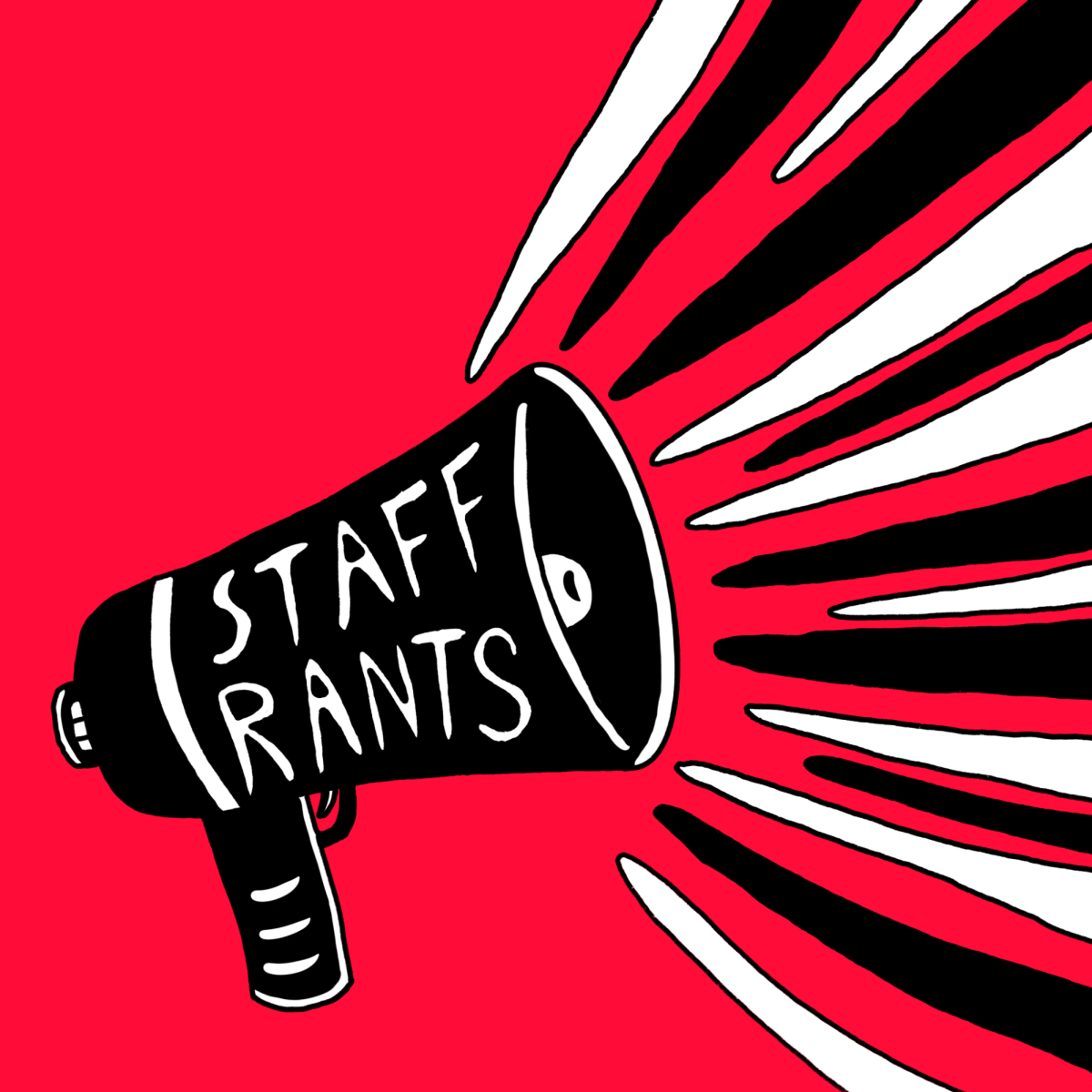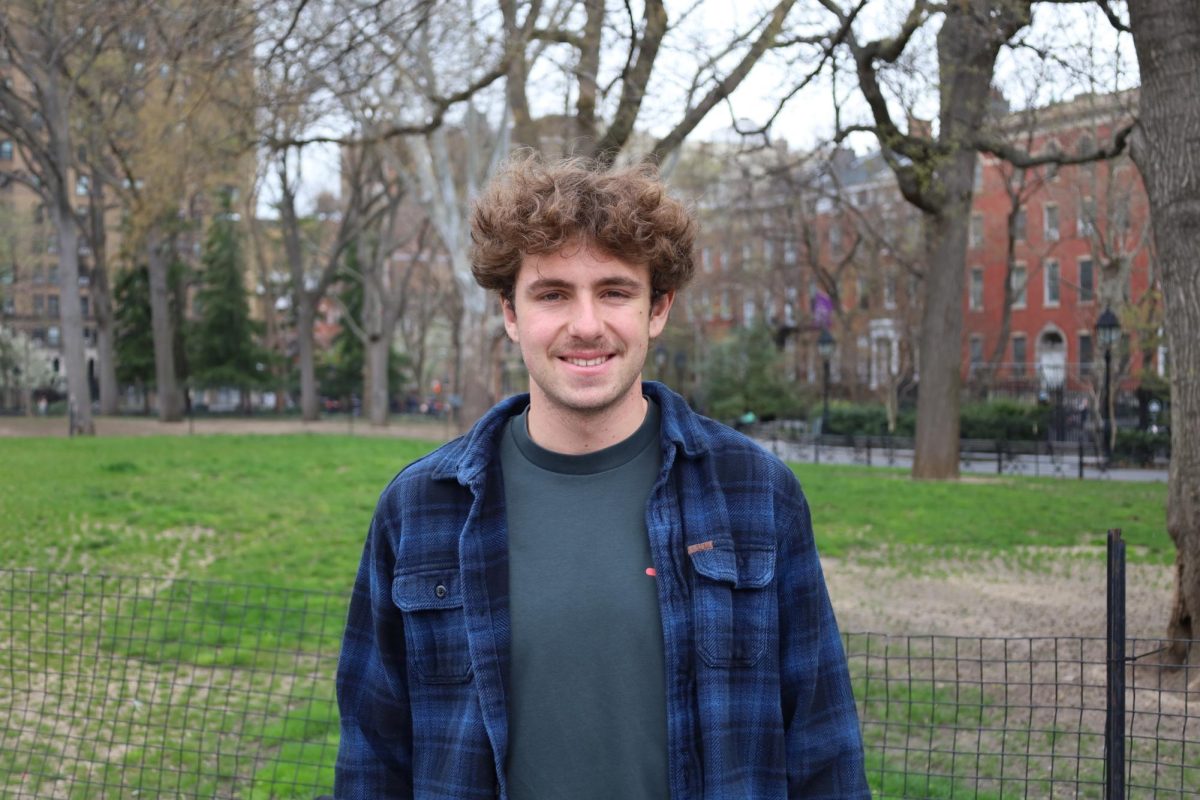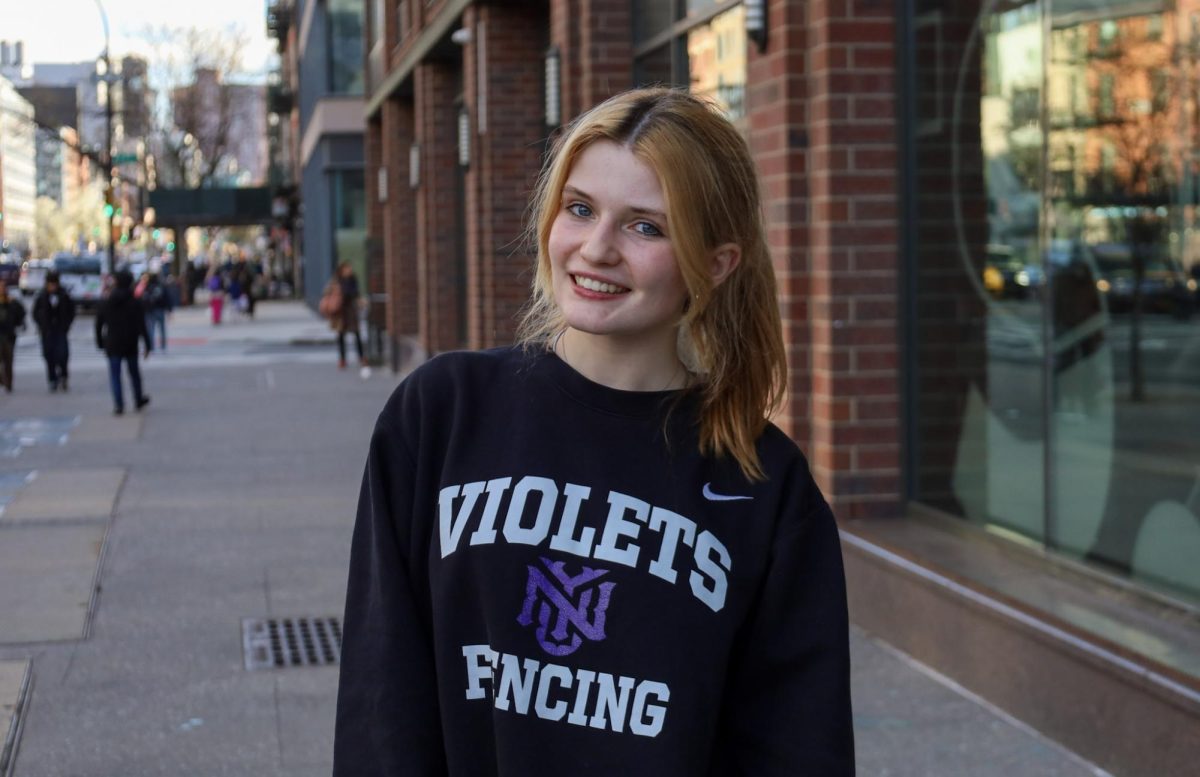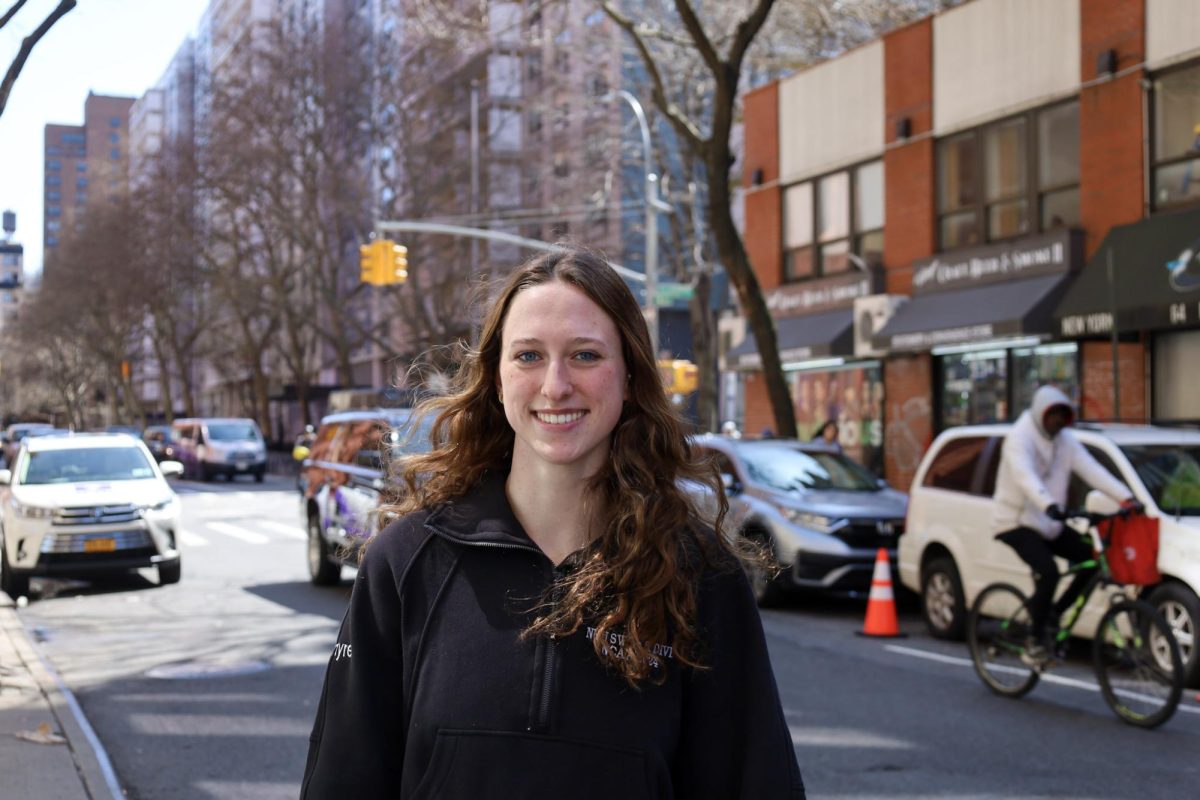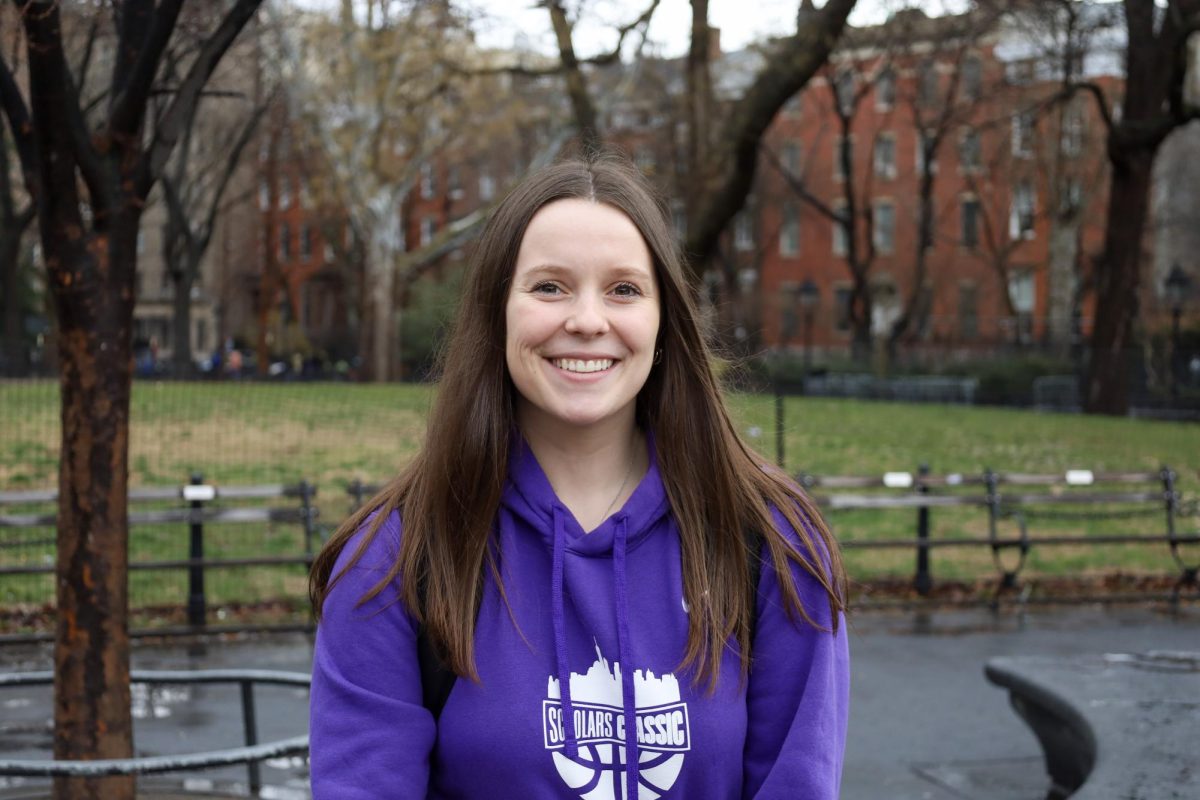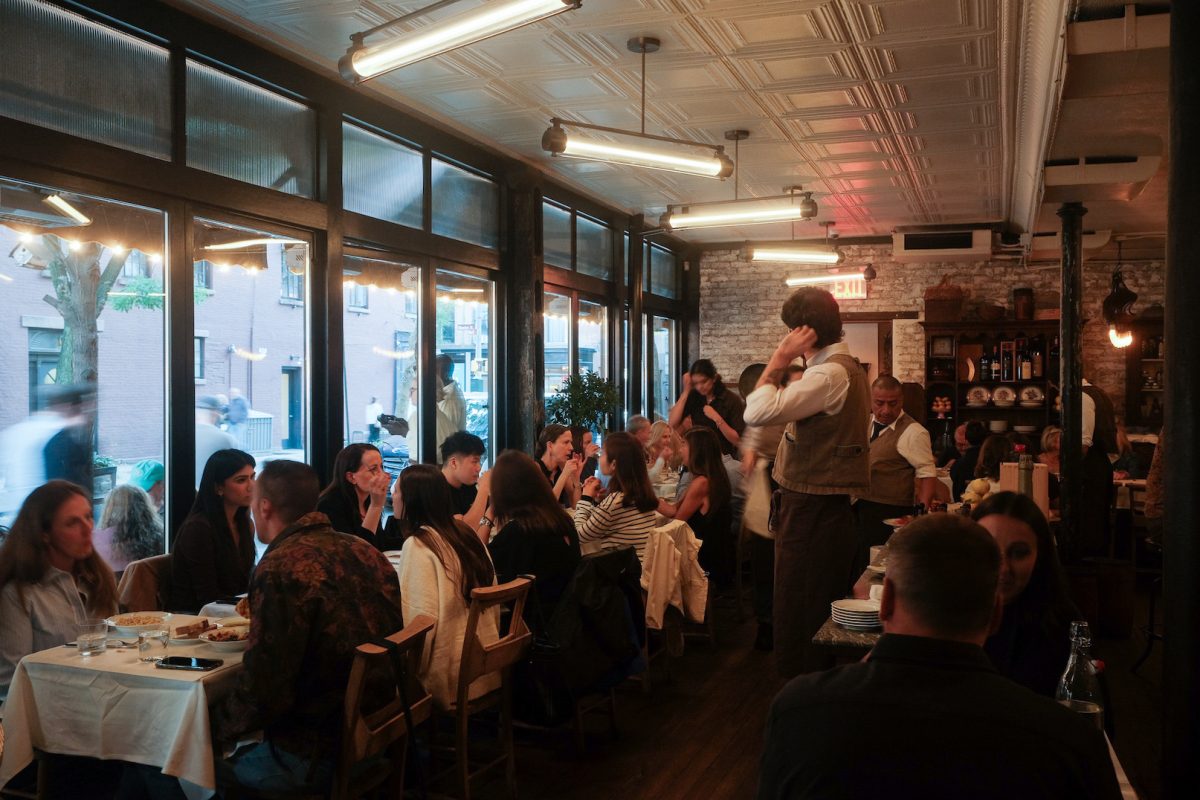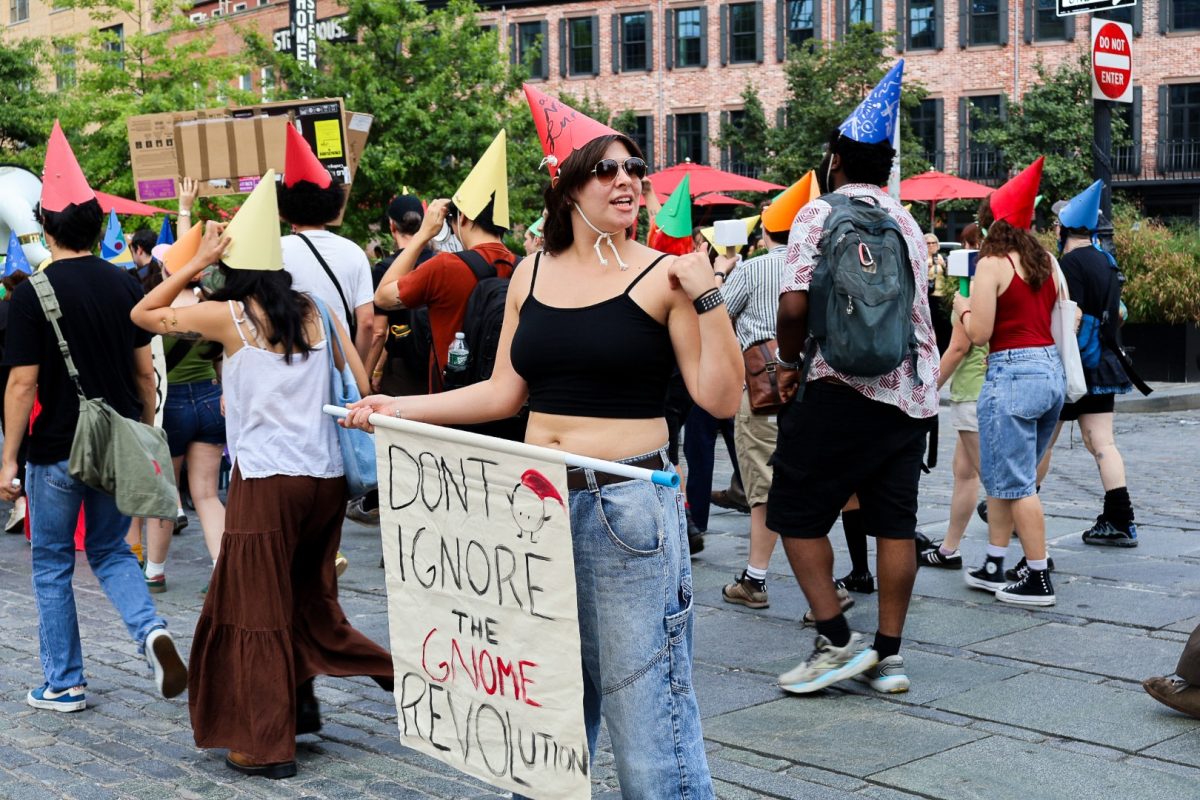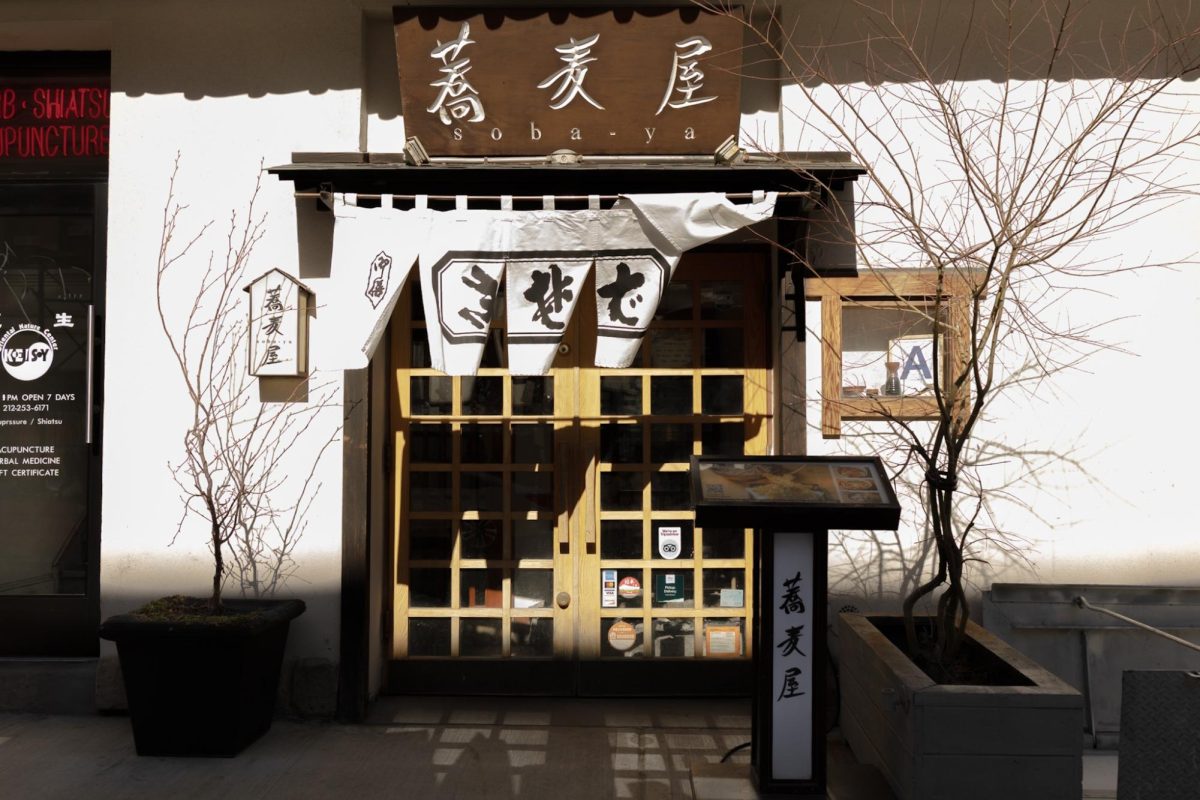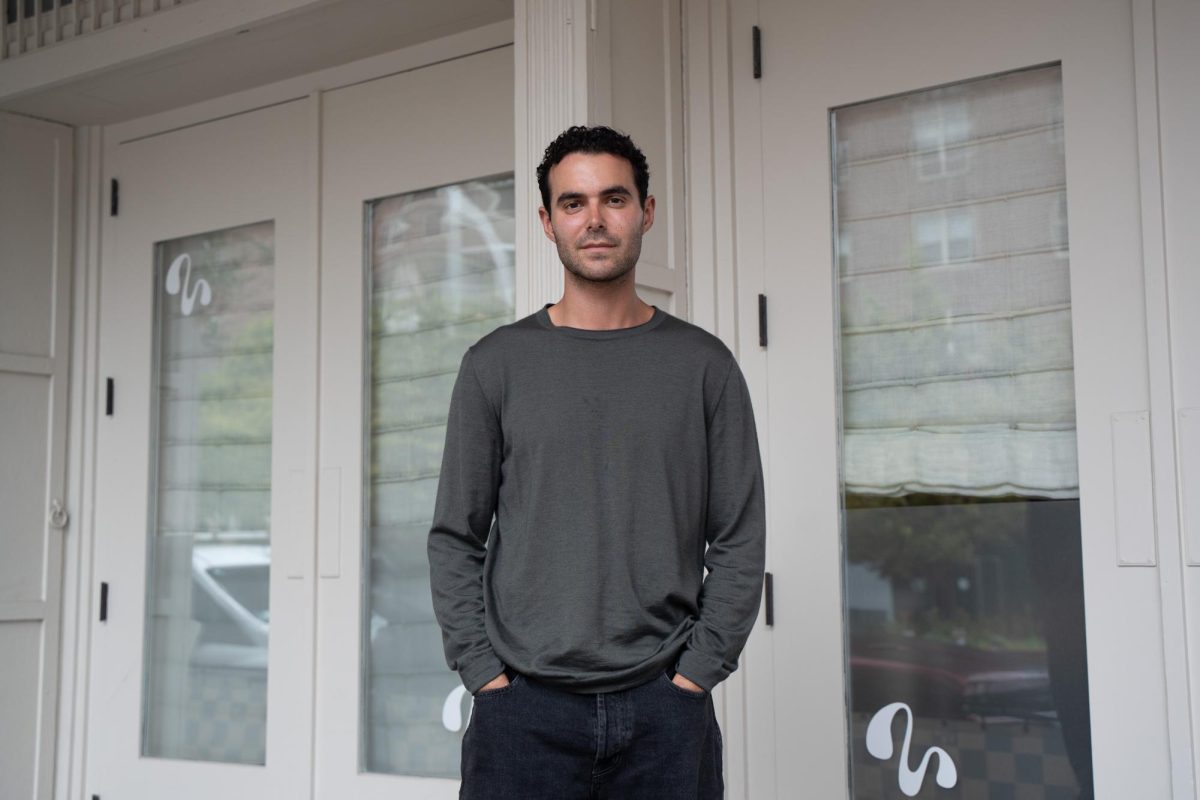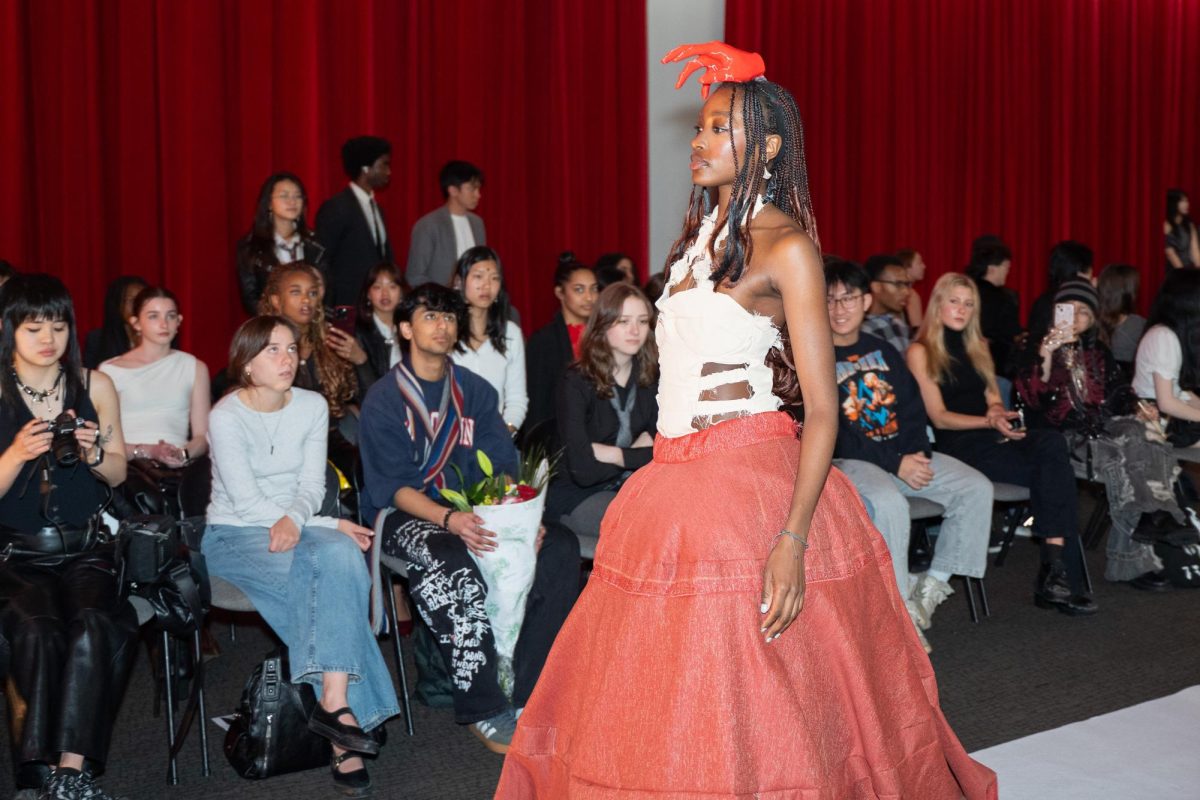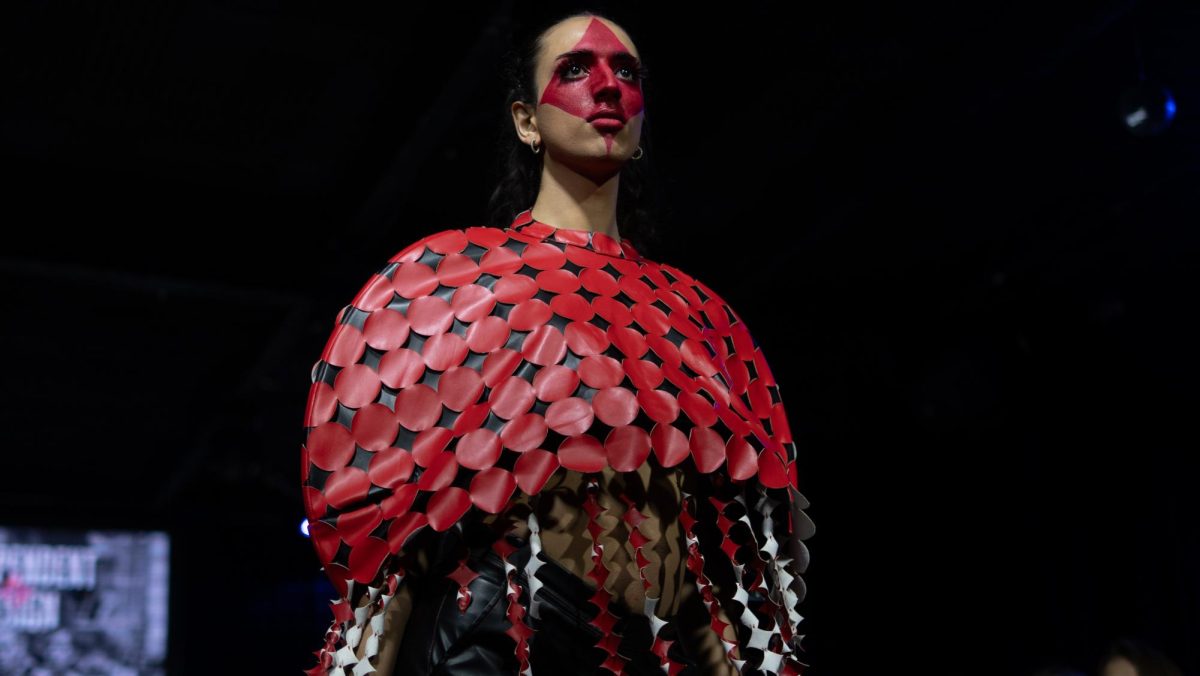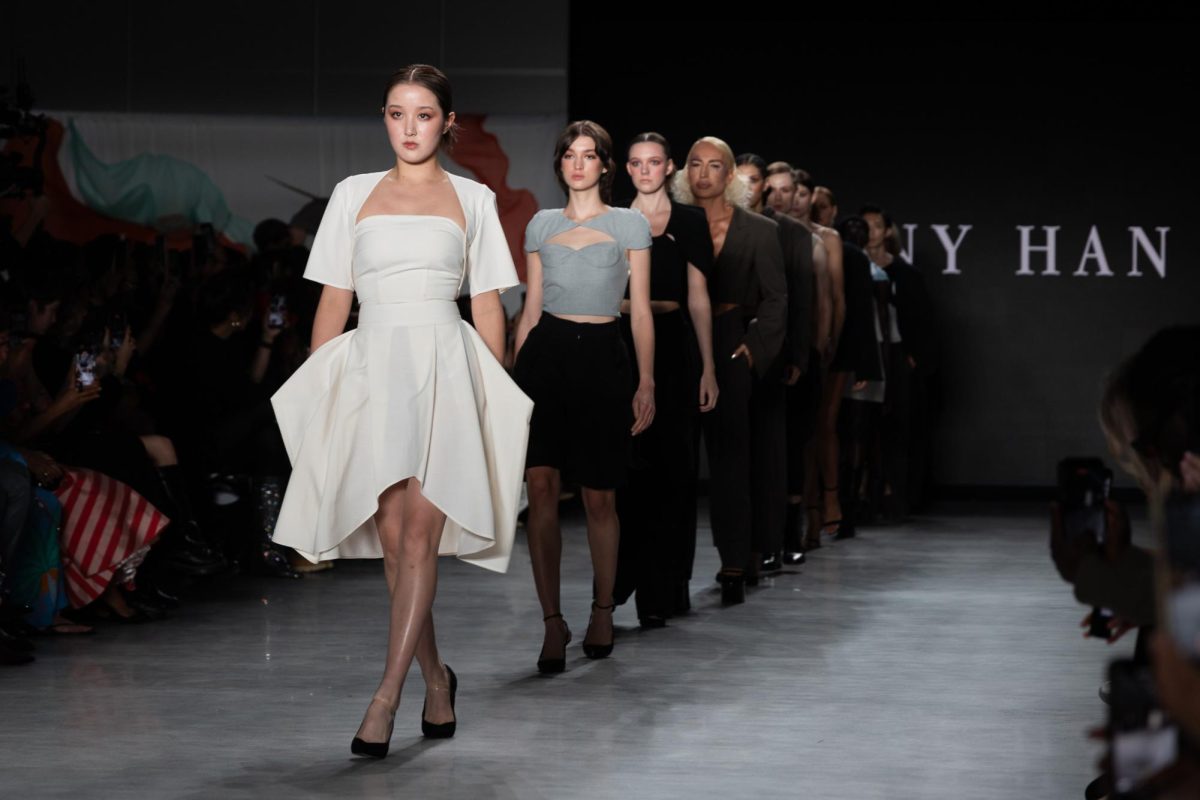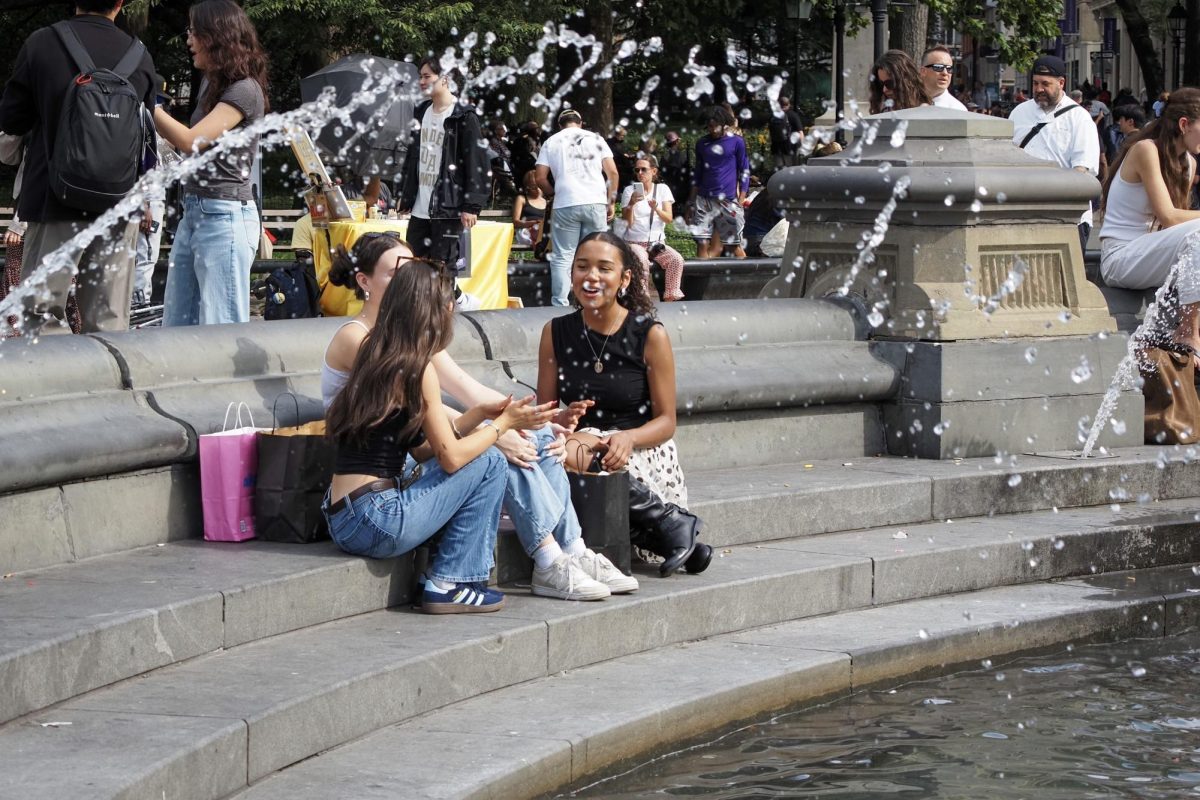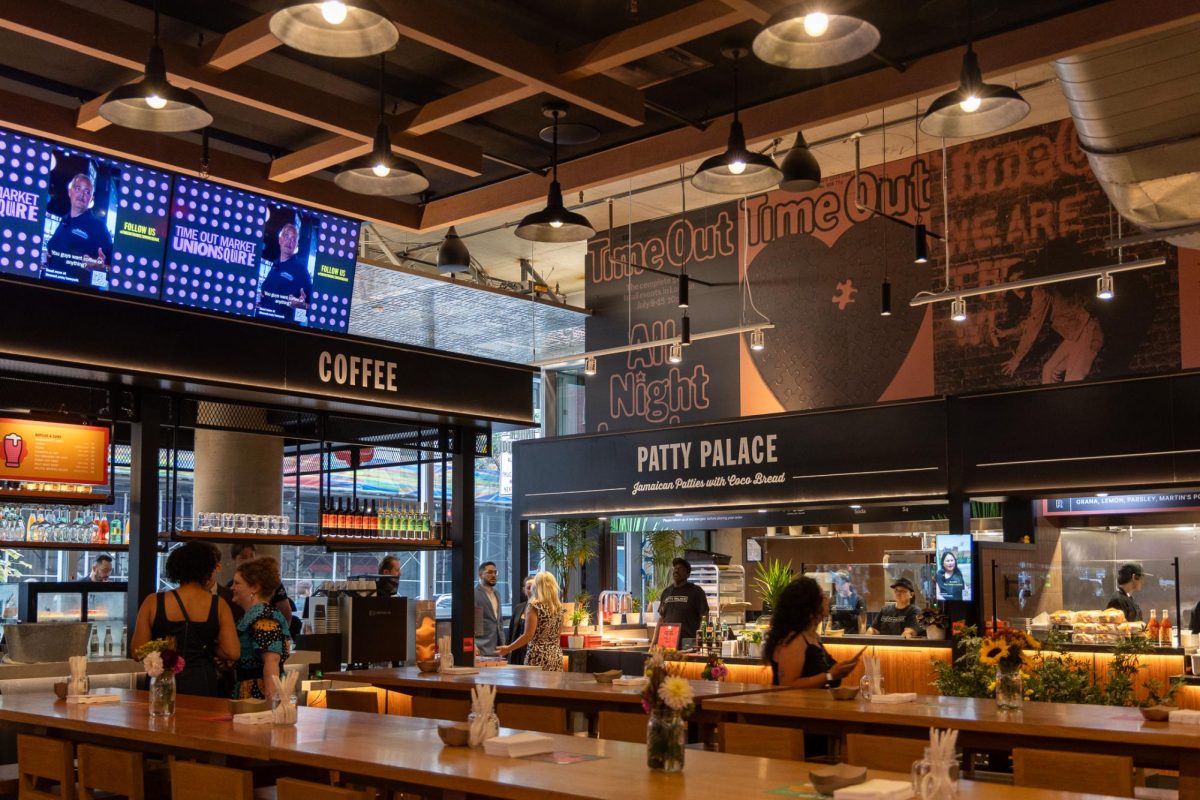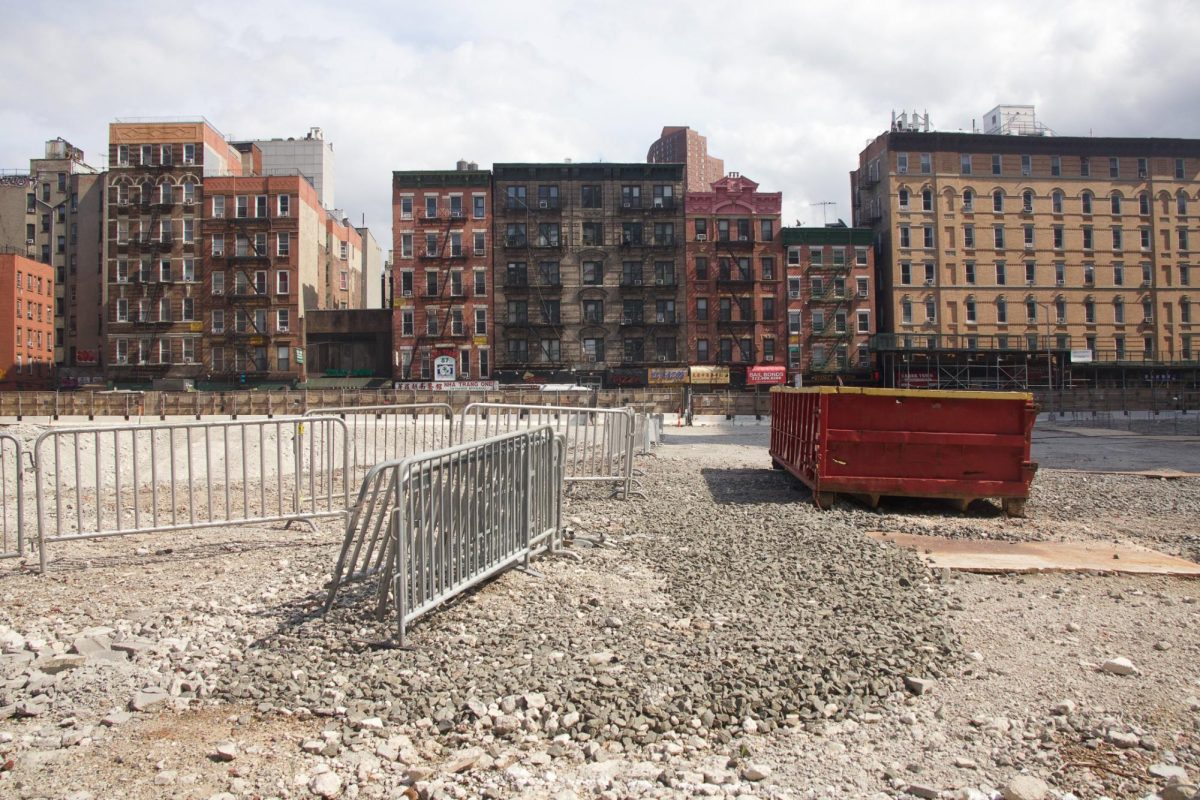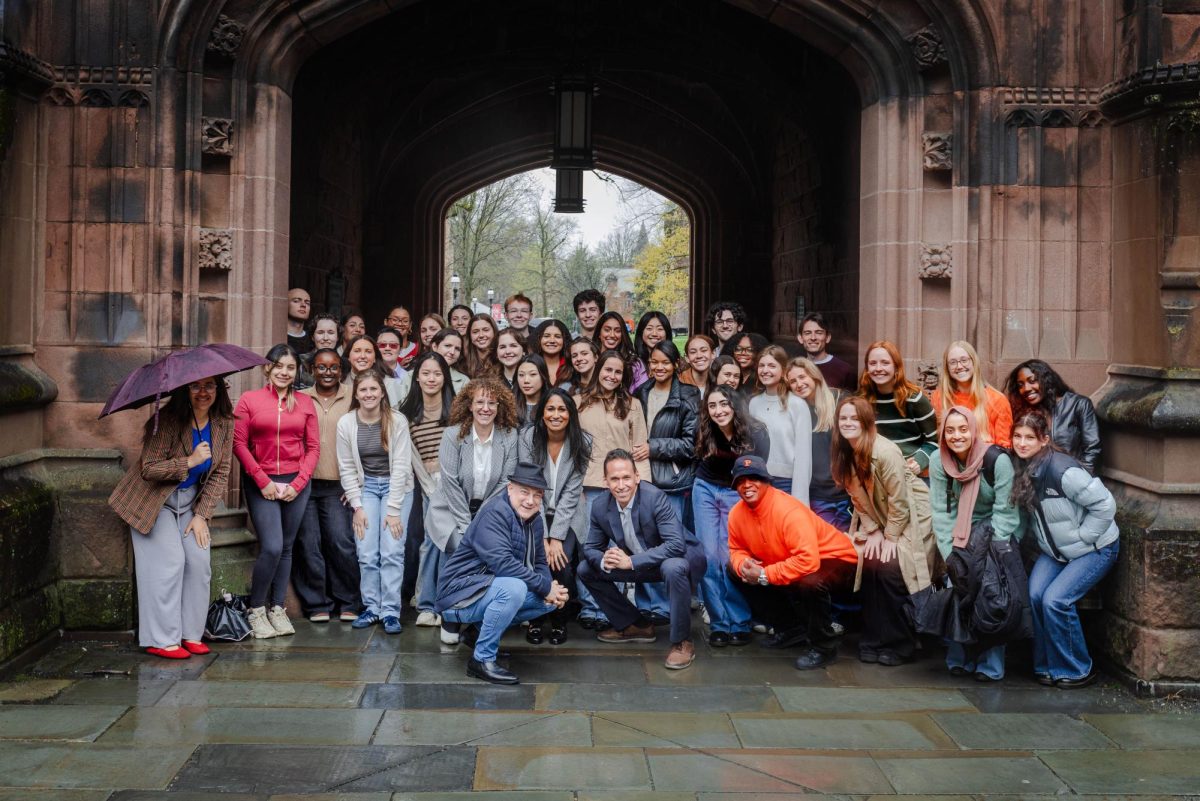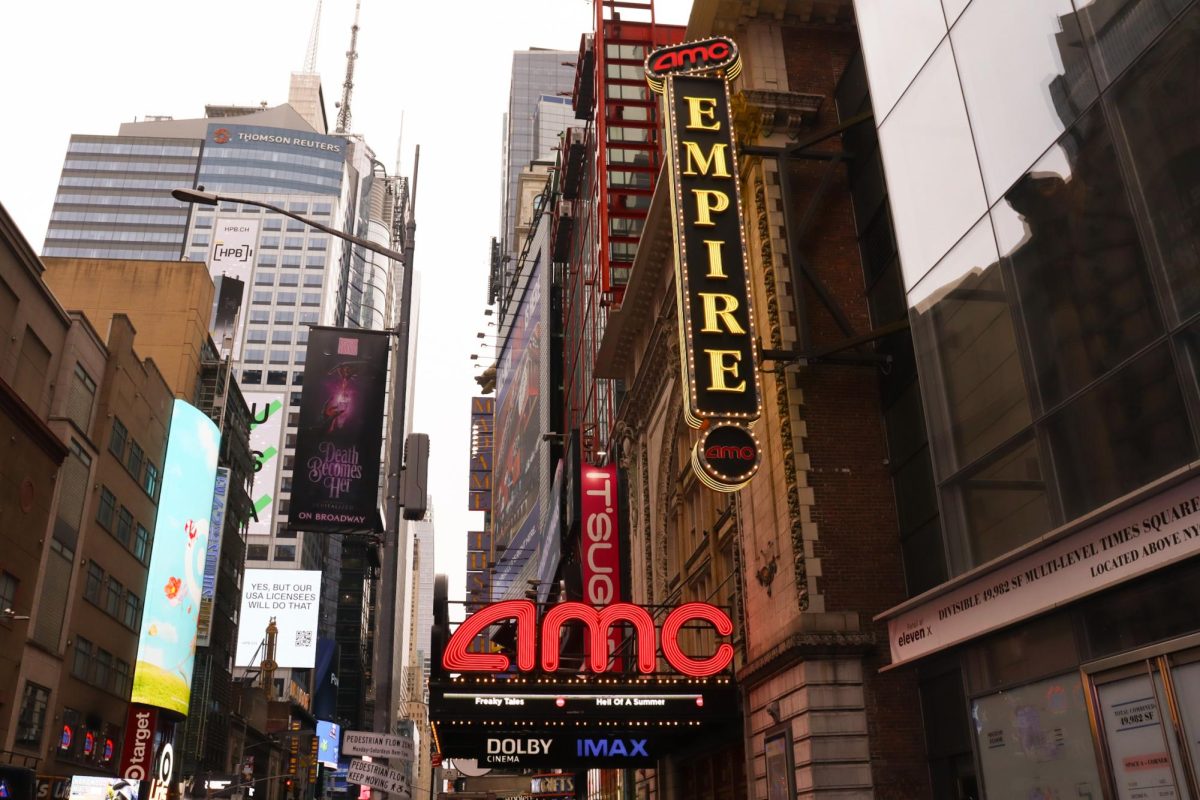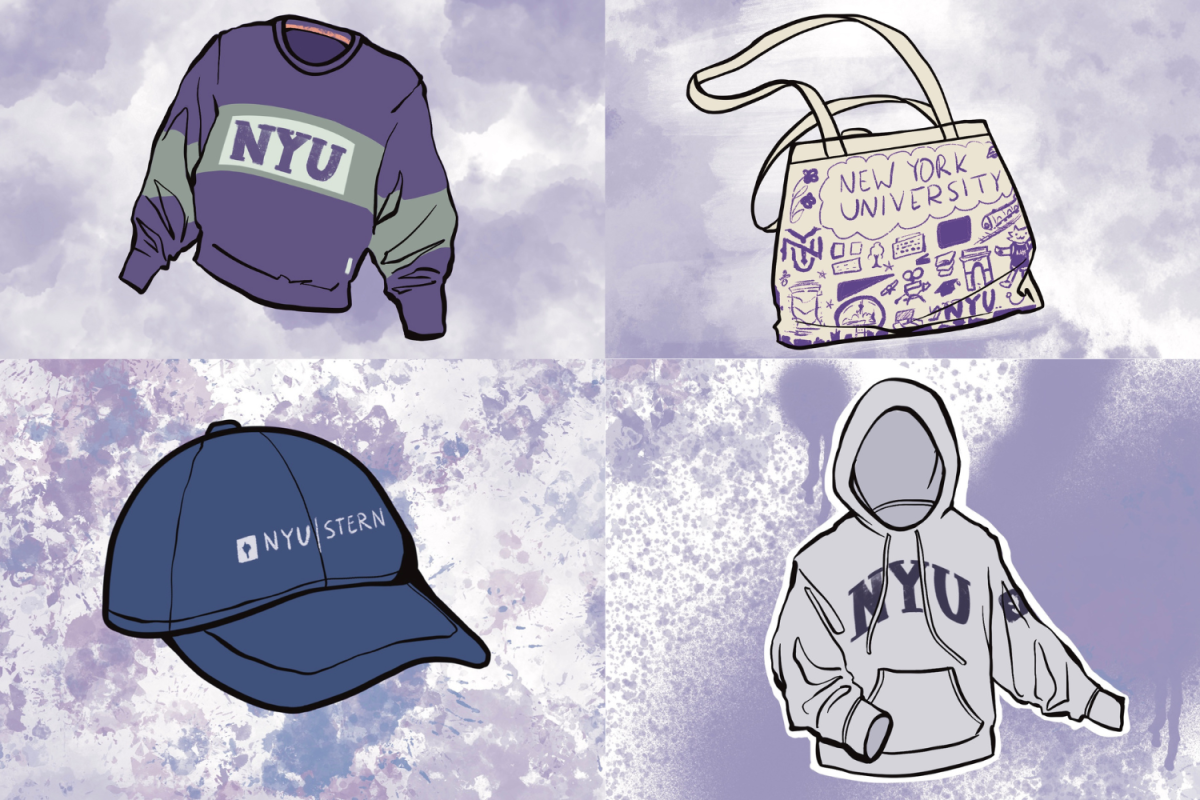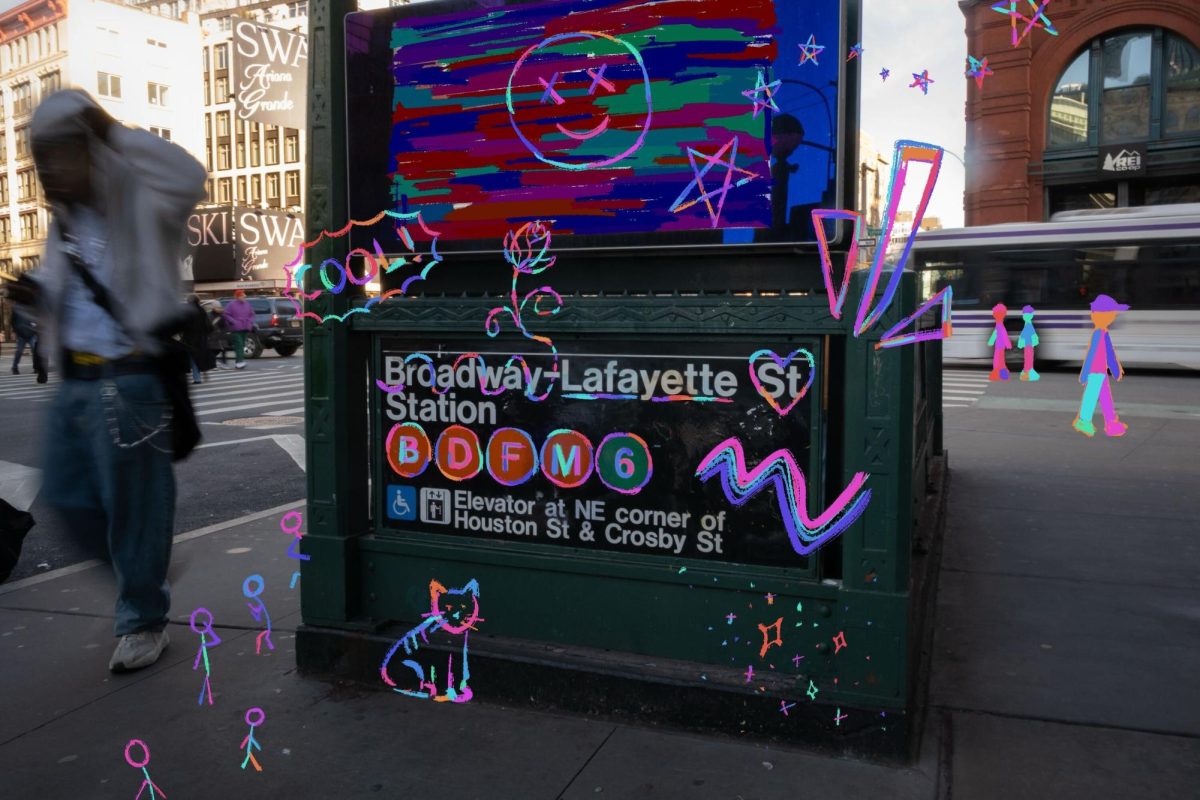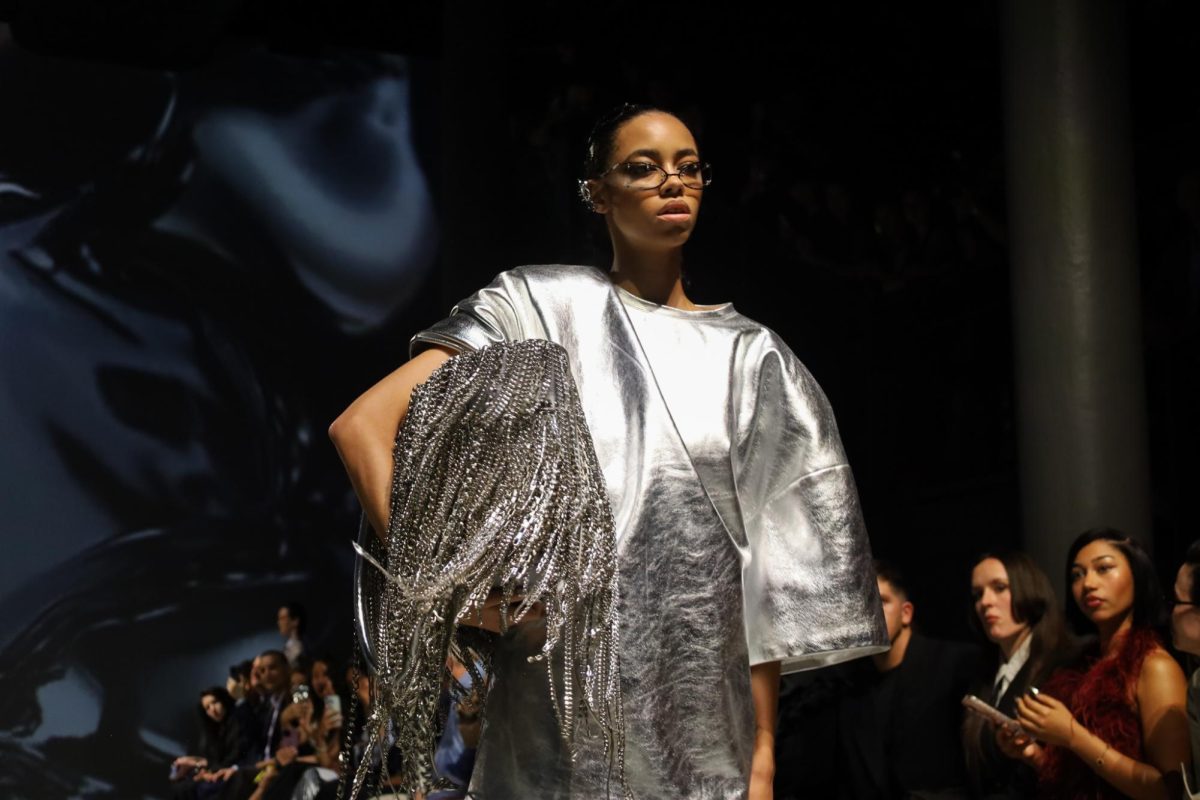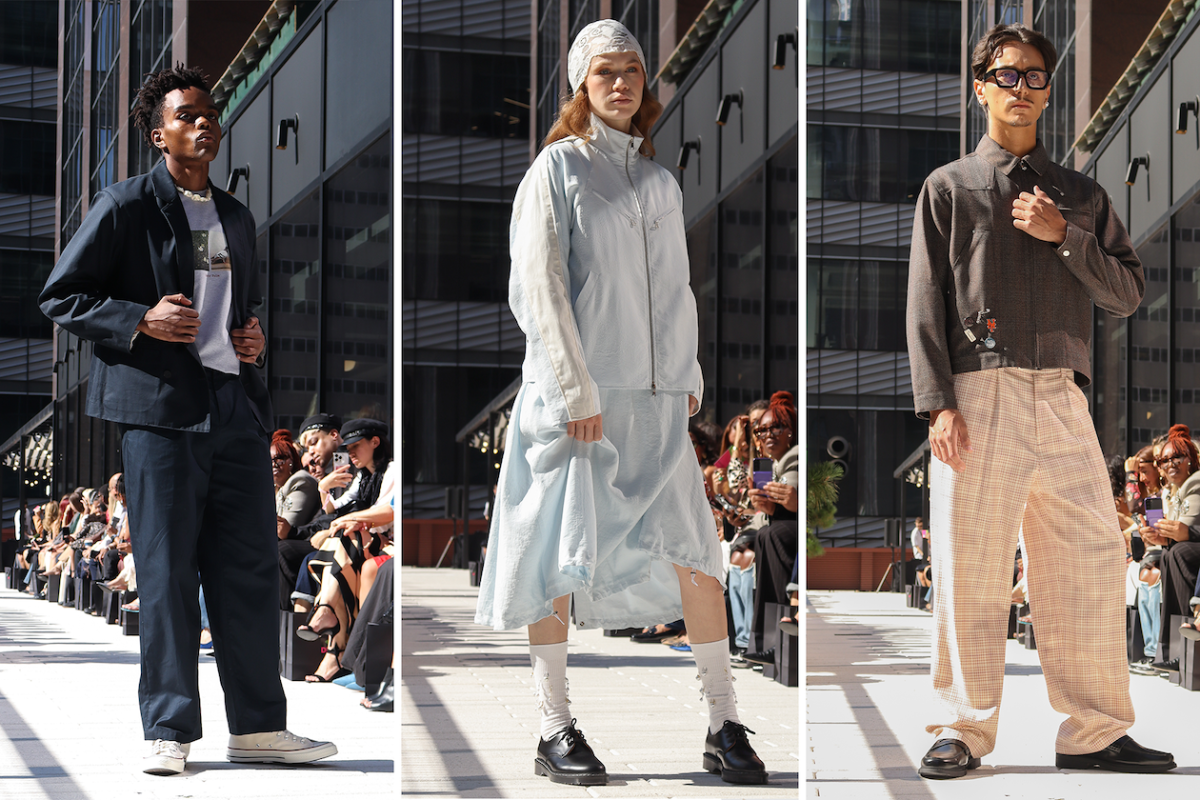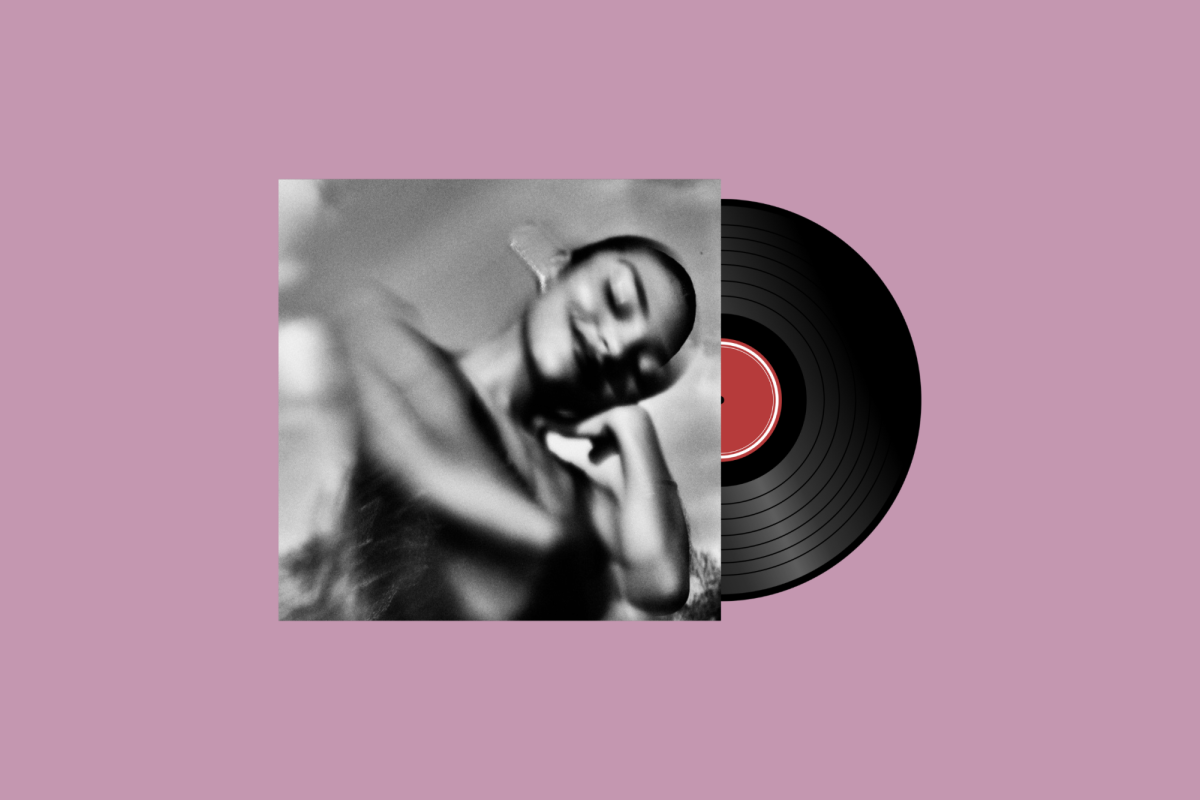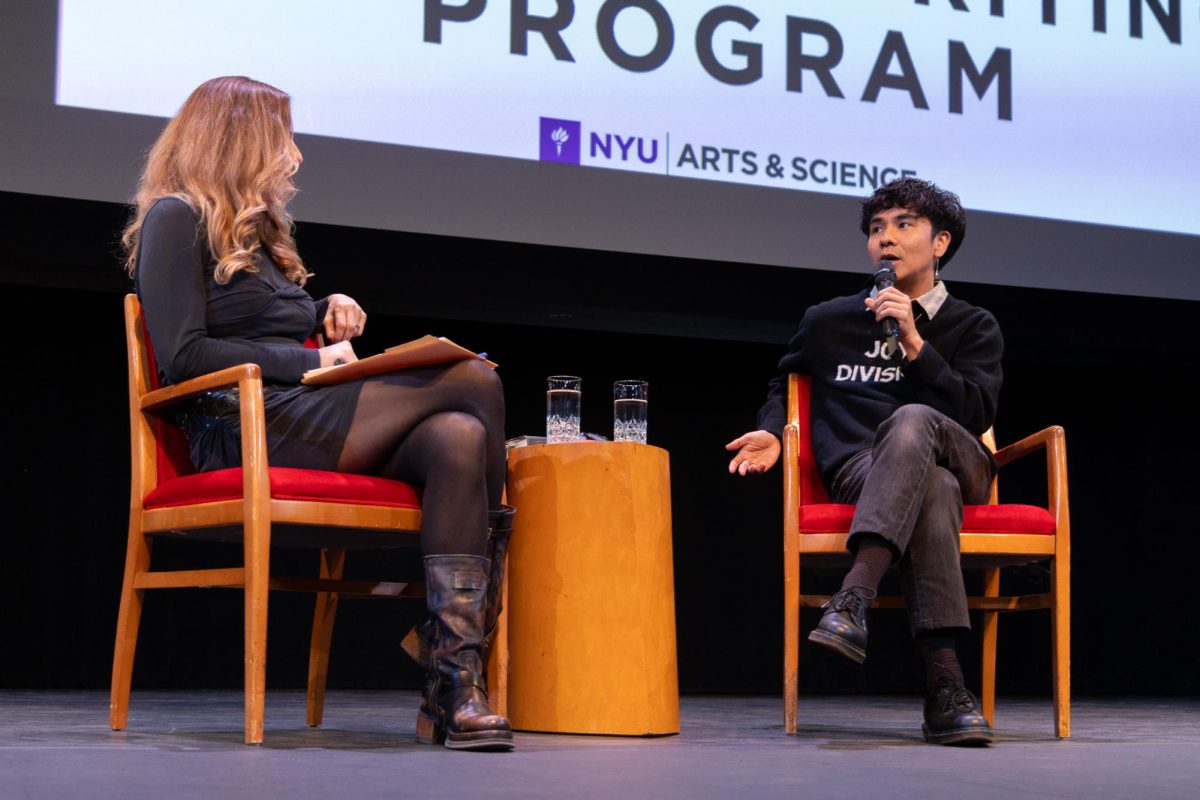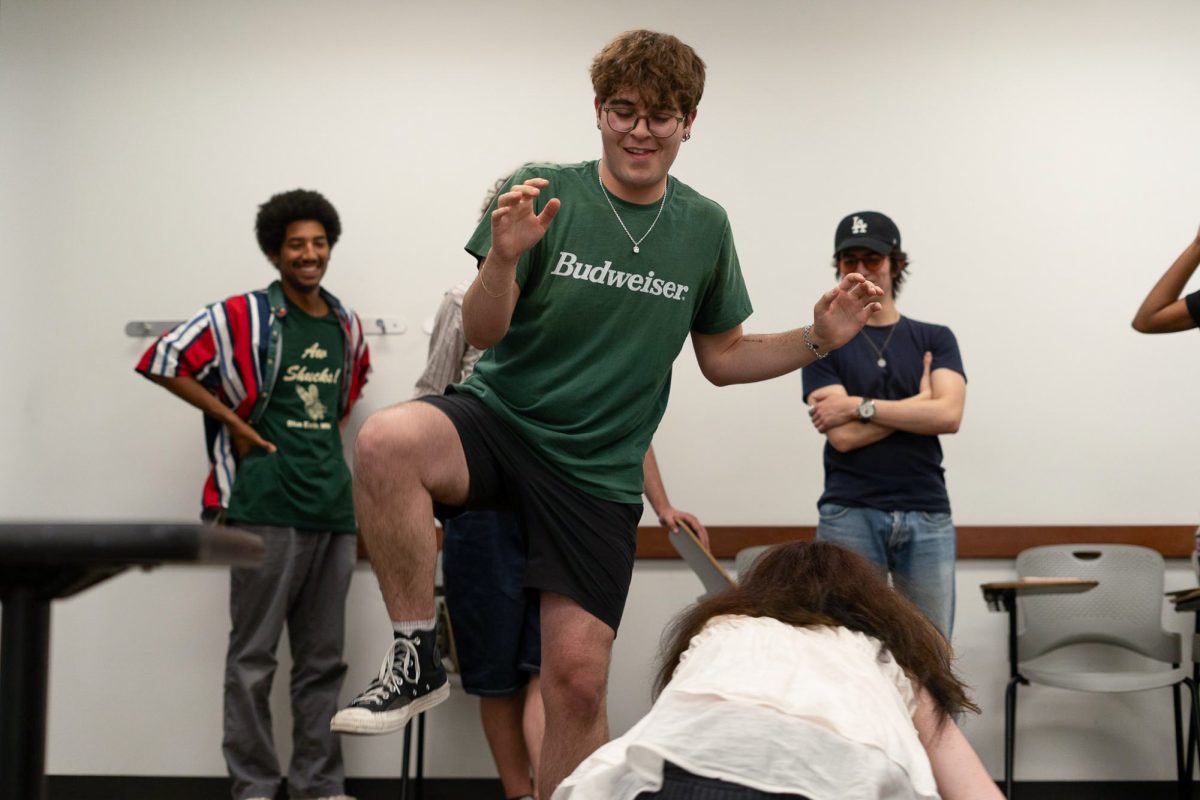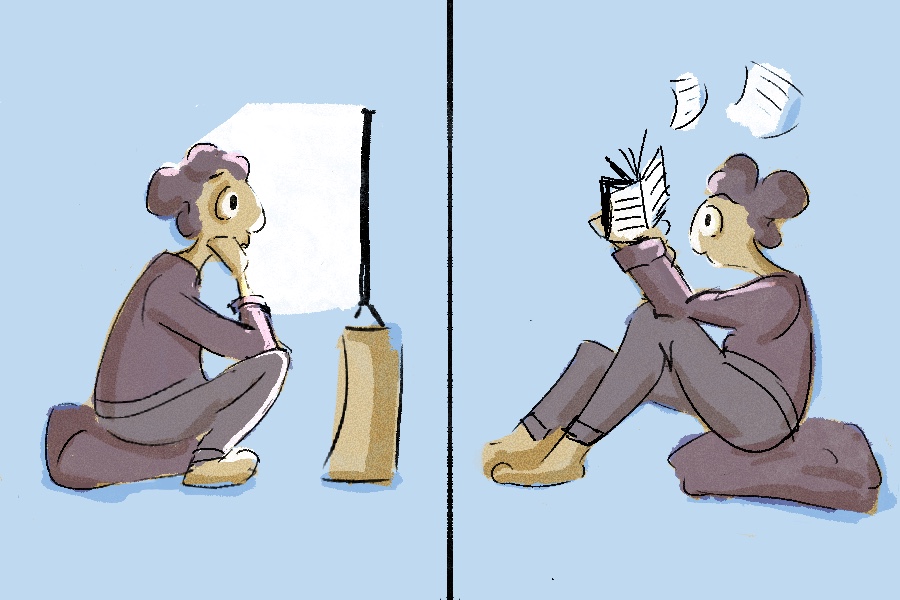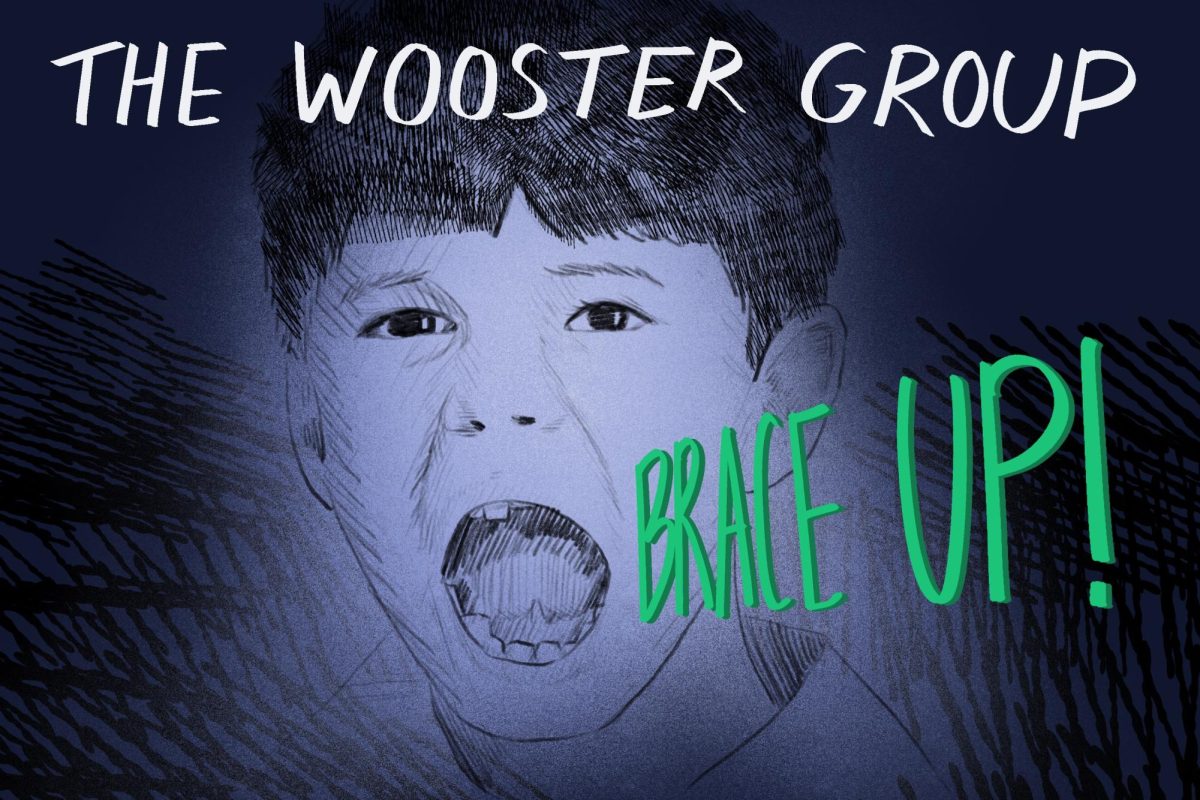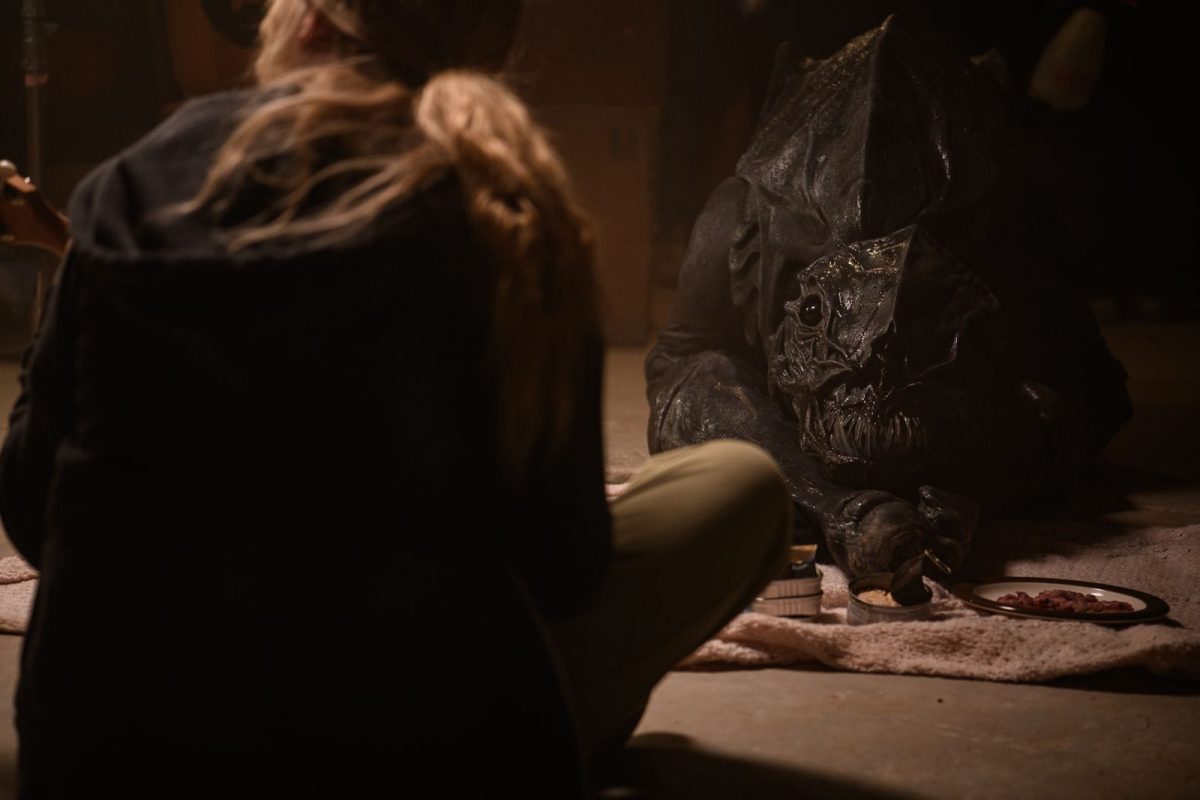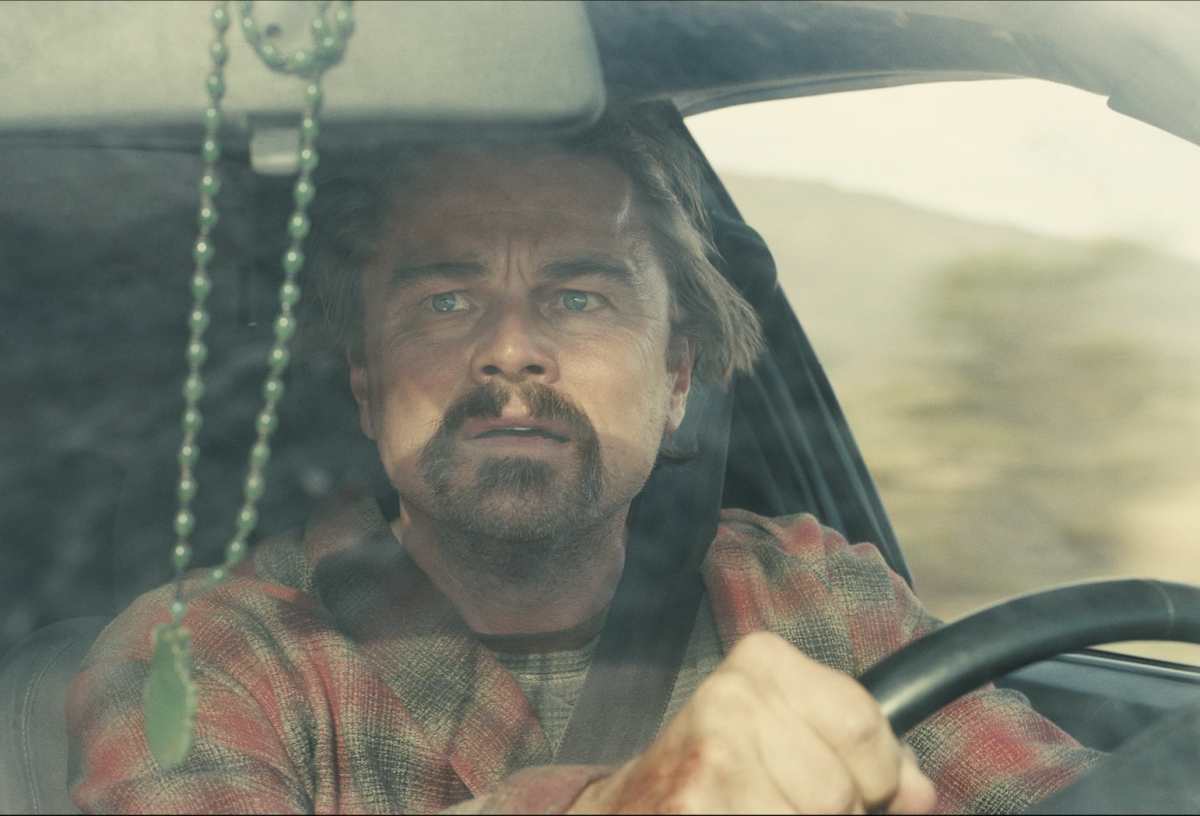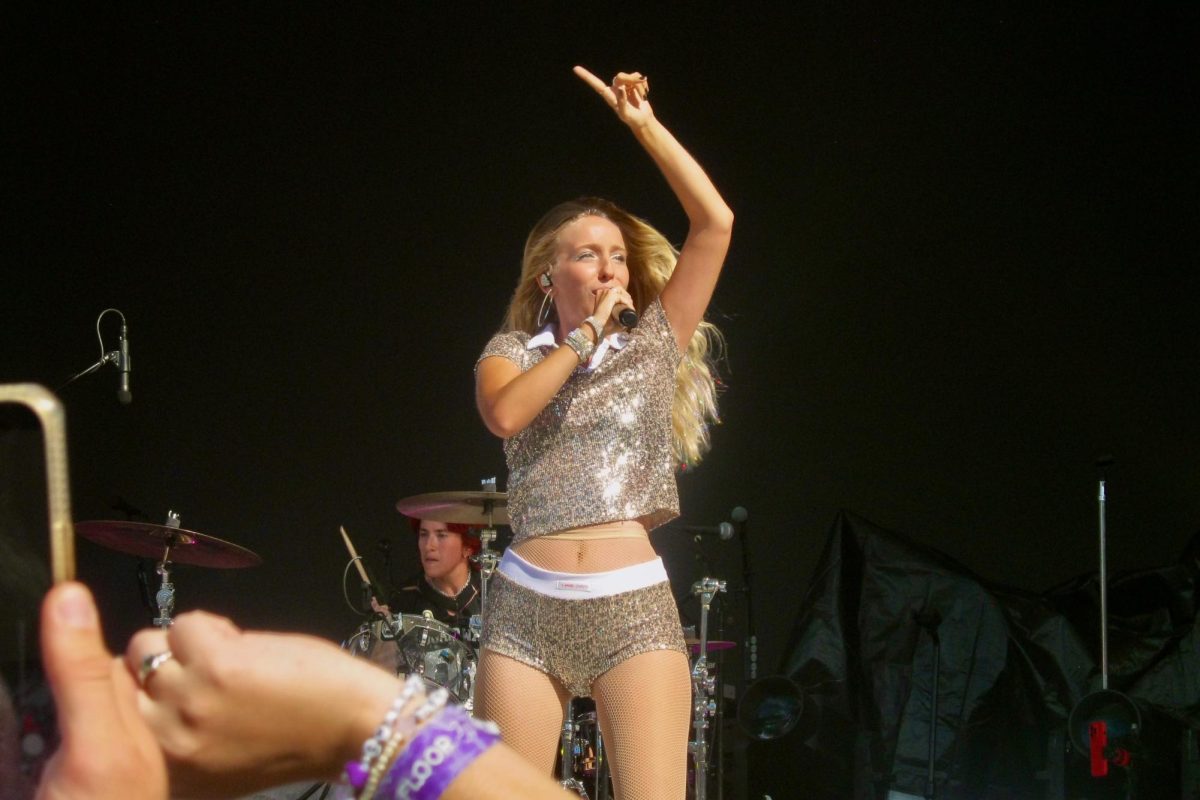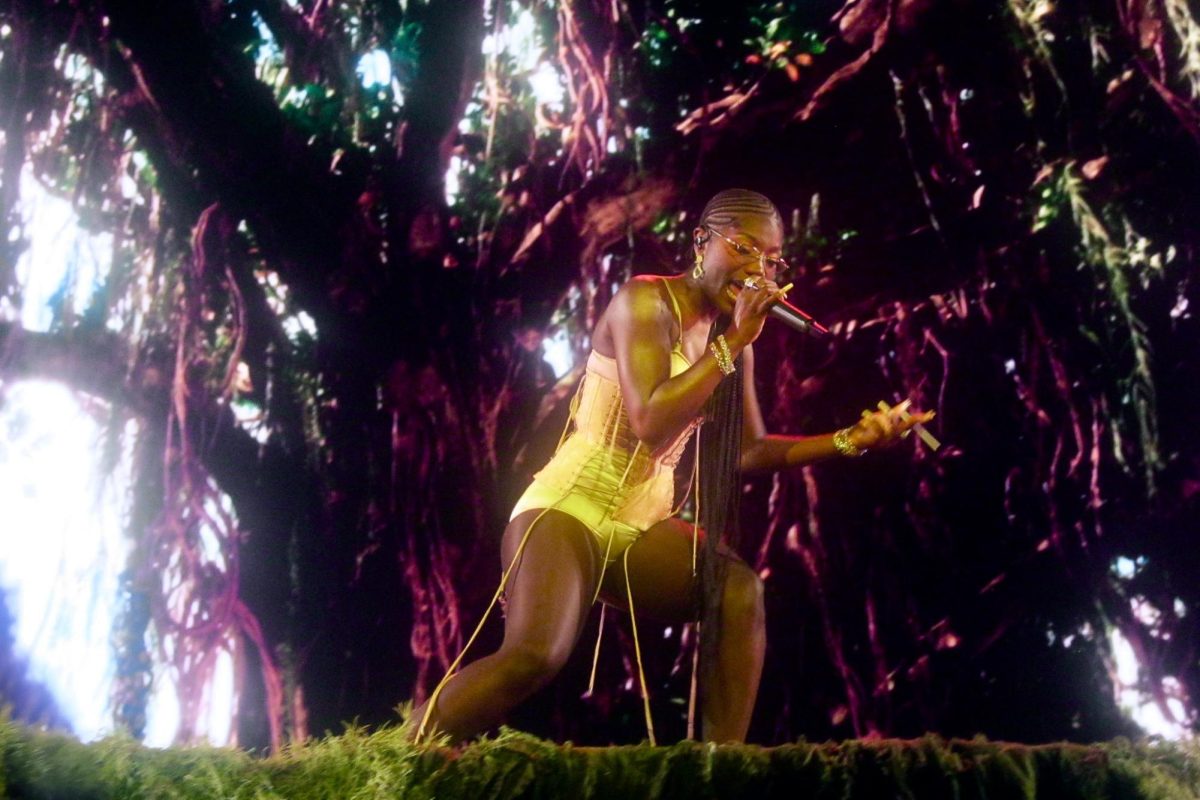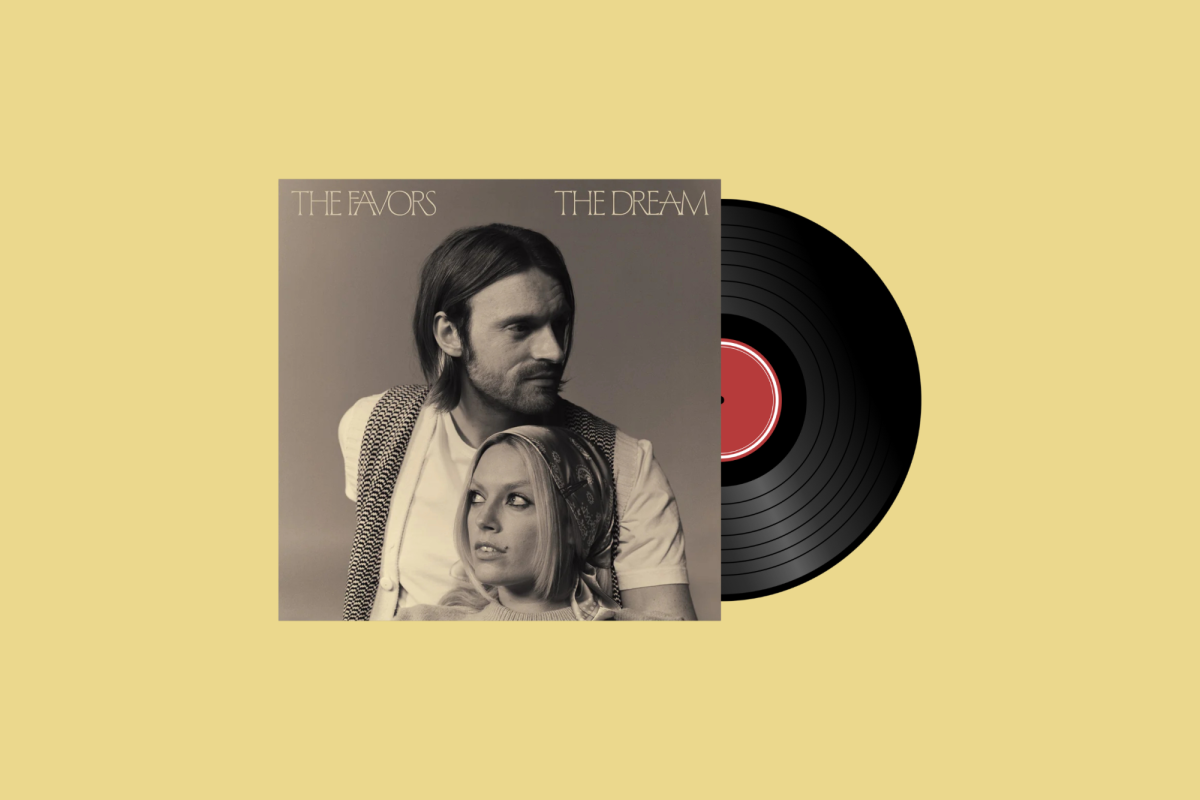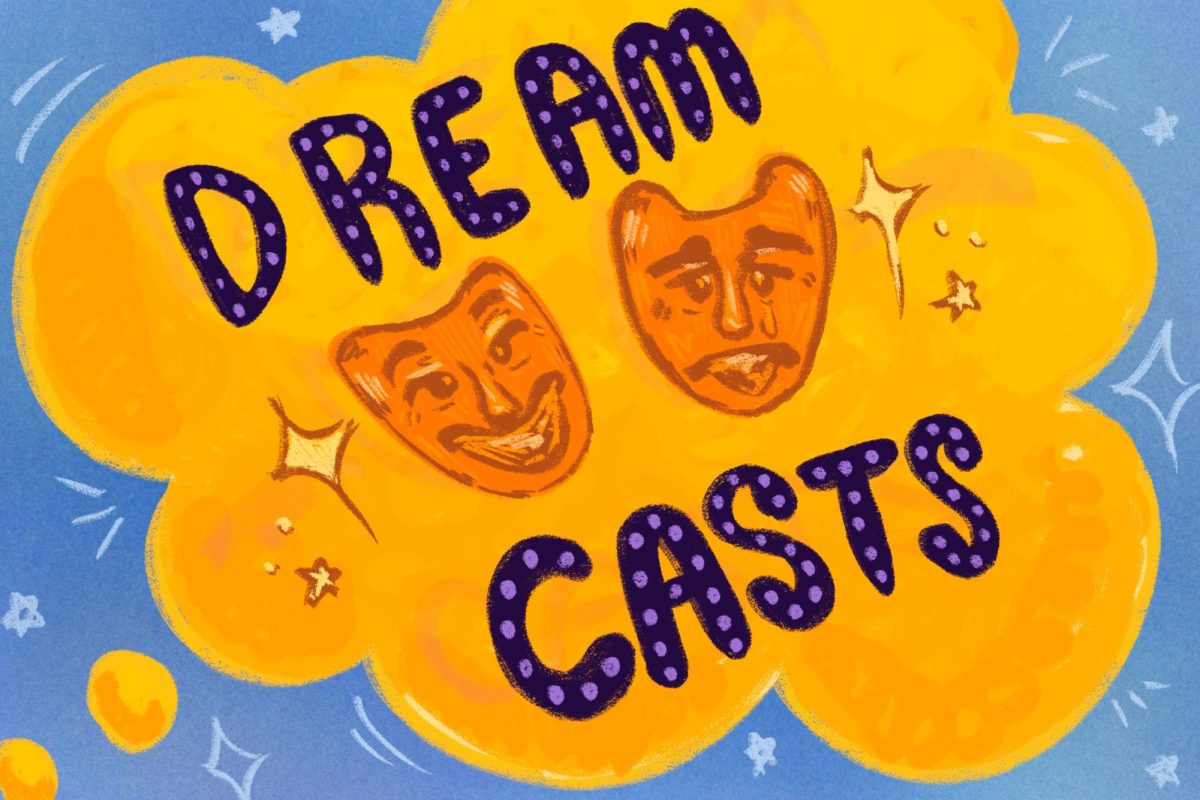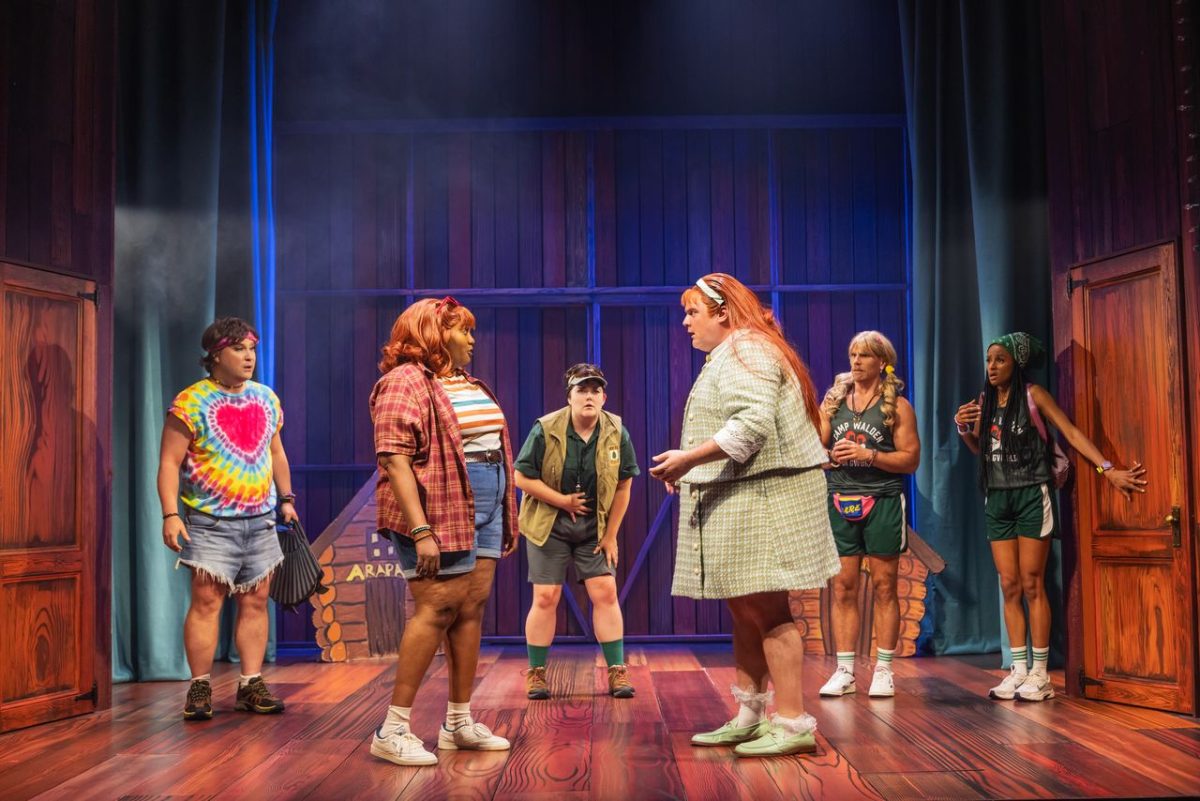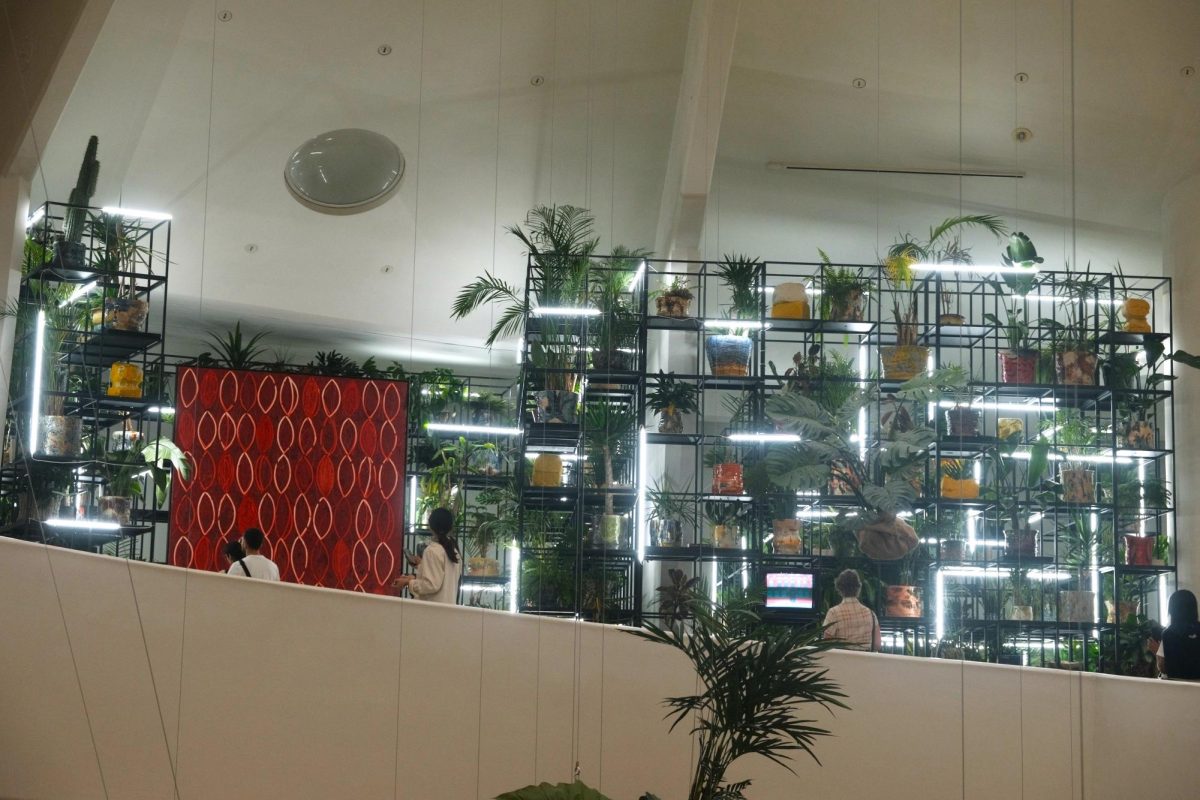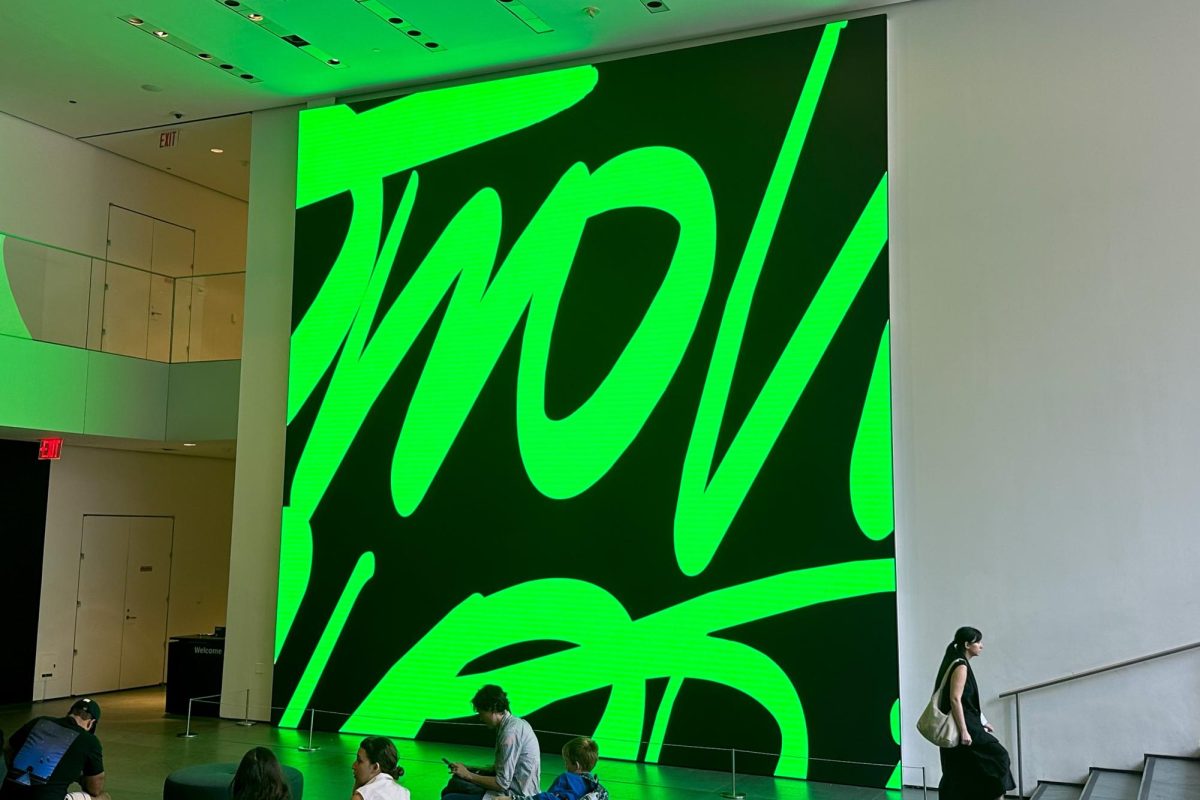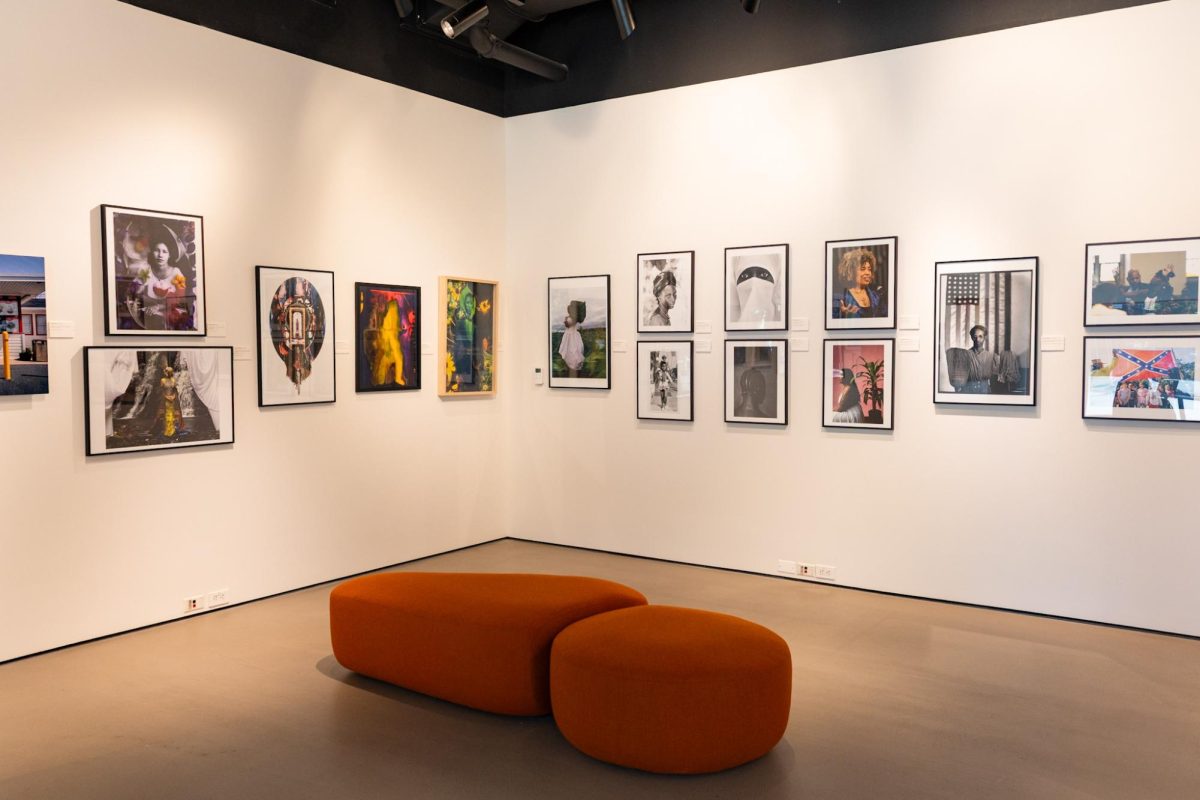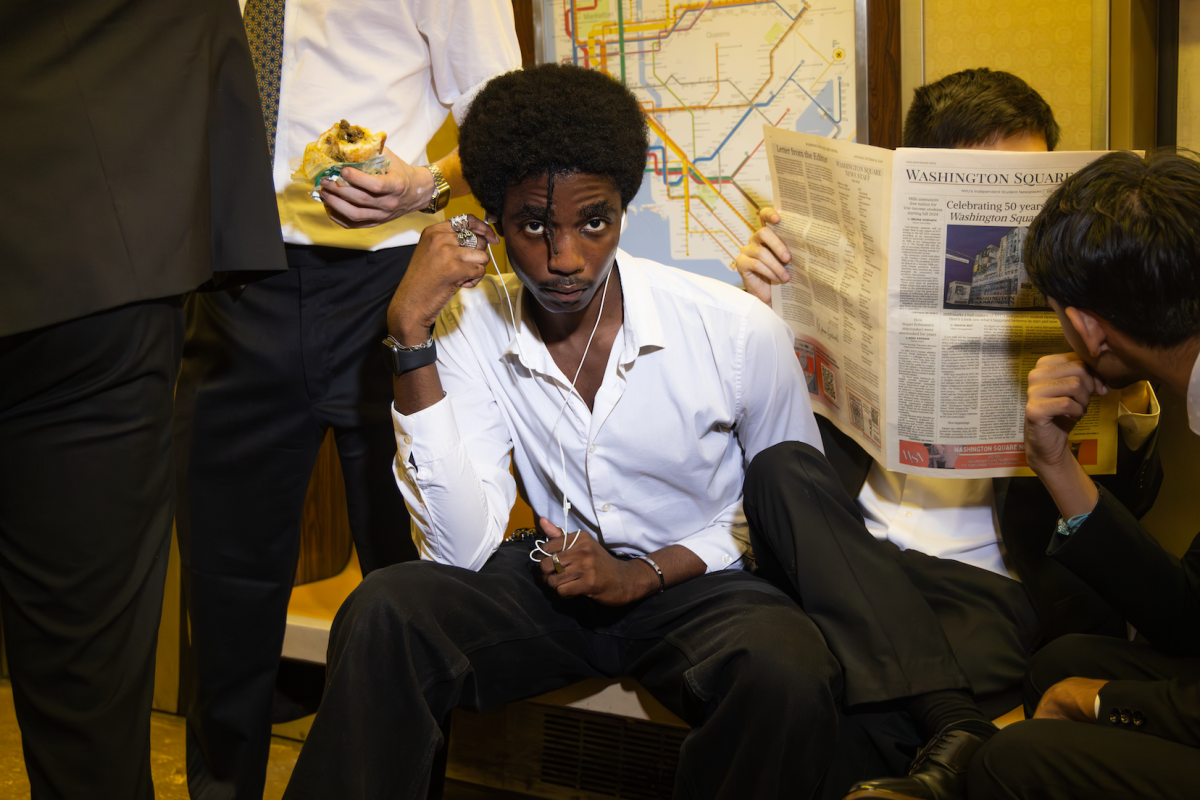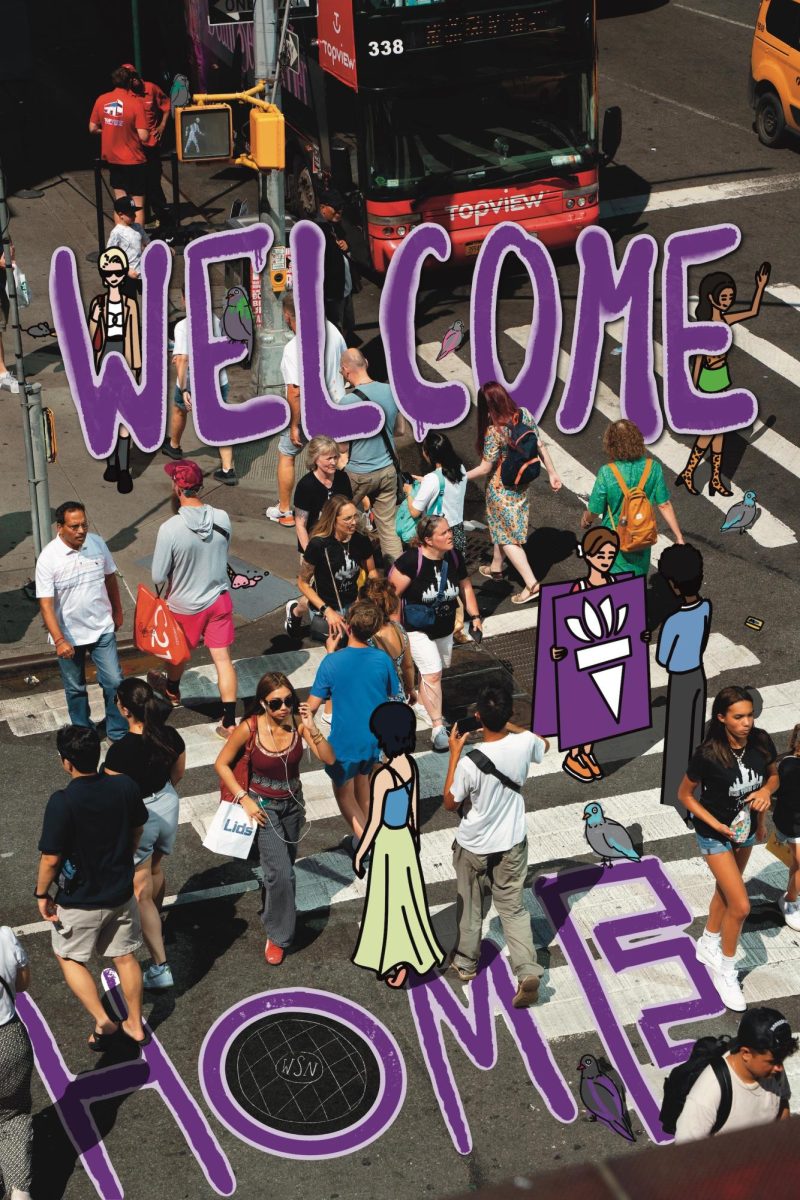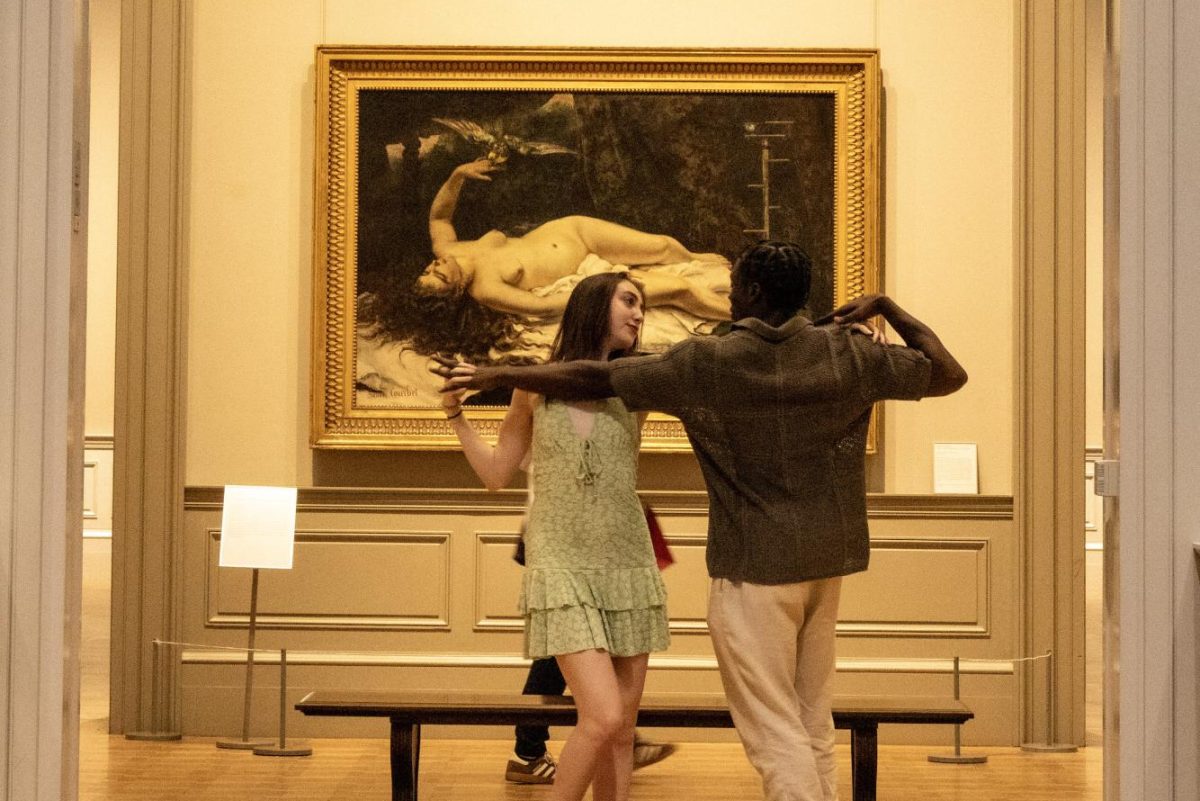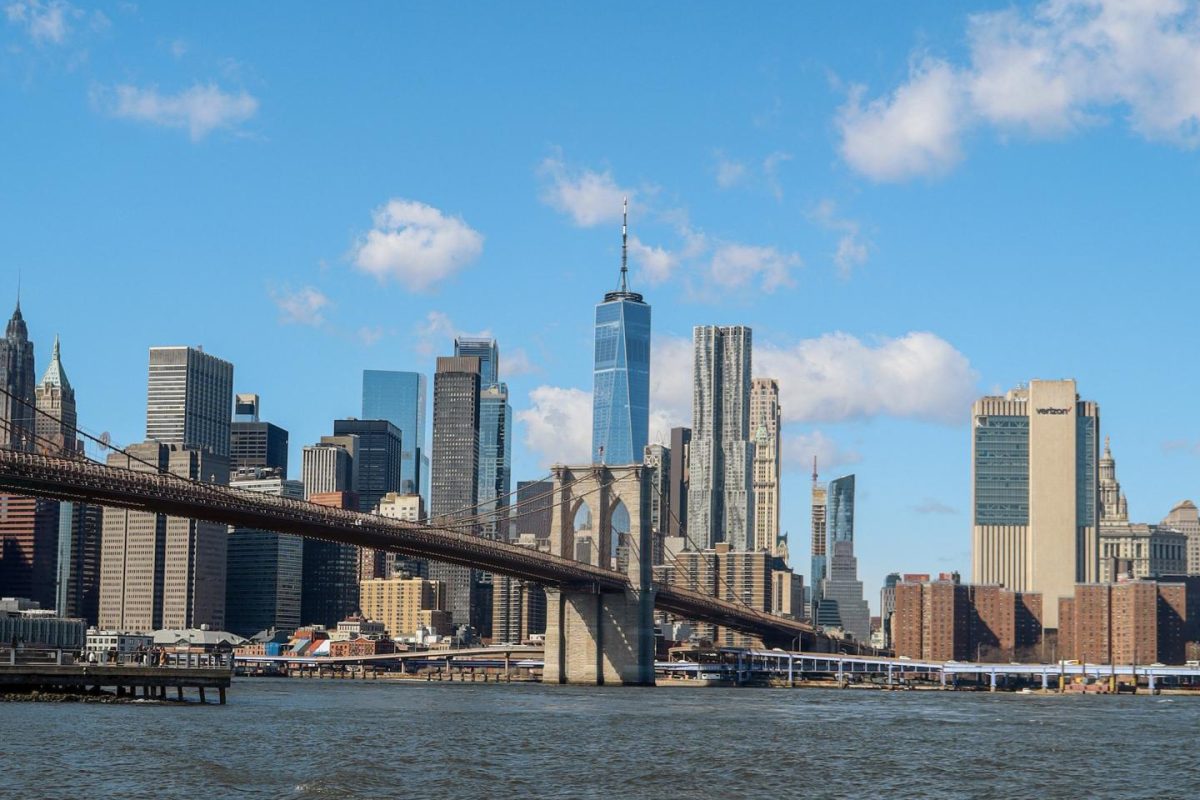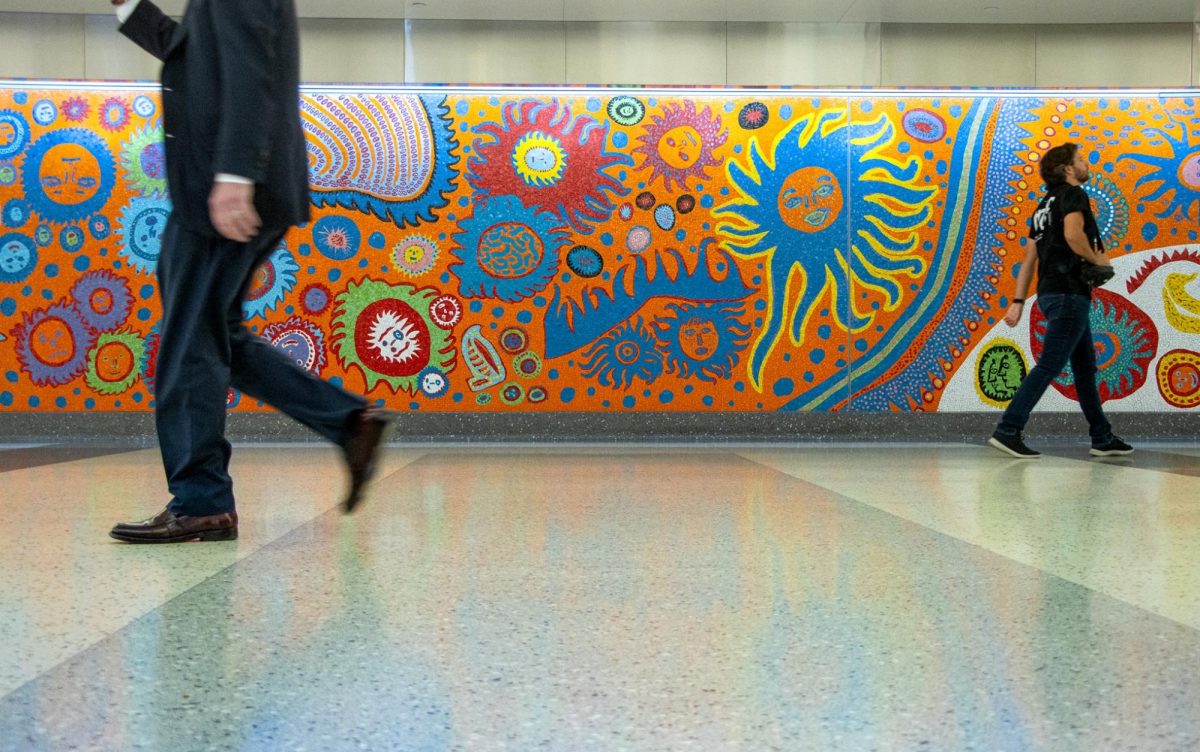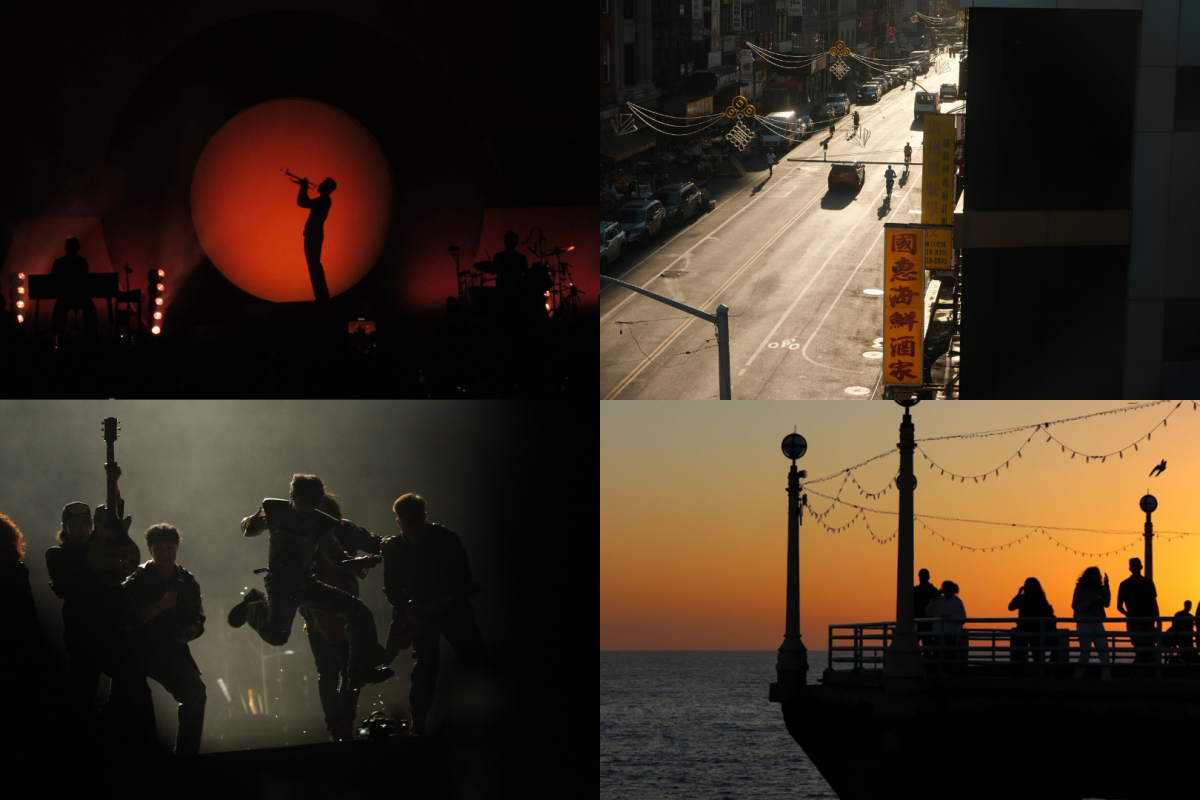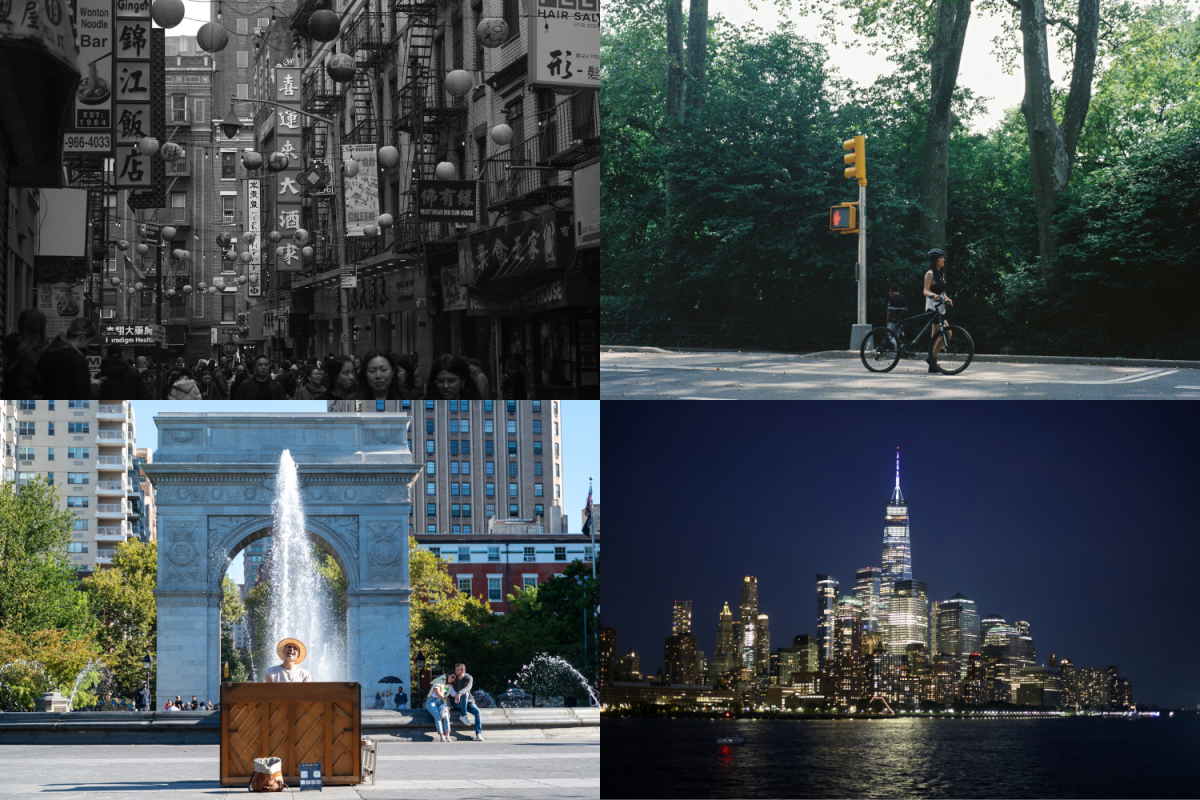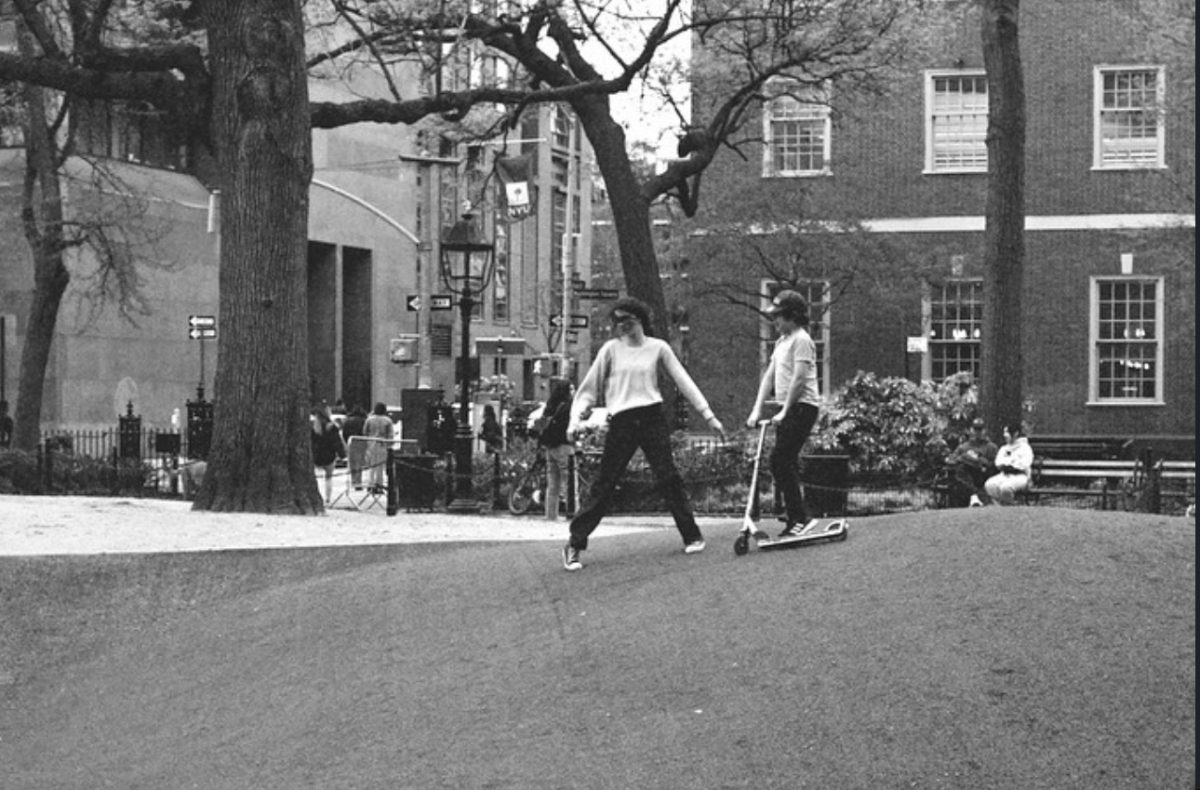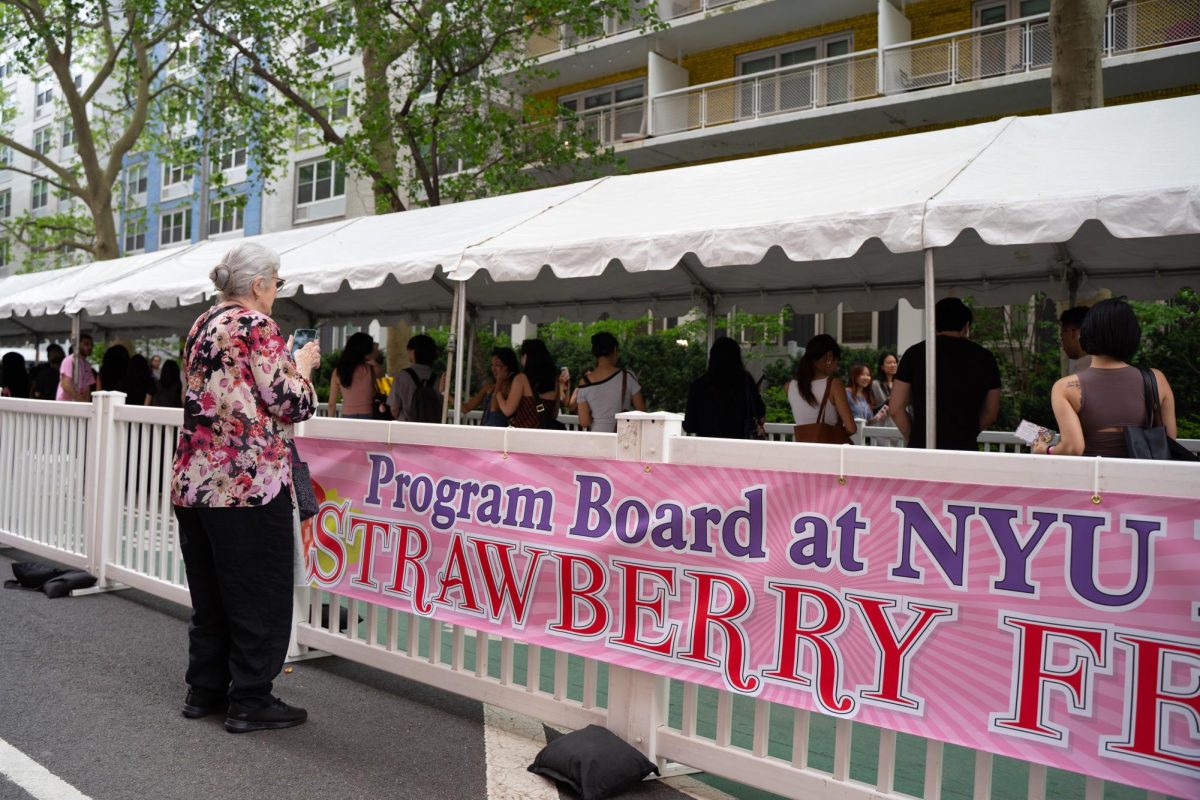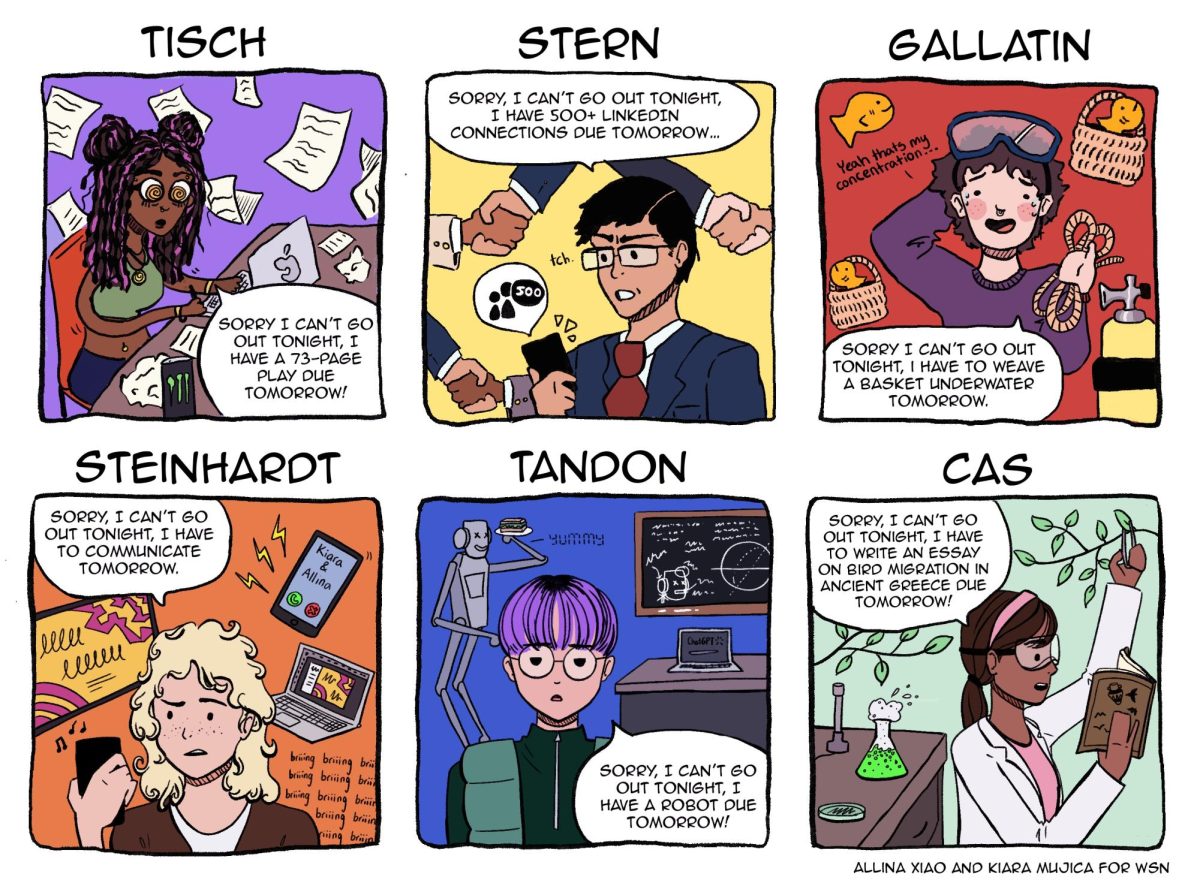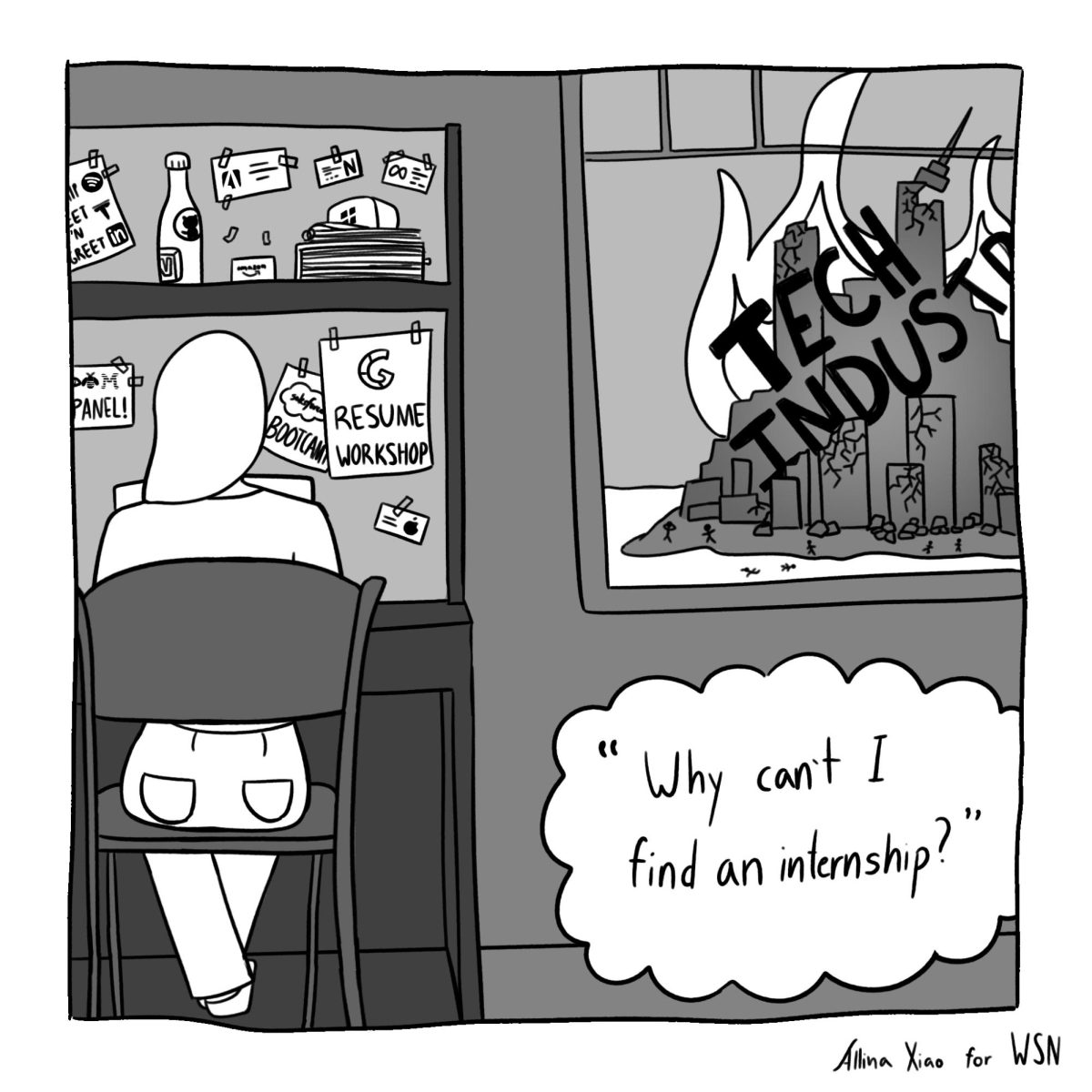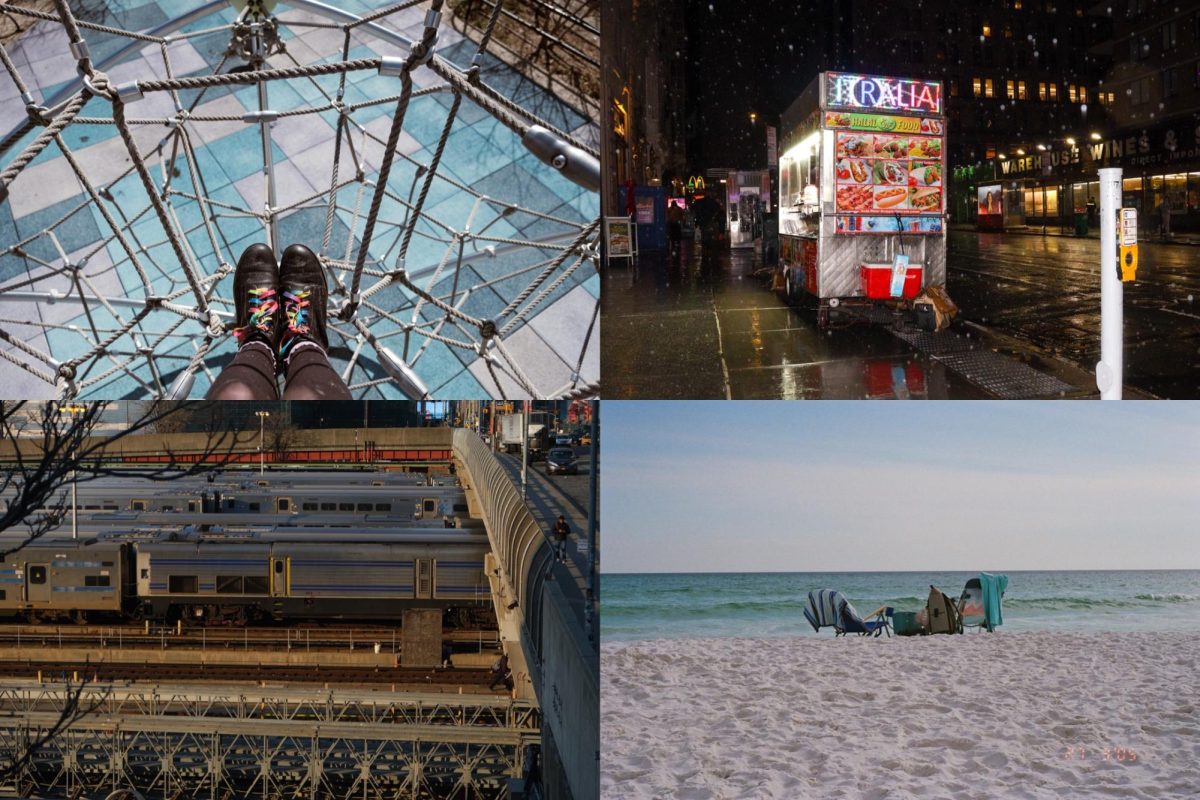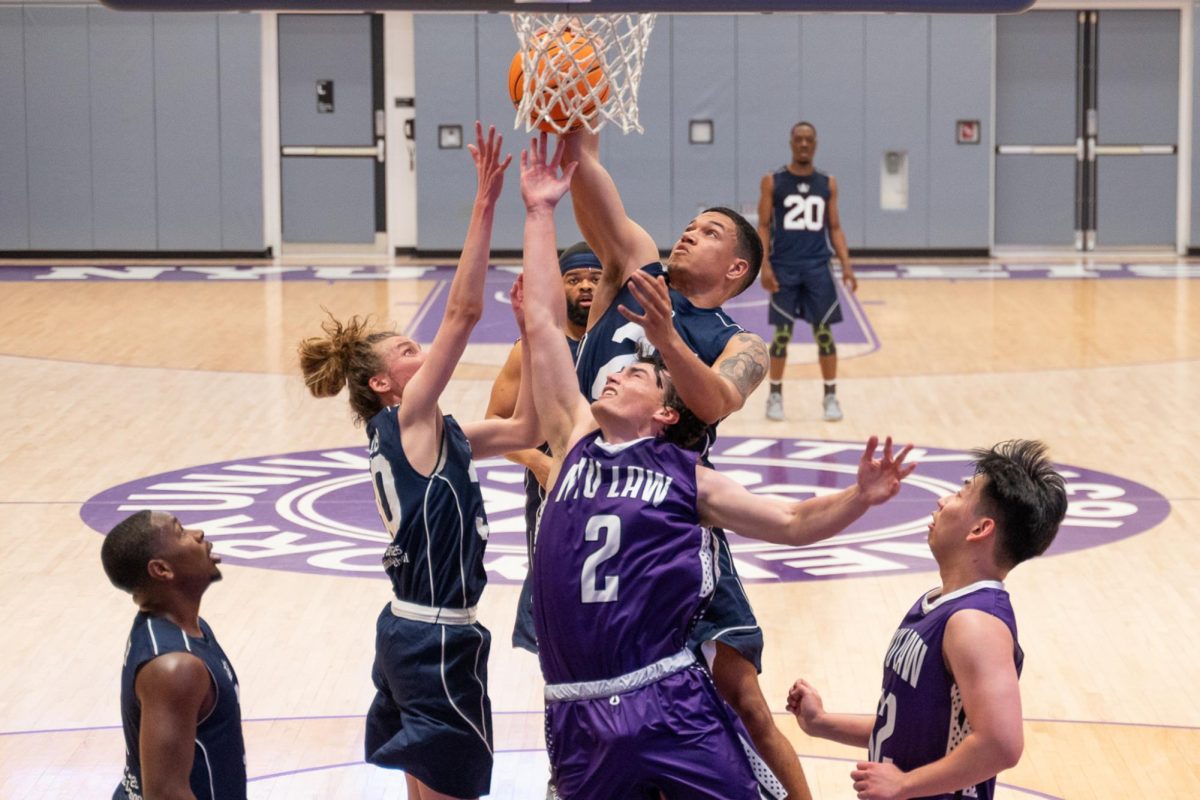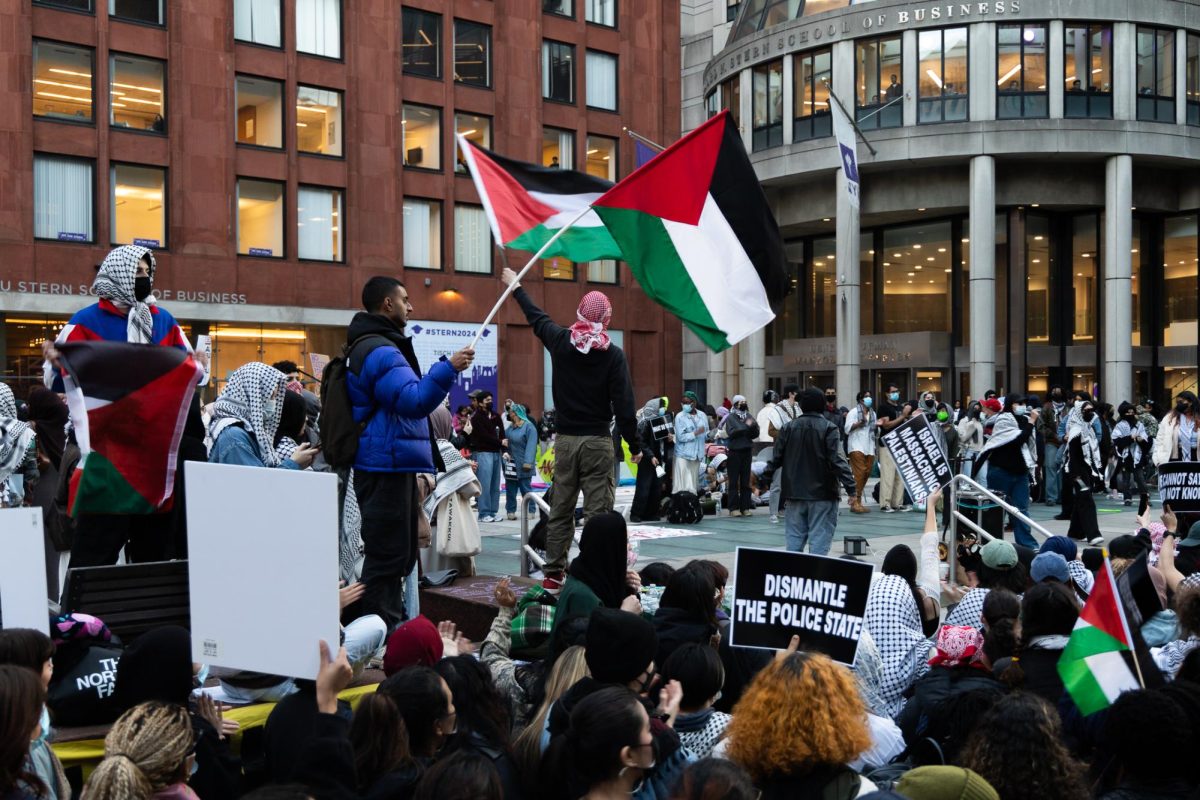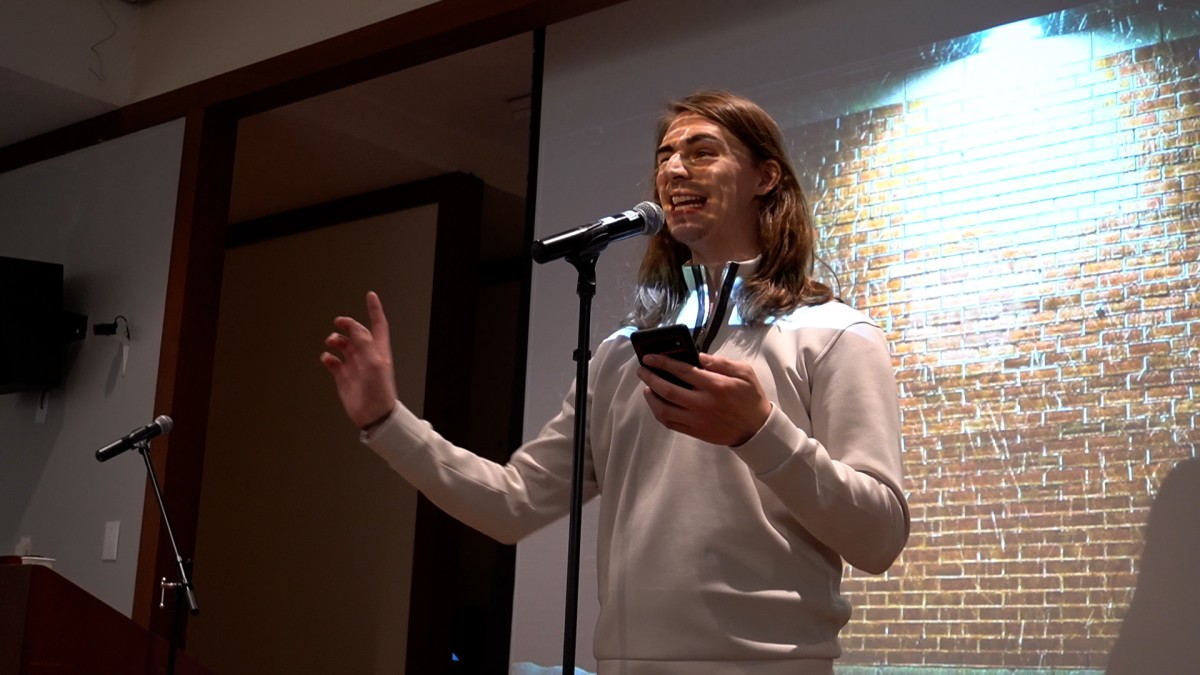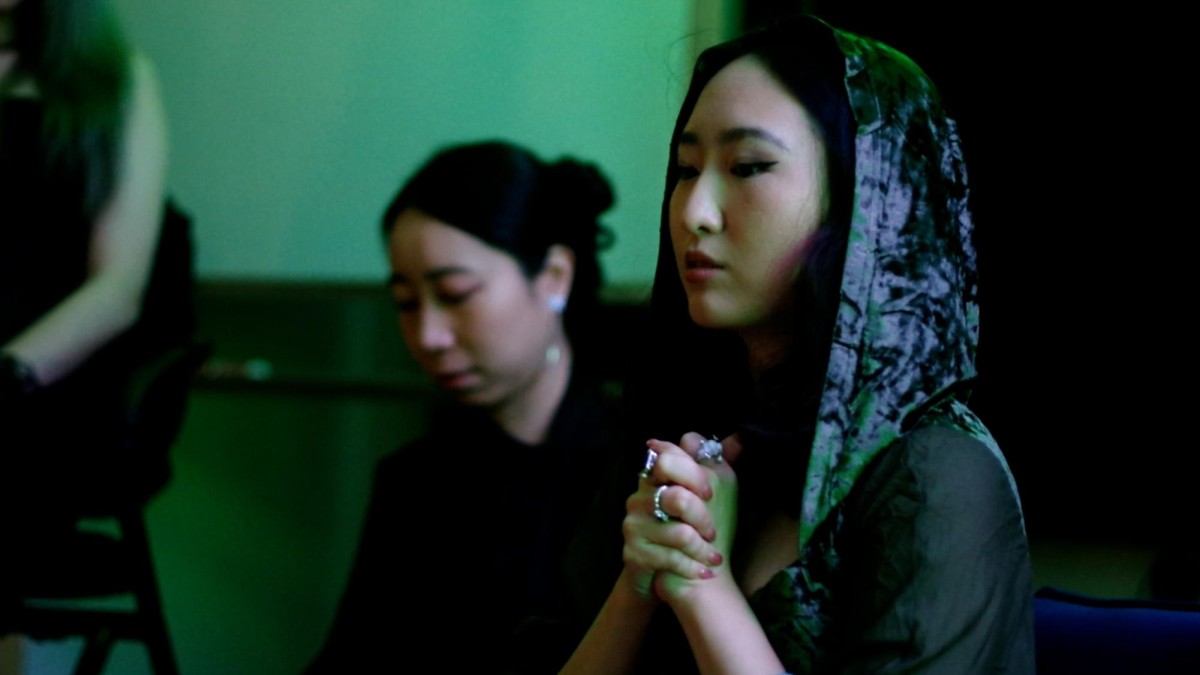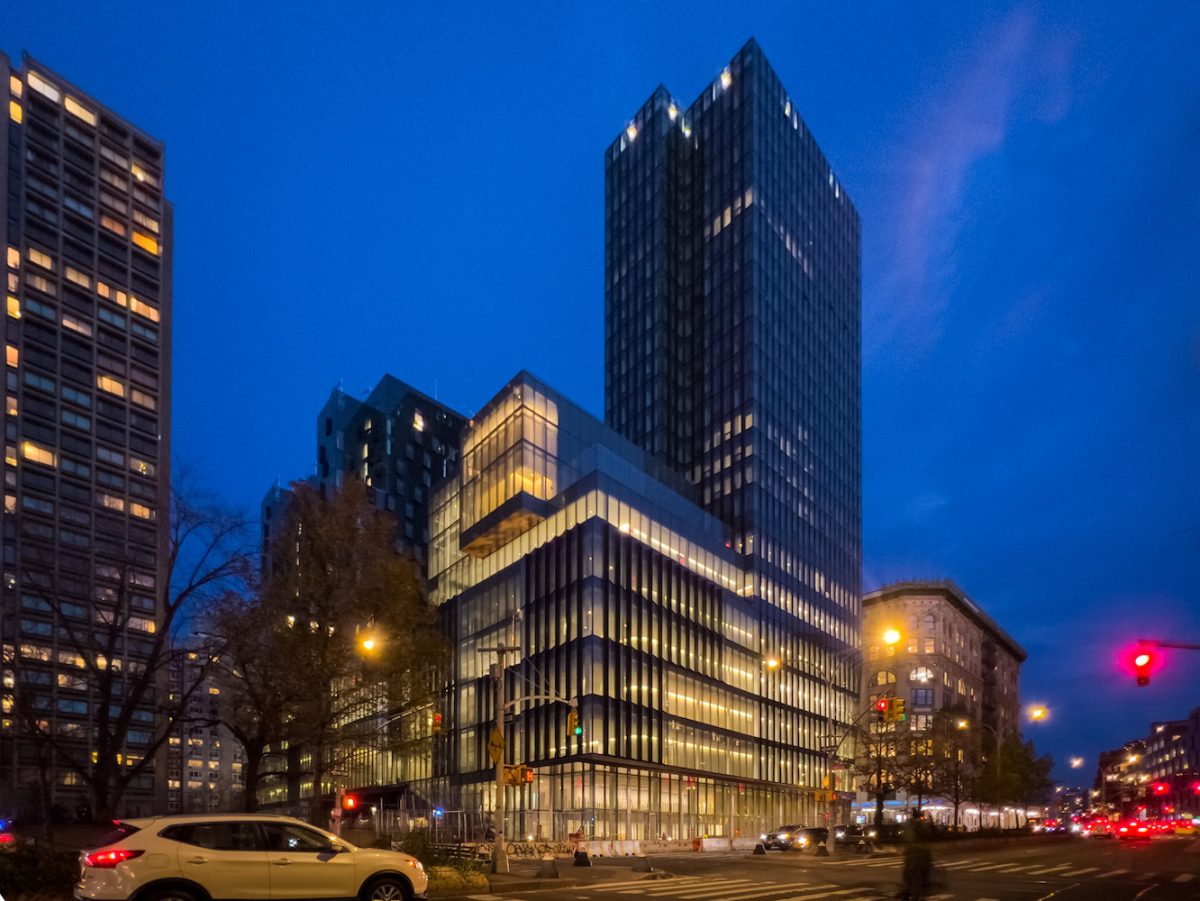With a lengthy list of wealthy alumni and real estate in the city’s most historic districts, NYU has no shortage of subjects for its building’s namesakes. But despite their extensive history — or massive donations — the people and stories honored by the university’s property often go overlooked by its campus community.
Paulson Center
Stern alum John Paulson, a billionaire hedge fund manager, donated $100 million to NYU for the building’s construction ahead of its opening in January 2023.
The former university trustee has held close ties to President-elect Donald Trump since his first term in office. Paulson was deemed a top contender to serve as treasury secretary for the upcoming Trump administration, however, he removed himself as a nominee for the position days after the presidential election. Paulson said that he planned to “remain actively involved with the President’s economic team,” despite having “complex financial obligations” that barred him from filling the position.
During Trump’s first presidential term, Paulson served as a member of his economic policy team under Stephen Miller, the former senior advisor to the president and current nominee for deputy chief of staff for policy. In April, Paulson also raised over $50.5 million for Trump’s presidential campaign at a fundraising dinner hosted at his Palm Beach mansion.
Paulson rose to Wall Street fame after he made $4 billion betting against mortgage-backed securities through his hedge fund, Paulson and Co., just ahead of the 2007 housing market collapse. Harvard University also renamed its school of engineering after Paulson donated $400 million to the university in 2015.
Located at the corner of Mercer Street and Bleeker Street, the Paulson Center cost NYU $1.2 billion in total to construct over seven years. In its original architectural plans, it was set to be named the “Zipper Building” for its towers’ staggering pattern.
Bobst Library
The Elmer Holmes Bobst Library is named after the pharmaceutical businessman and philanthropist who donated $11.5 million to the university in 1972.
Bobst was a close friend and adviser to former President Richard Nixon, guiding his approach and policy related to U.S. health issues, and served as the chairman of the New Jersey Republican Finance Committee. He also sponsored research on drug products, pursued philanthropy in cancer and education organizations, and sat on various pharmaceutical and chemical committees during World War II.
Bobst’s history of antisemitic comments, as well as sexual assault allegations from his granddaughter and great-granddaughter, have incited calls for the NYU to rename the library. Though the efforts have arisen sporadically over the years — including a 2017-2018 student government resolution, petitions and op-eds — none have yielded a successful name change.
Jasper Kane Cafe
Jasper Kane Cafe, a dining hall at NYU’s Tandon School of Engineering campus in Brooklyn, honors a biochemist who spearheaded the mass production of penicillin, saving thousands of soldiers during World War II.
Kane graduated from Polytechnic University — which merged with Tandon in 2014 — in 1928 and worked at Pfizer, which primarily produced citric acid for the food and drink industry at the time. Responding to appeals from the U.S. and British governments amid the war, the company aimed to discover how to produce penicillin in bulk to treat wounded Allied soldiers. Kane worked alongside Polytechnic alum John McKeen to experiment with the deep-tank fermentation process, despite pushback from Pfizer management, to successfully mass produce the antibiotic.
The breakthrough made Pfizer the world’s largest producer of penicillin during World War II and helped it become an international pharmaceutical company, now best known for developing the first vaccine during the COVID-19 pandemic.
Palladium residence hall
Prior to NYU’s purchase of the building as a residence hall, Palladium was a concert venue, recording studio and one of the city’s most prominent nightclubs.
Originally known as The Academy of Music, the spot served as a cinema for nearly 50 years before its acclamation among rock artists transformed it into a concert venue in the early 1970s. By 1976, it was officially dubbed the Palladium and established as one of the city’s most popular spots for live recordings.
In 1985, Steve Rubell and Ian Schrager reinvented the space as a vibrant nightclub known for house music and a modernized take on New York’s other downtown discotheques. Cultivating a historic comeback after briefly serving time in prison for tax evasion, the two were already known for their founding of Studio 54 — often regarded as the most infamous hub for nightlife in New York’s history.
Rubell and Schrager decorated the vicinity with bright, geometric art and flashy lighting schemes. It was notorious for some of the most technologically progressive visuals of its era, including a backdrop that rose to accommodate the dance floor’s crowd and screens projecting mosaics that warped the area’s shape. Featuring art from Keith Haring, Francesco Clemente and other major artists, it became a marquee venue for the city’s socialites and regularly saw celebrities such as Liza Minnelli, Andy Warhol and Grace Jones.
In 1997, NYU bought the building for $80 million. The university opened it as a residence hall the next year, having demolished and rebuilt everything but its namesake.
Contact Sydney Chan at [email protected].

